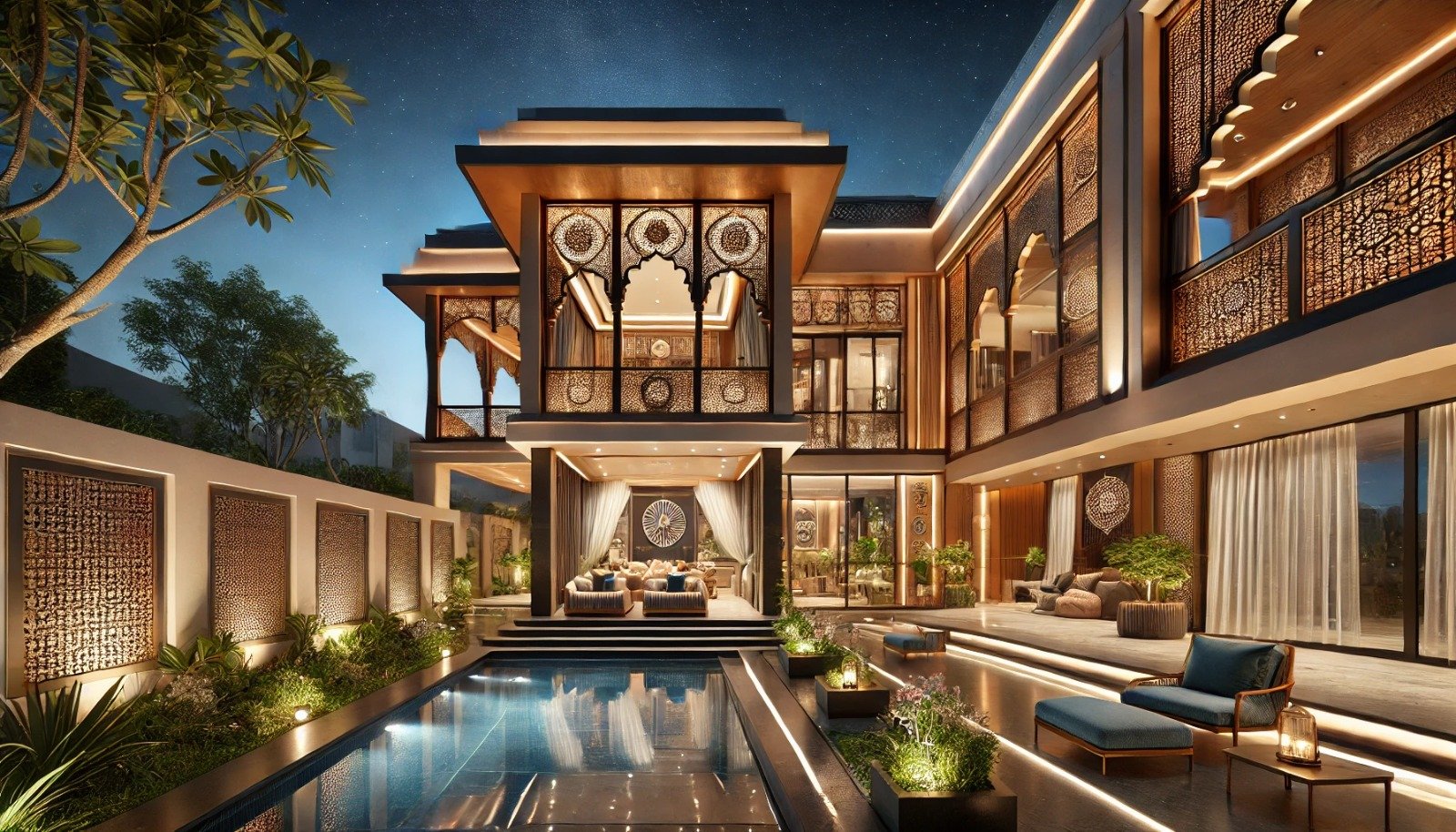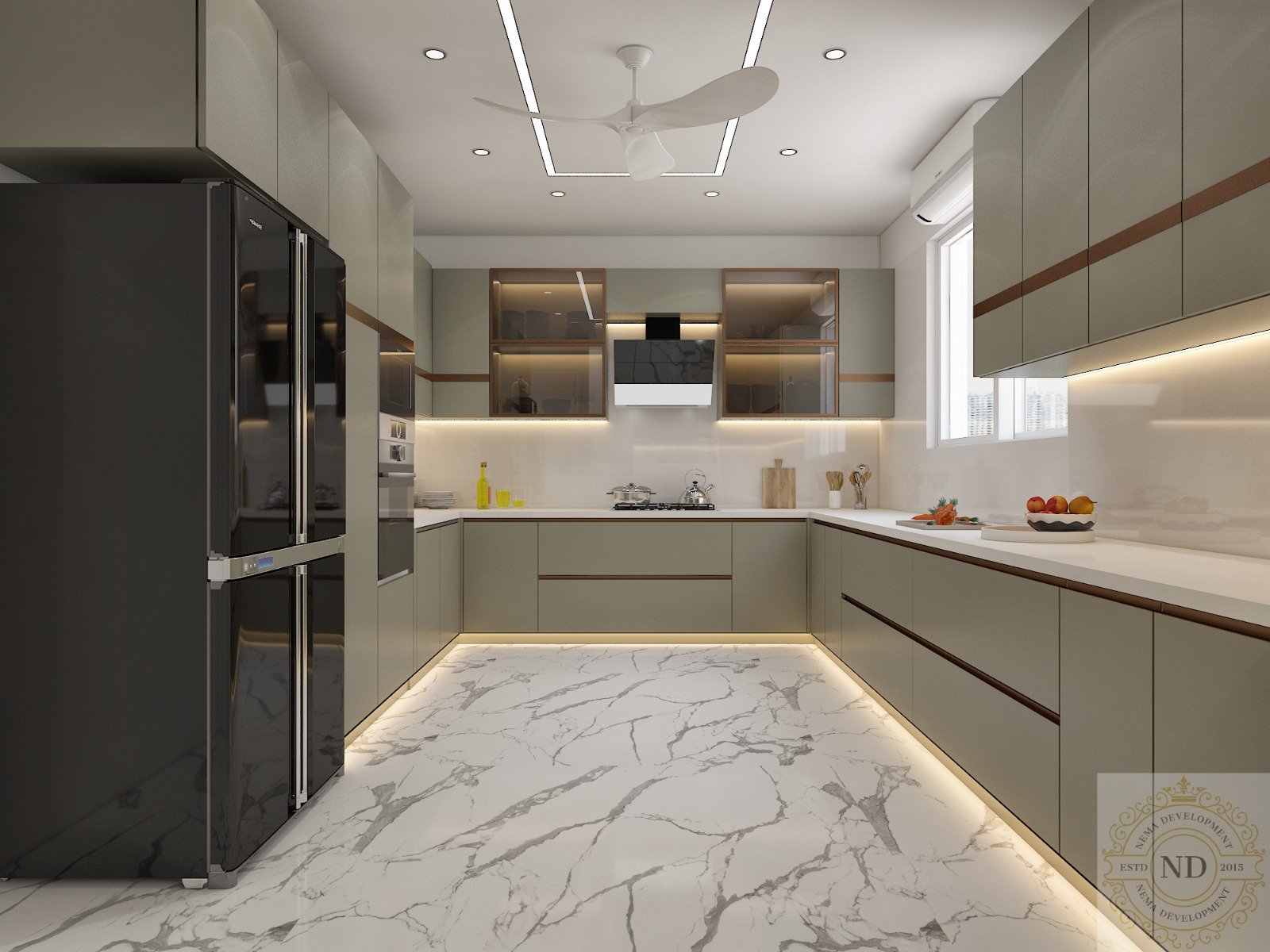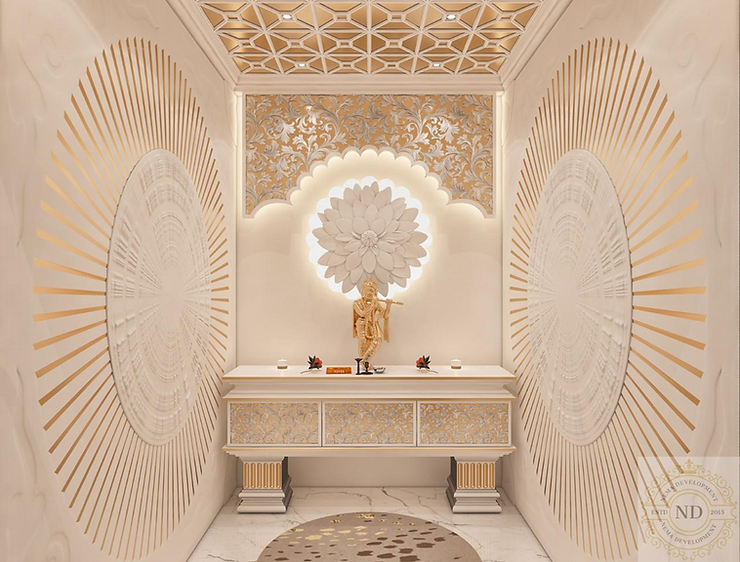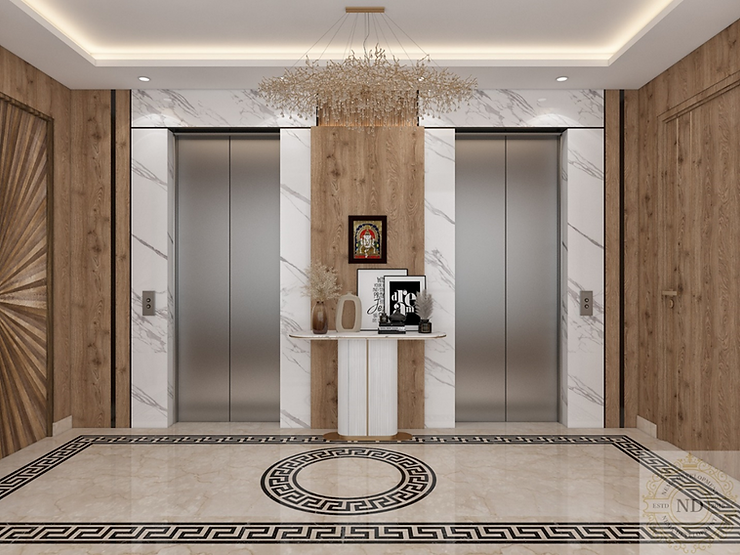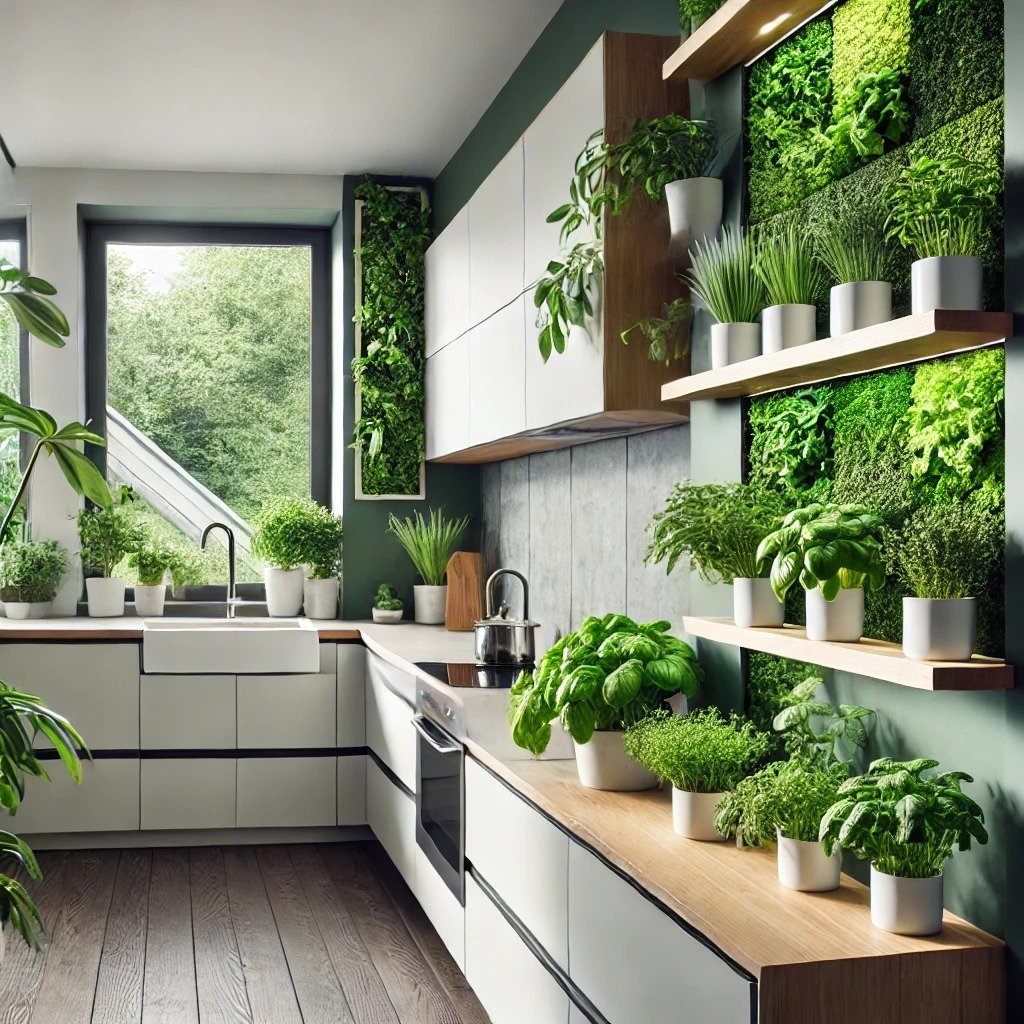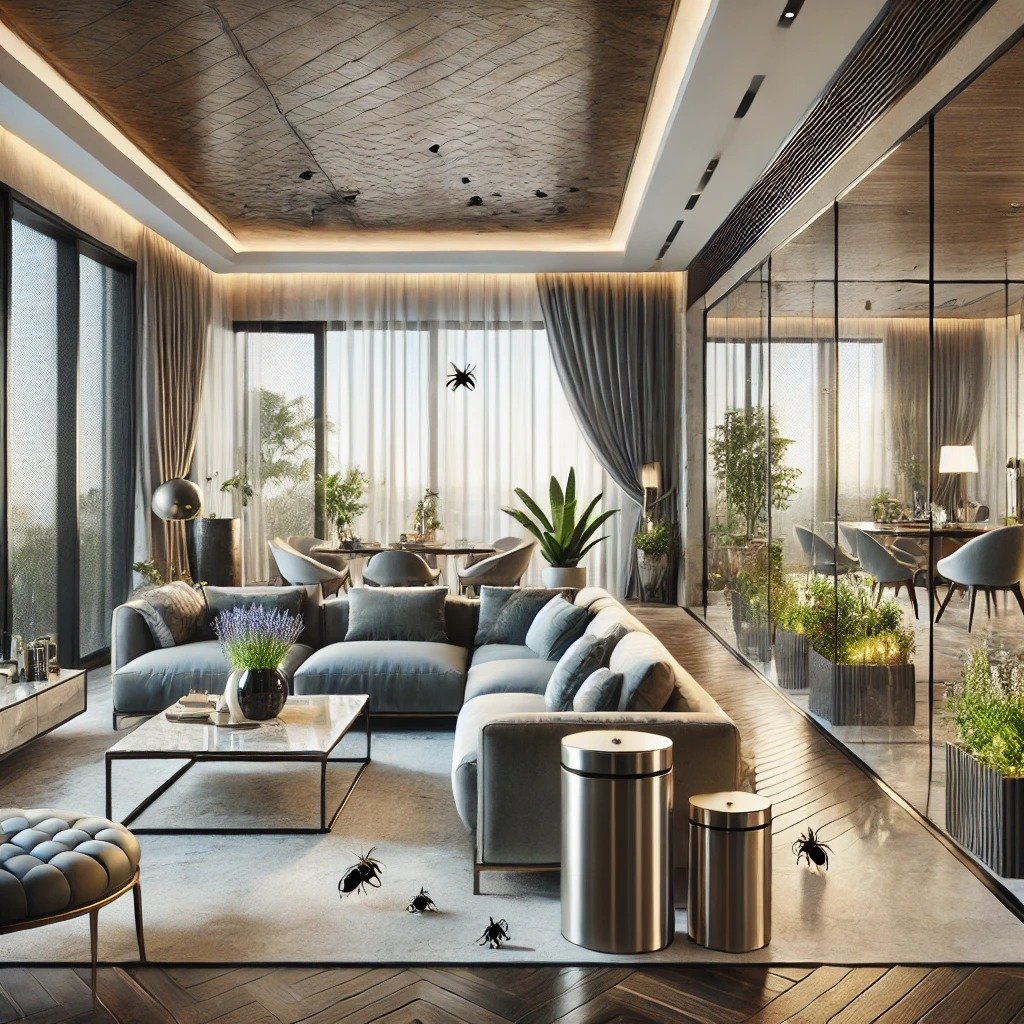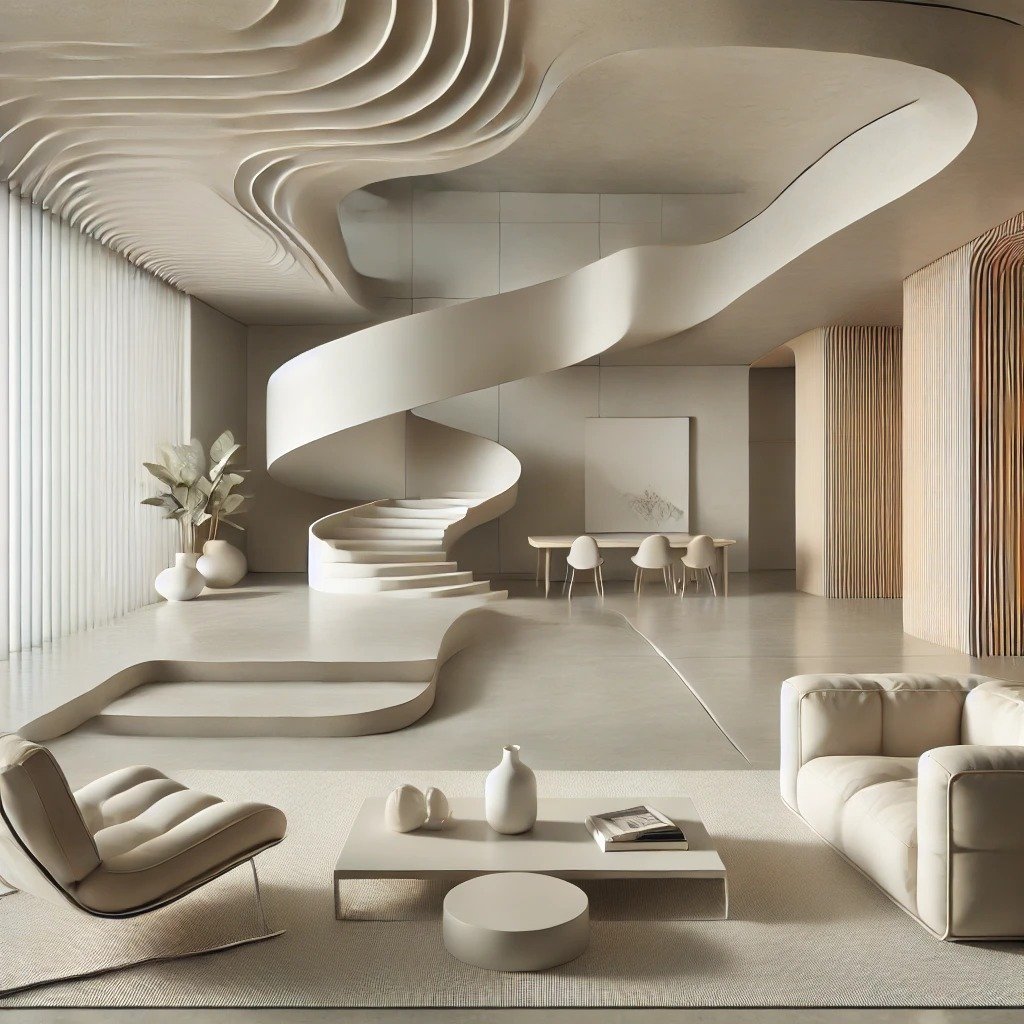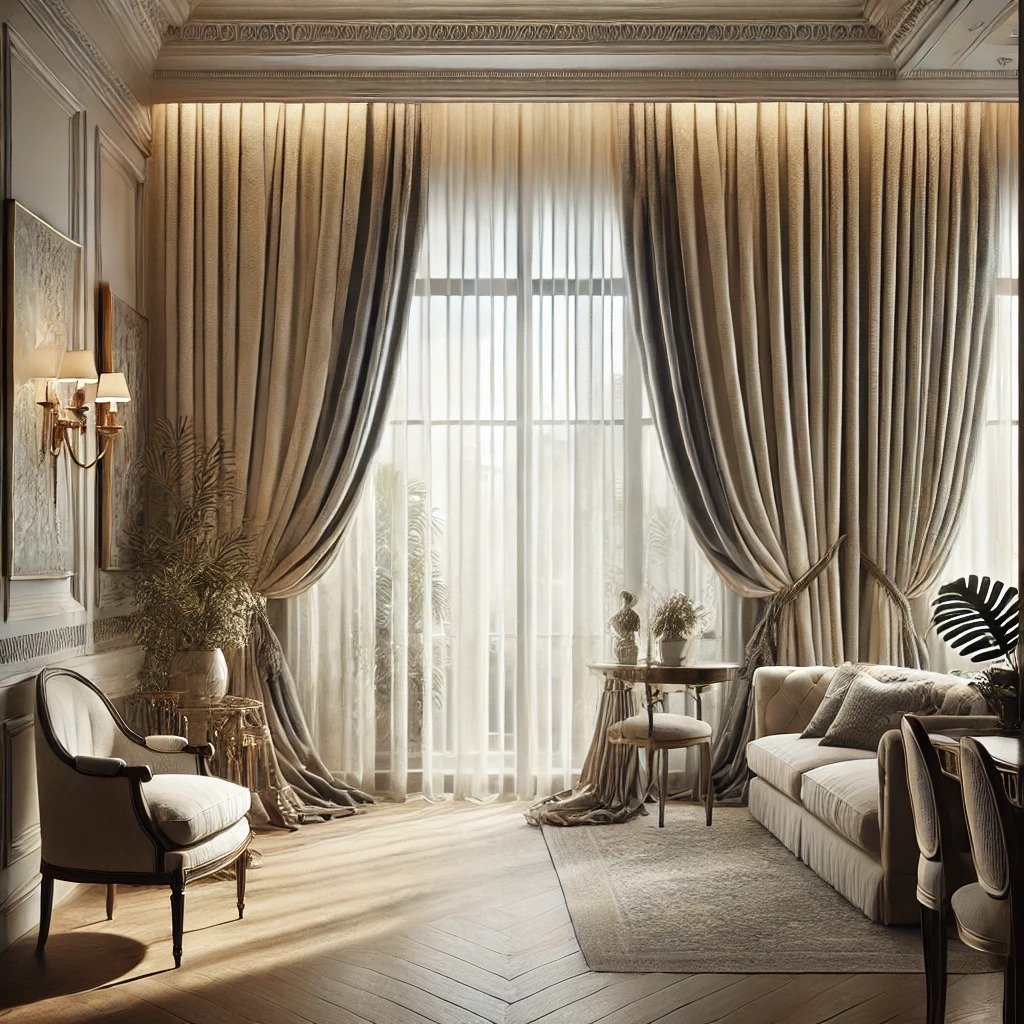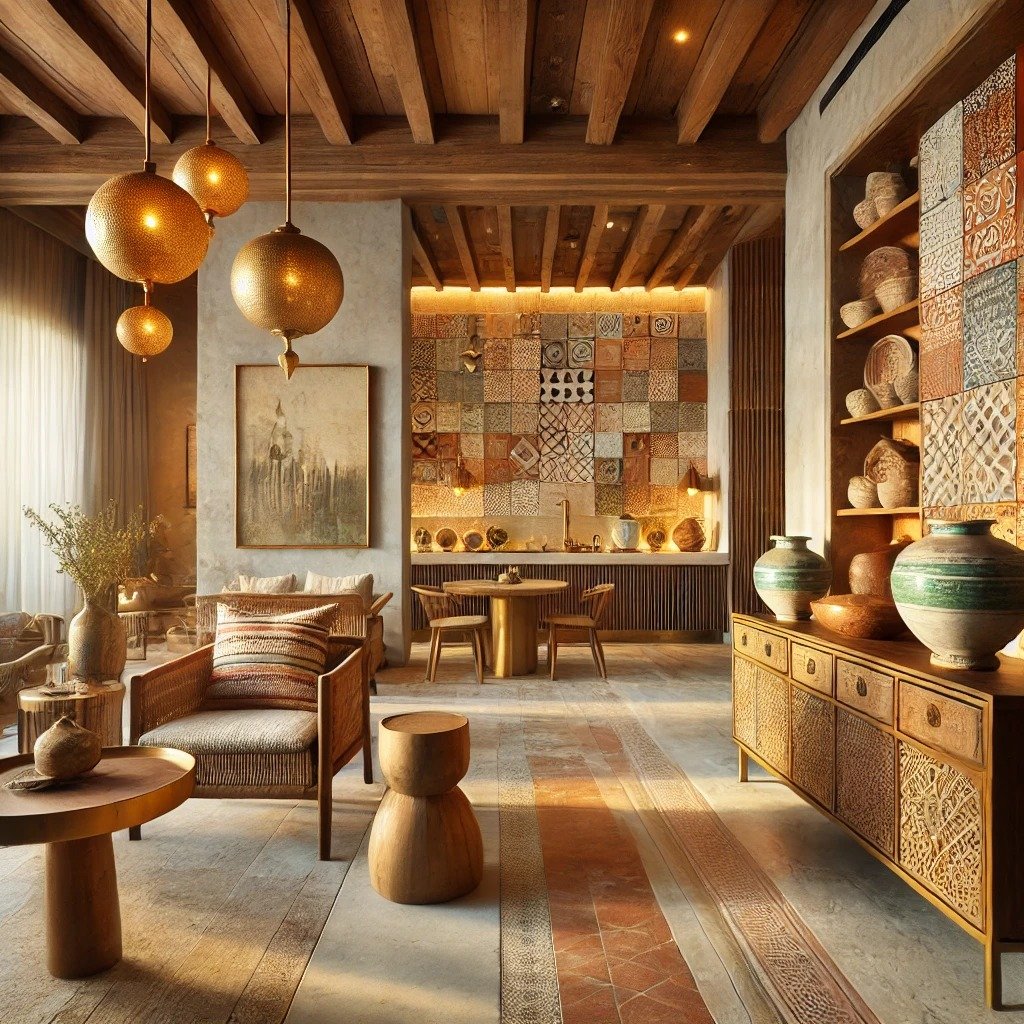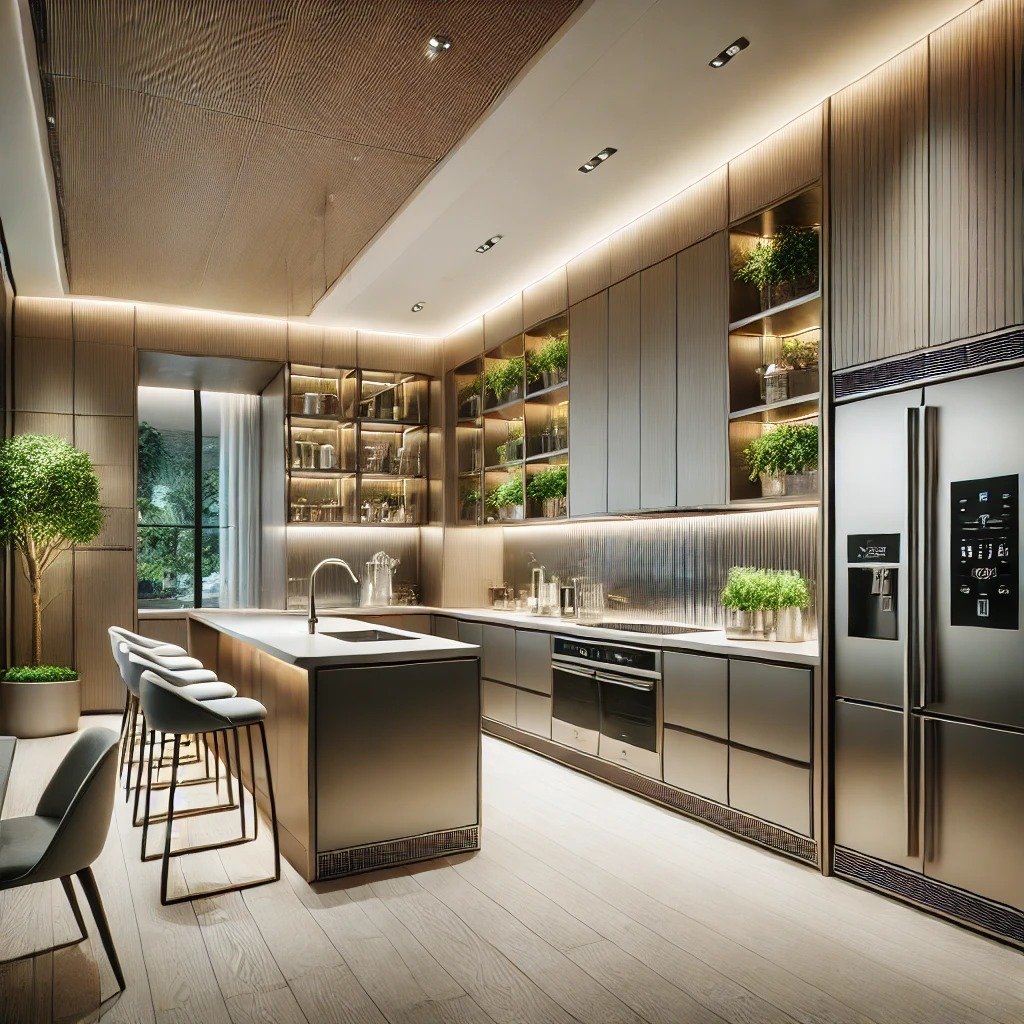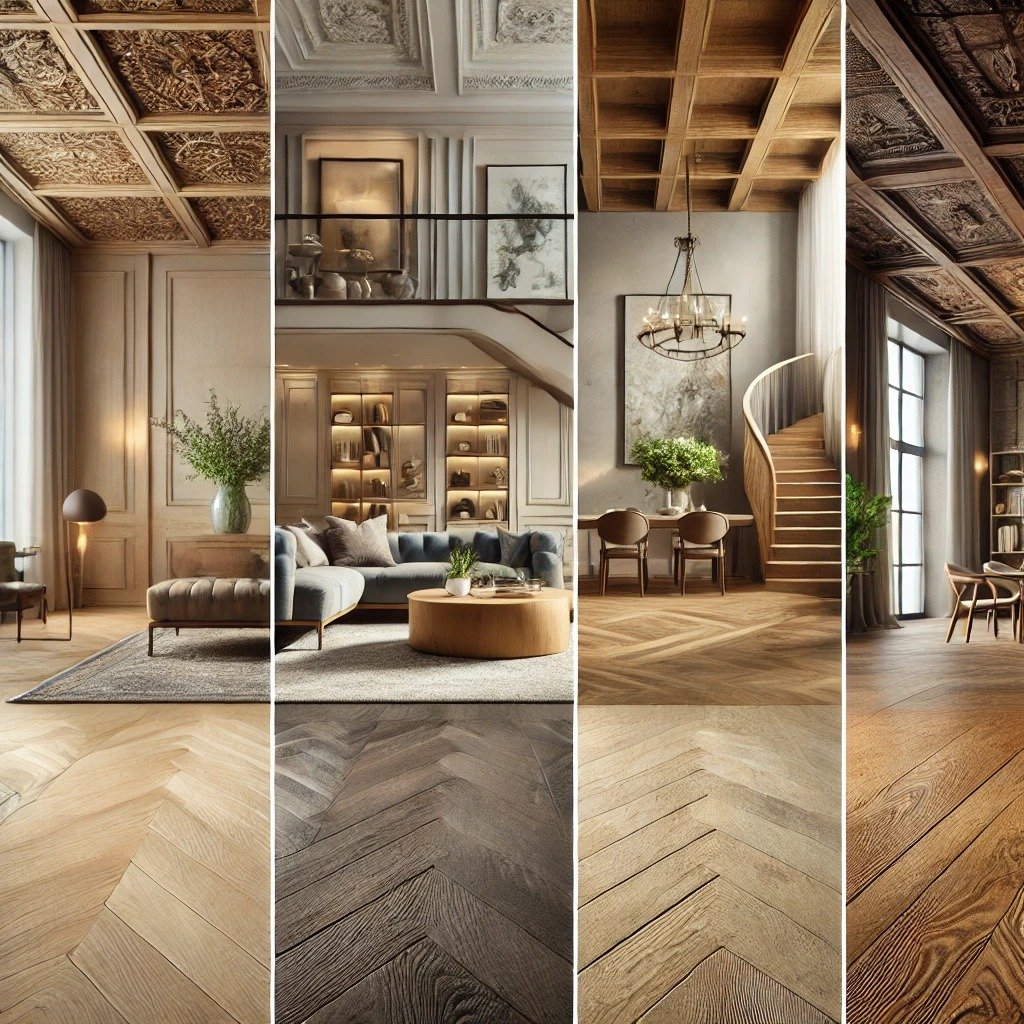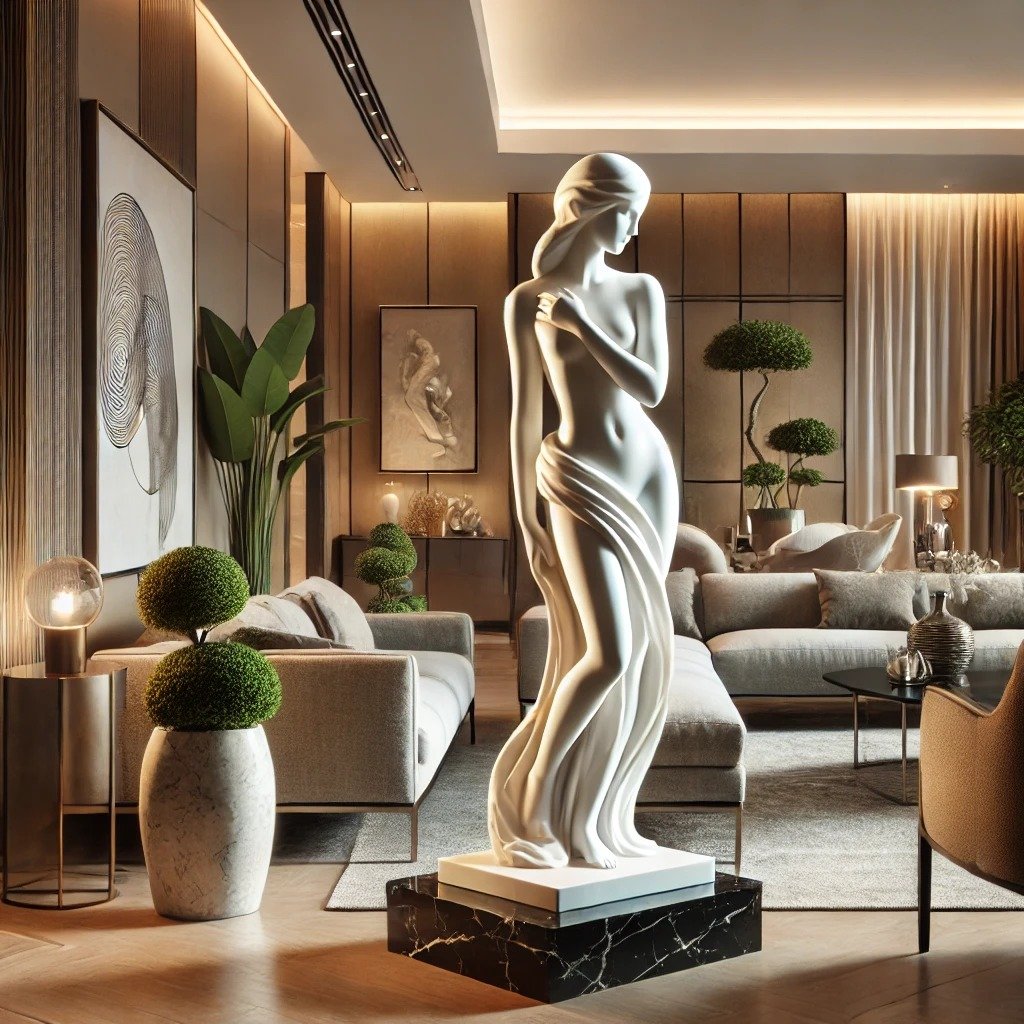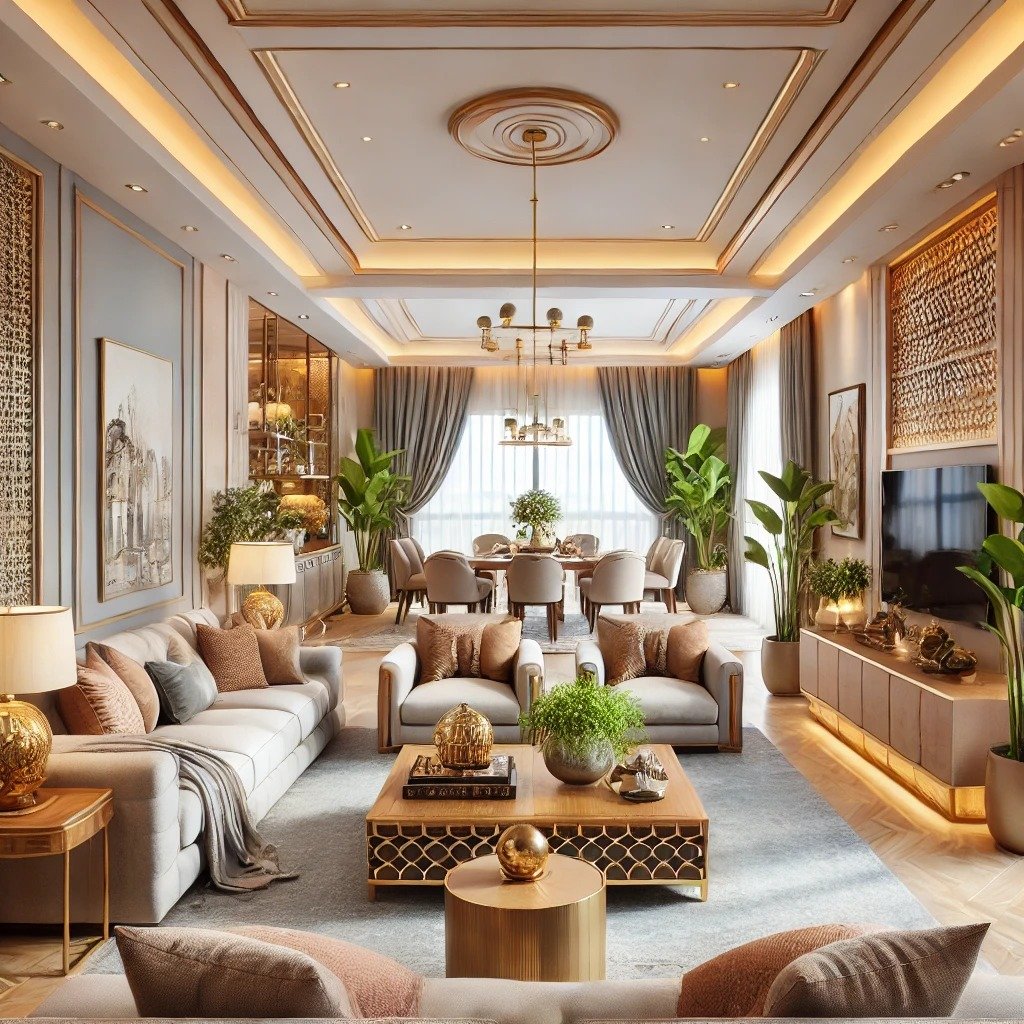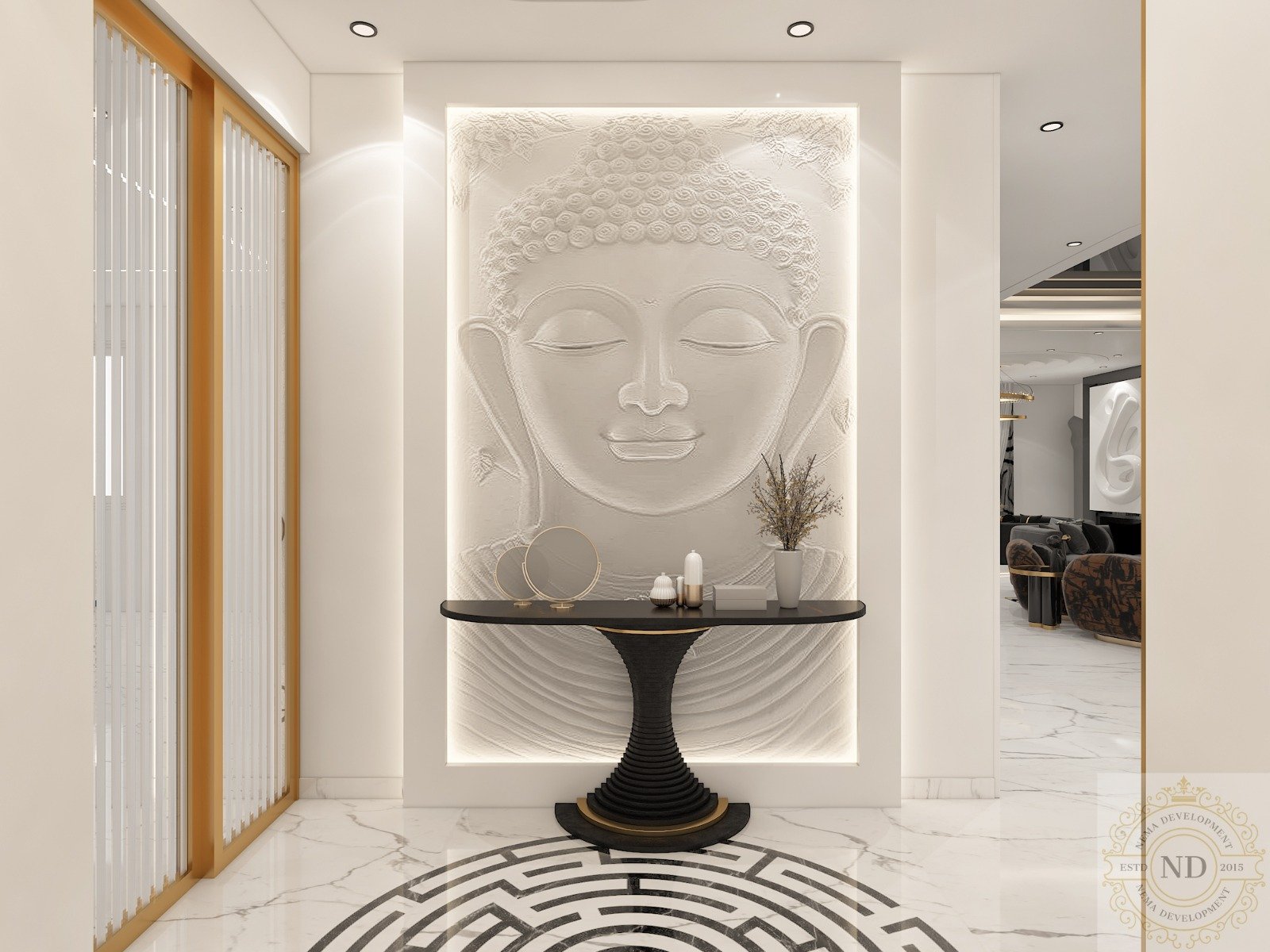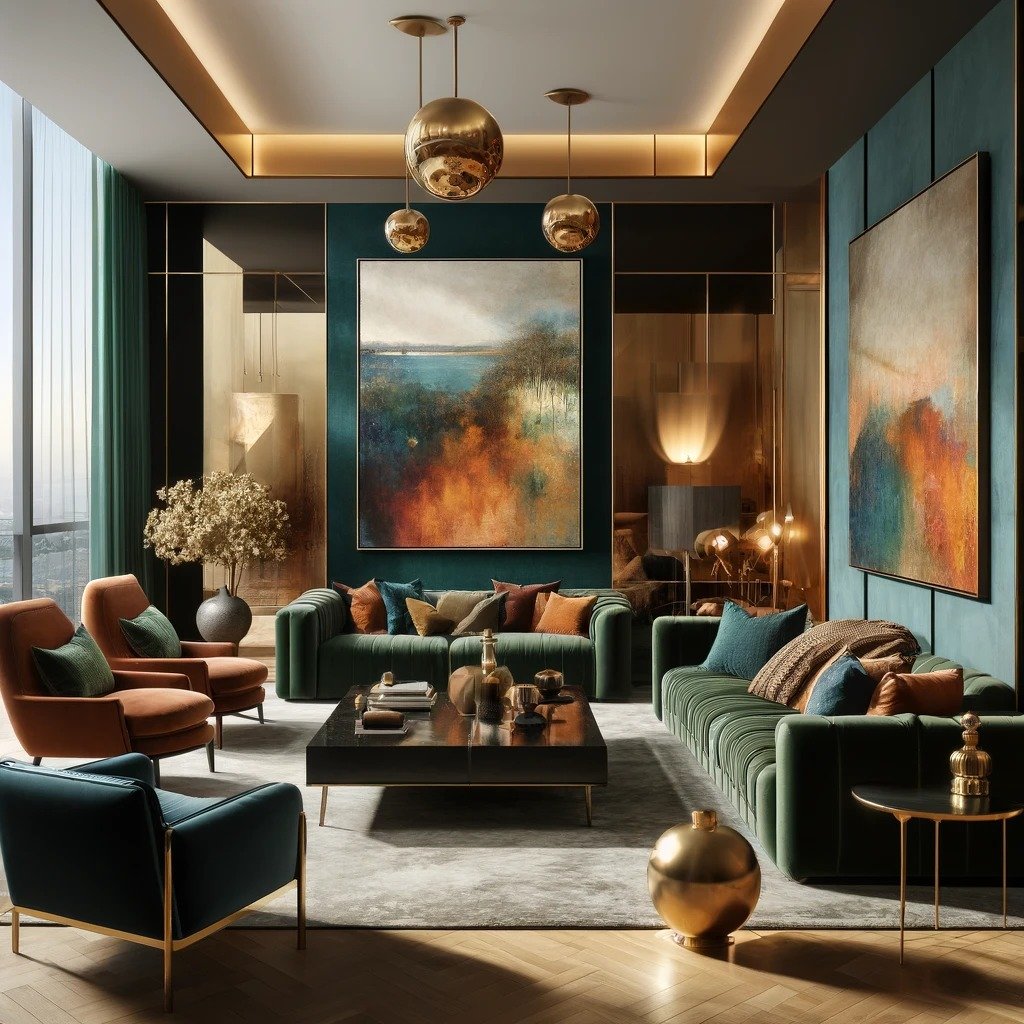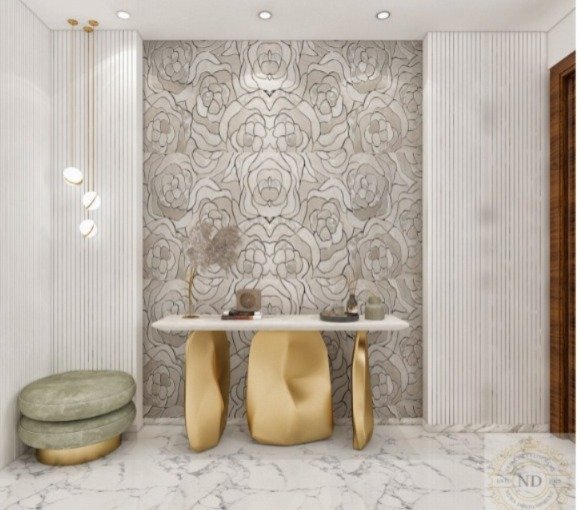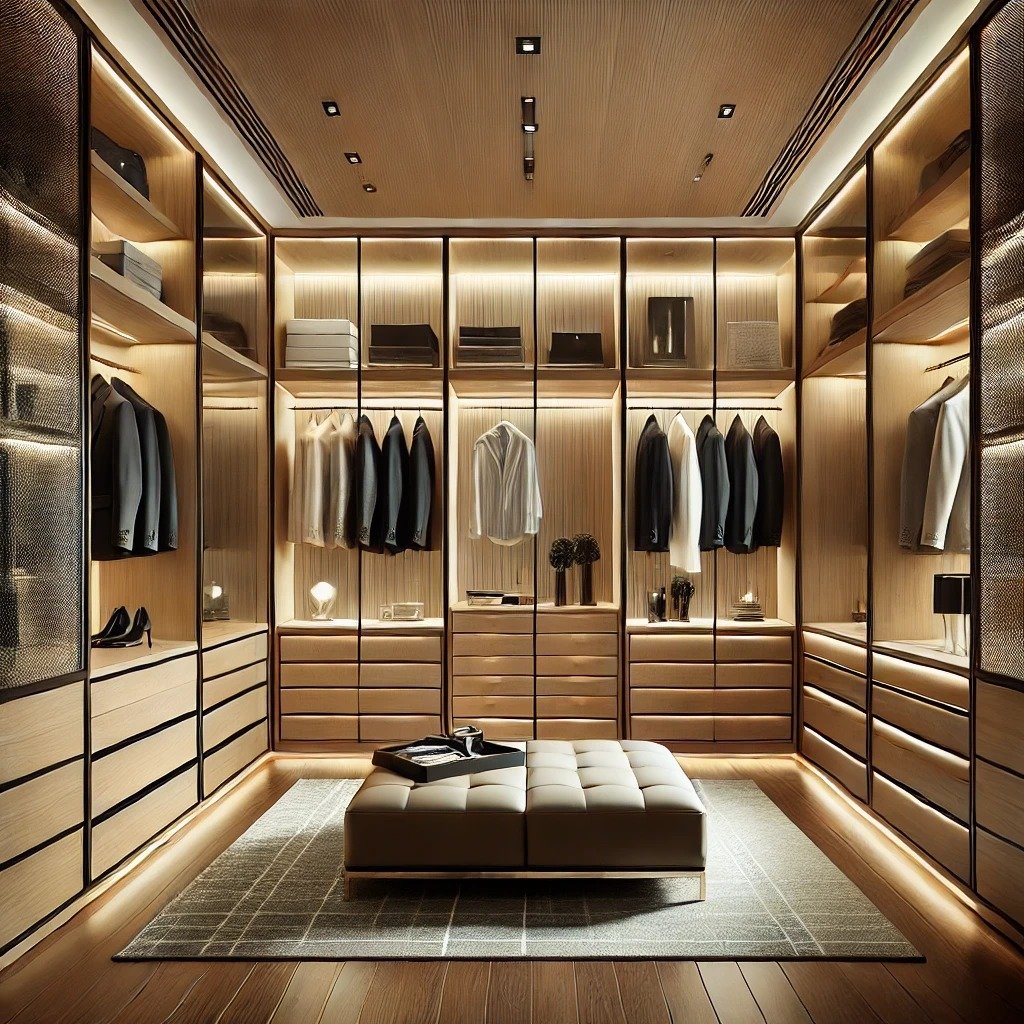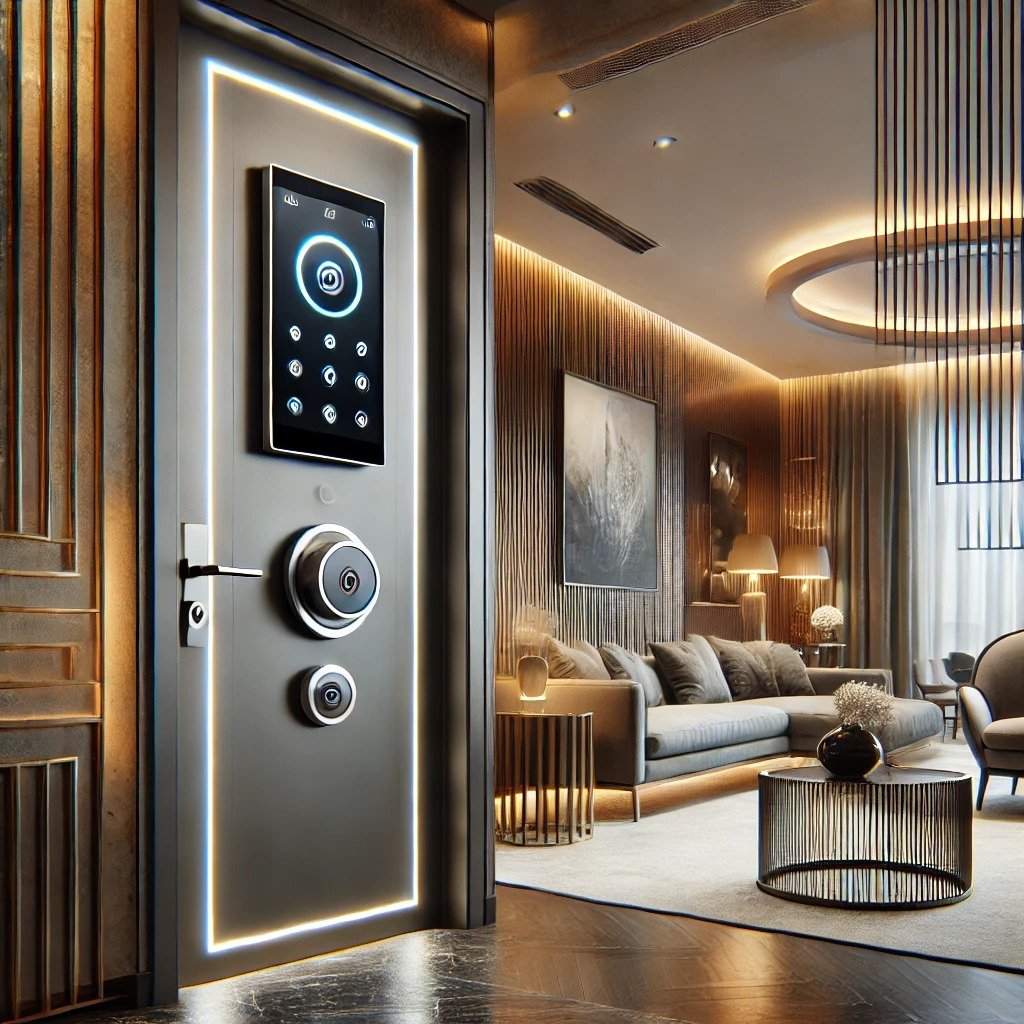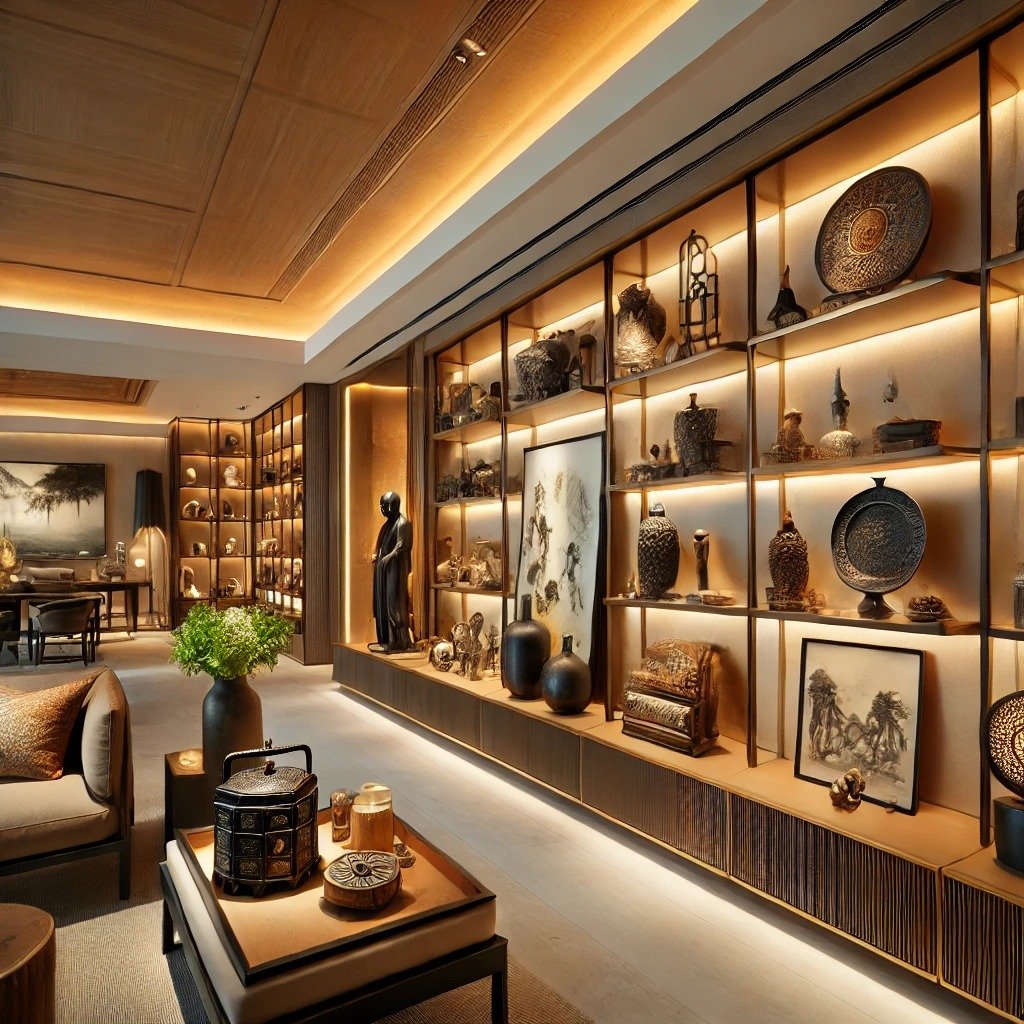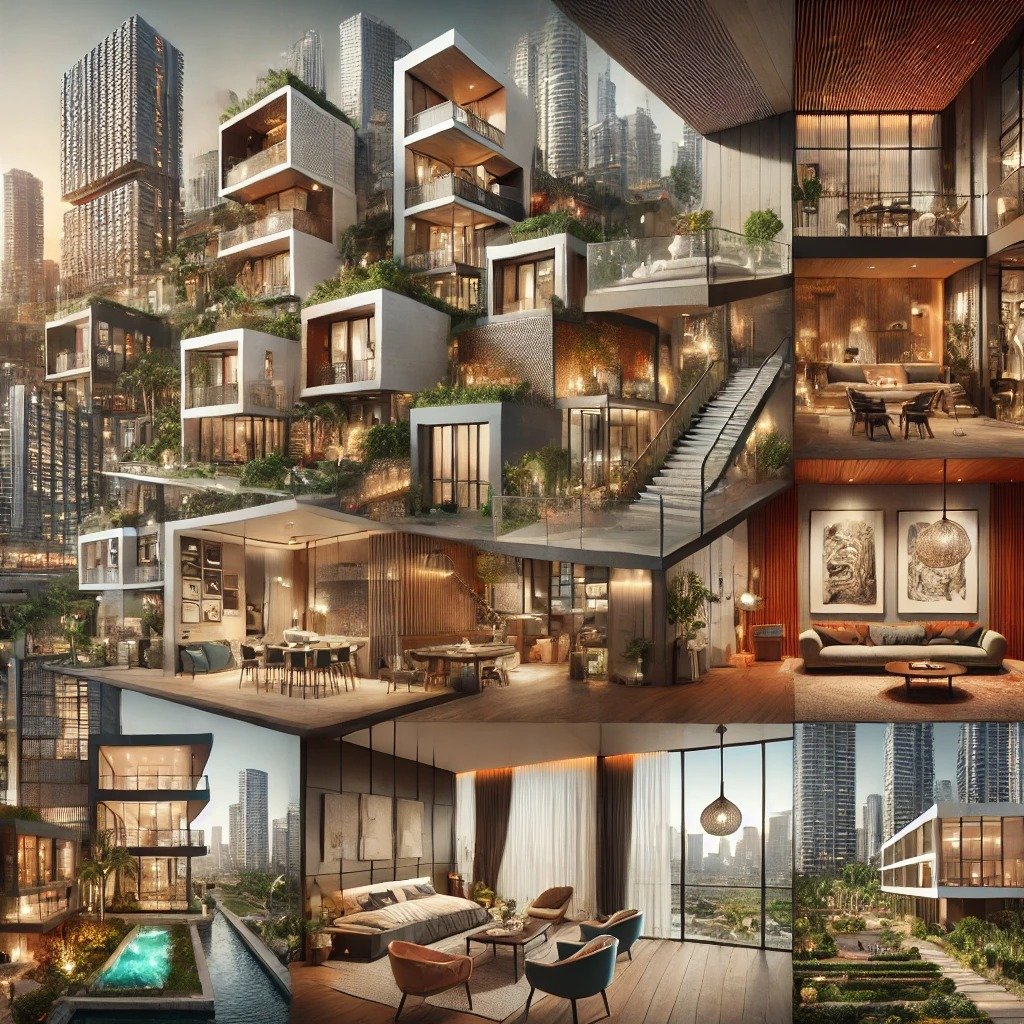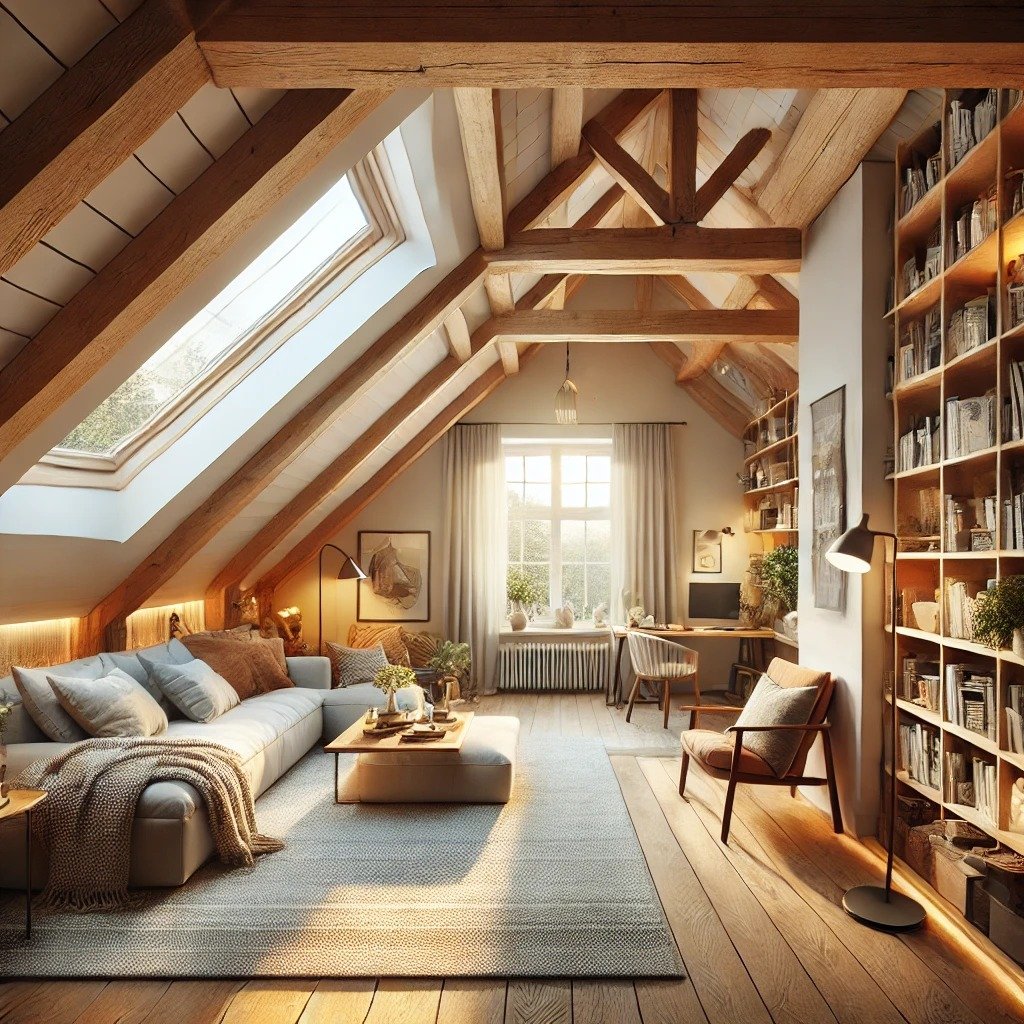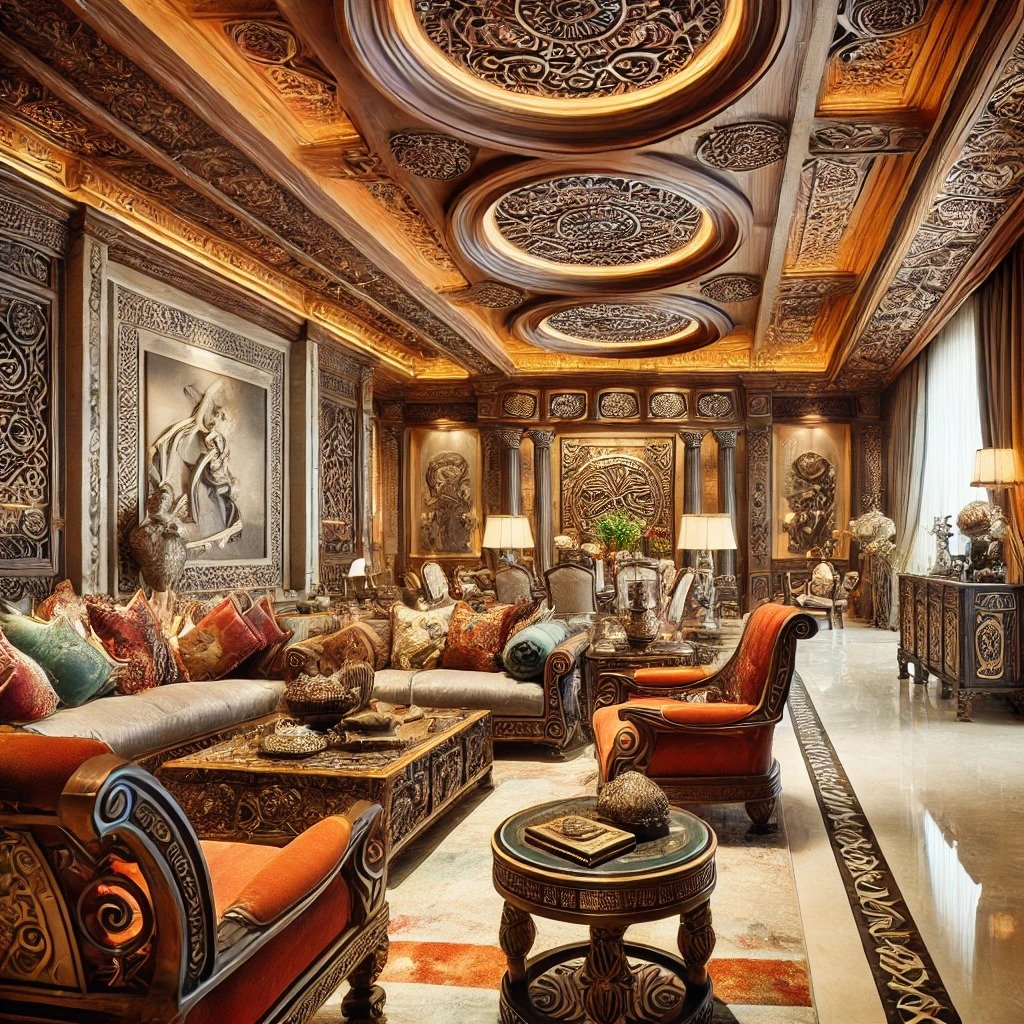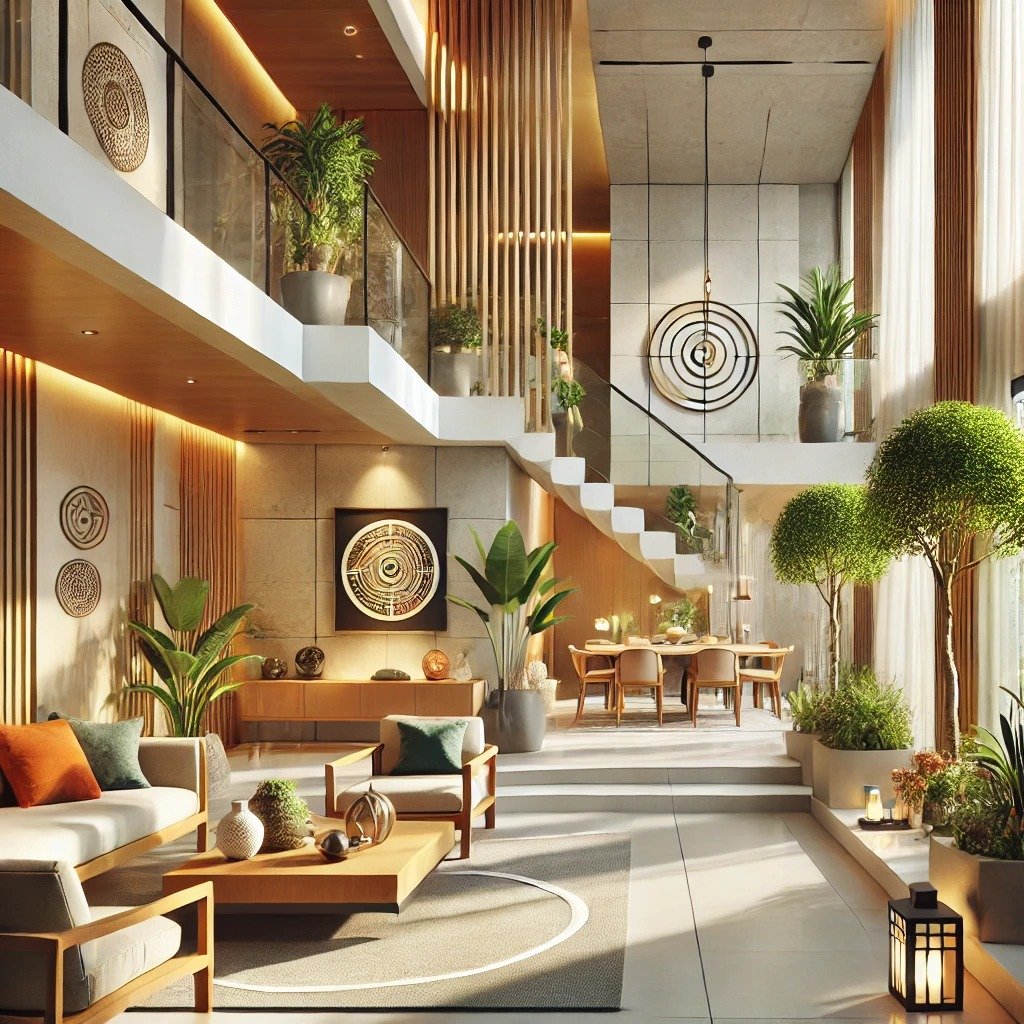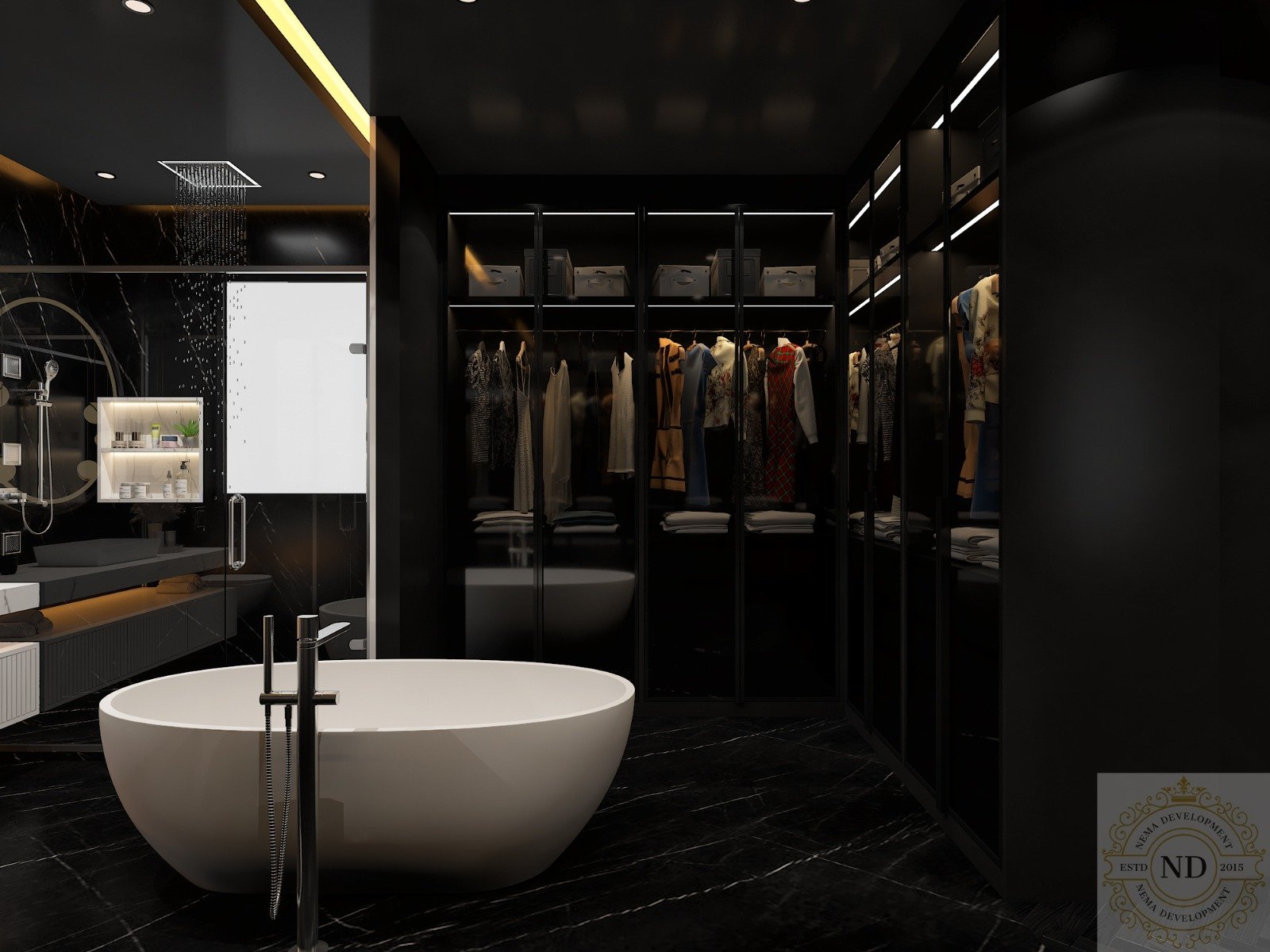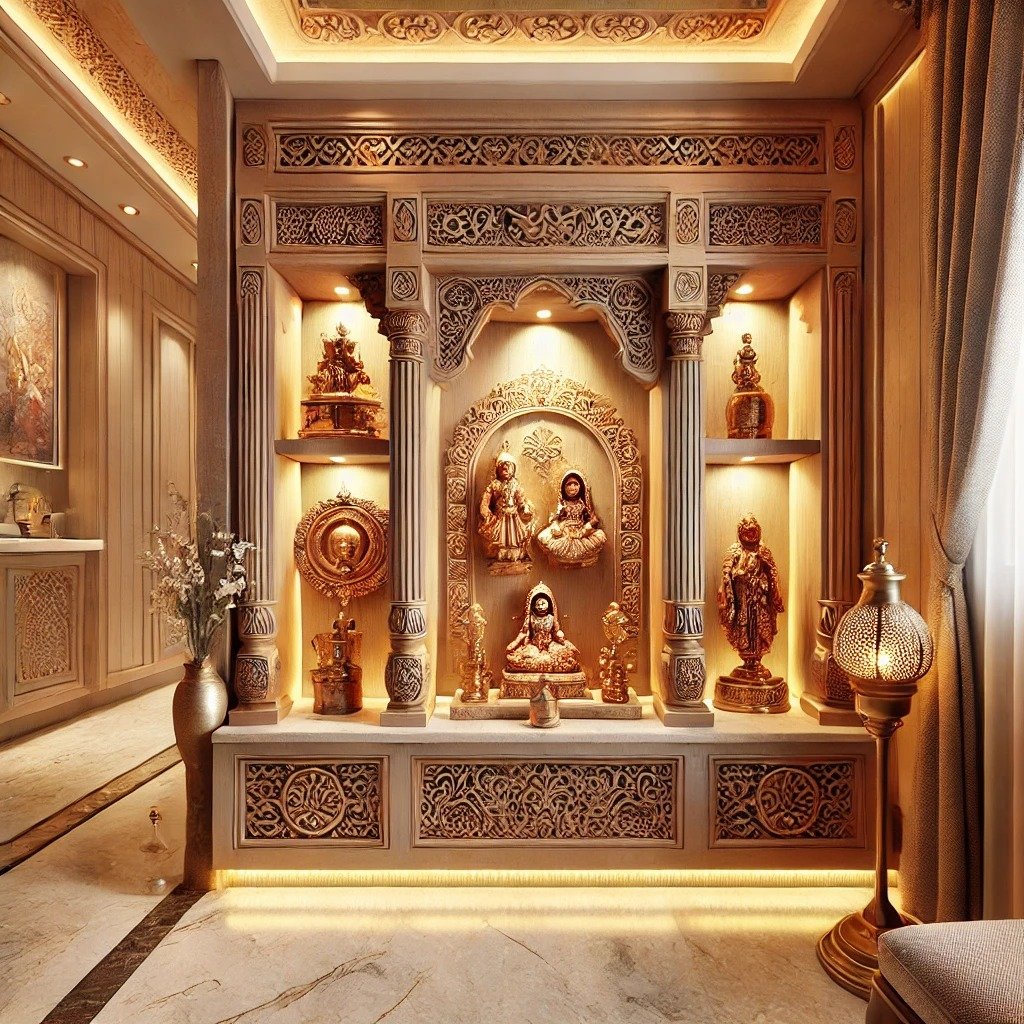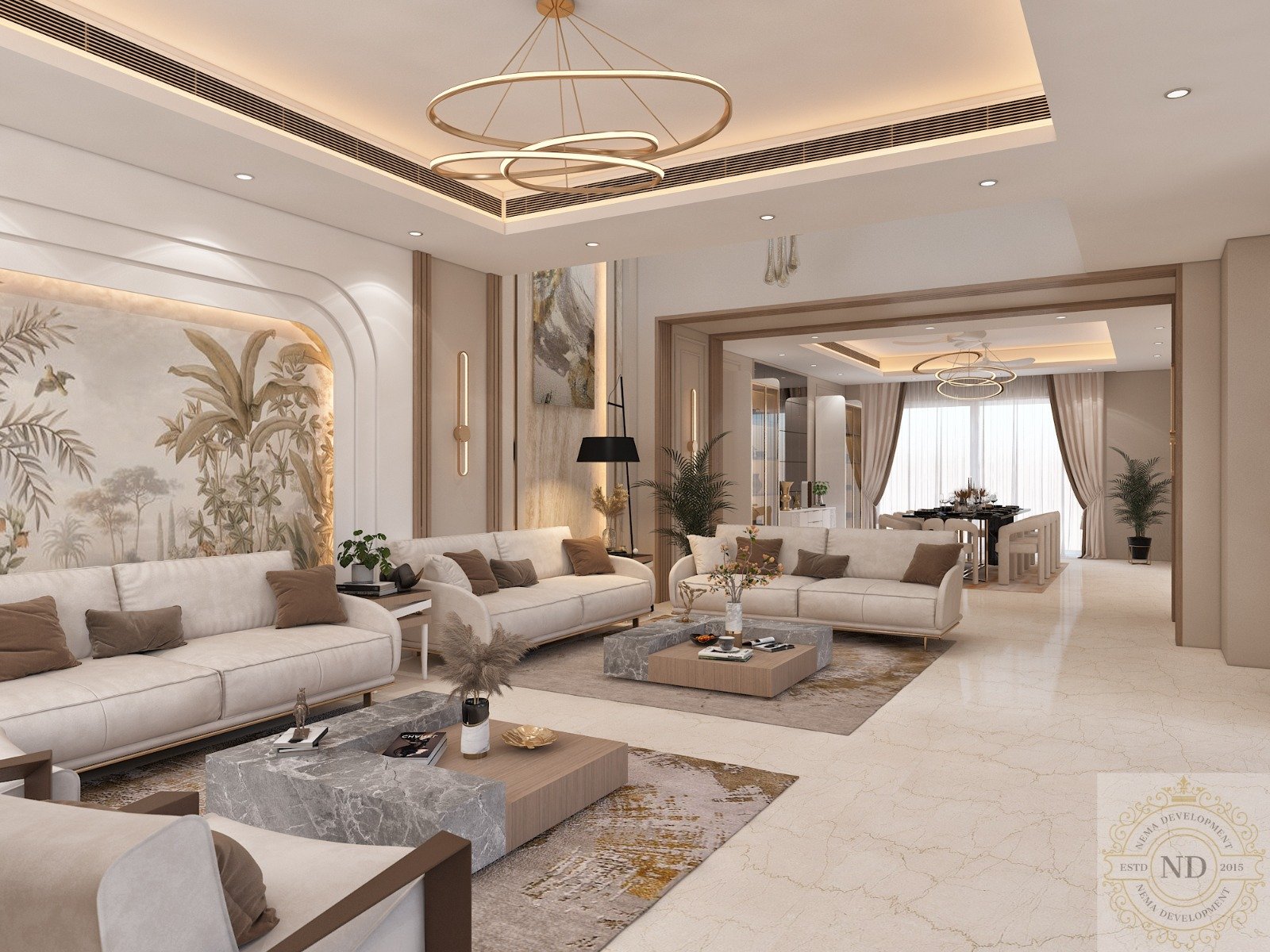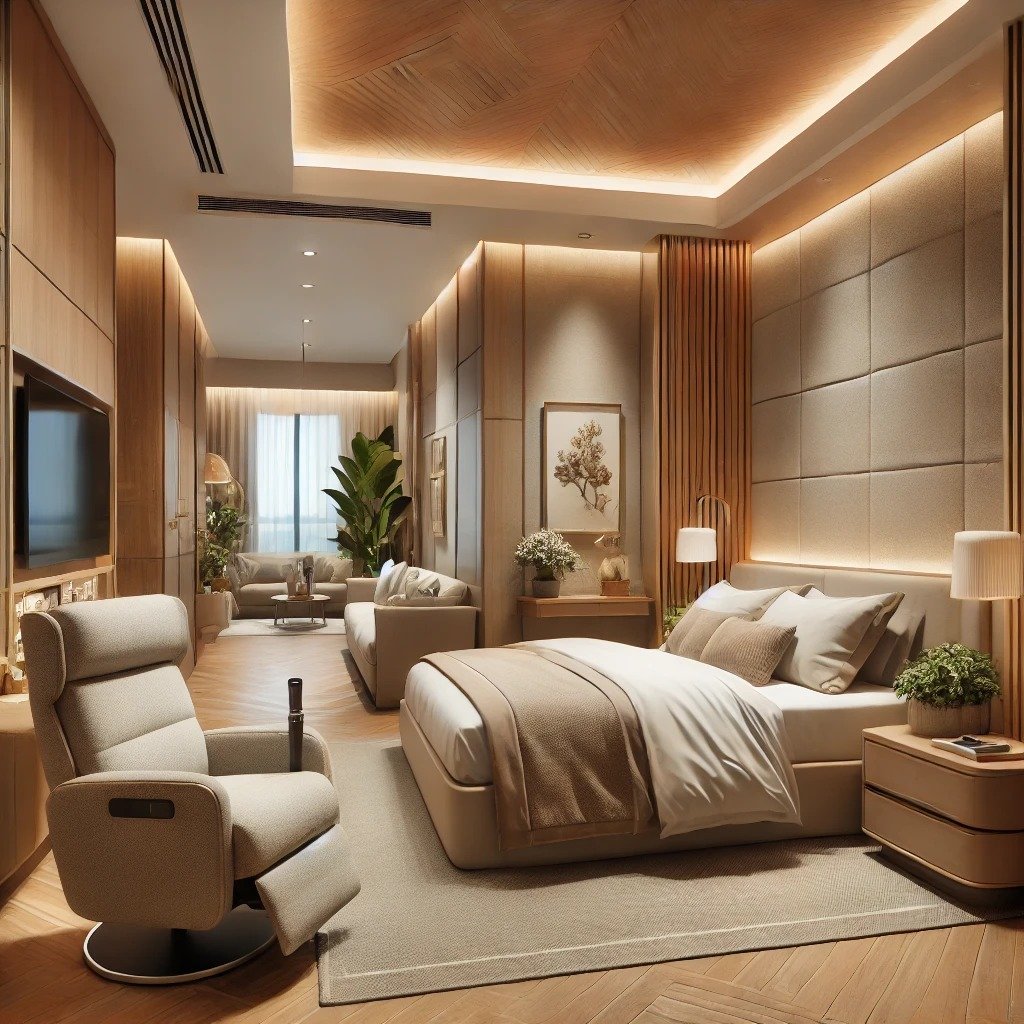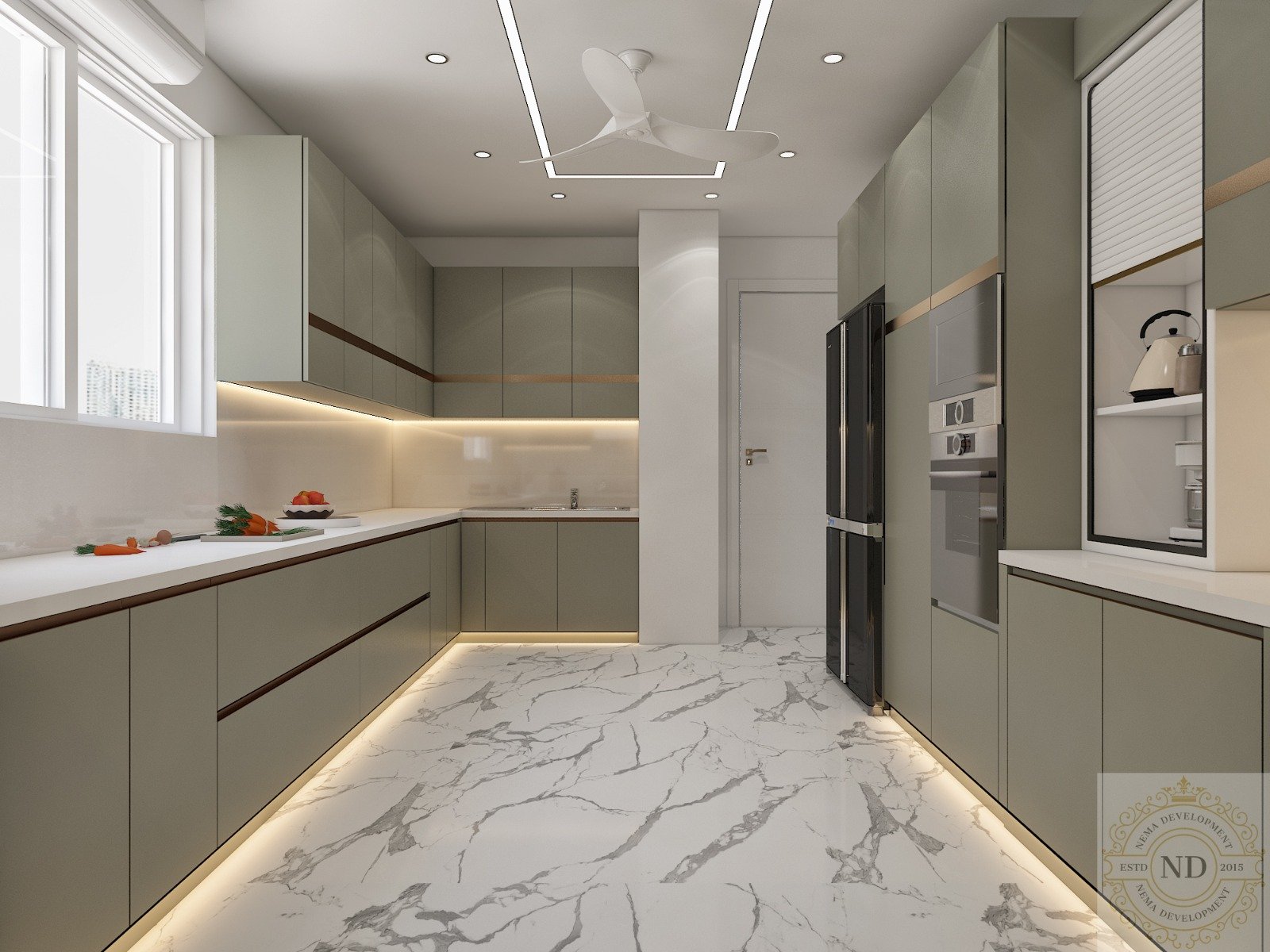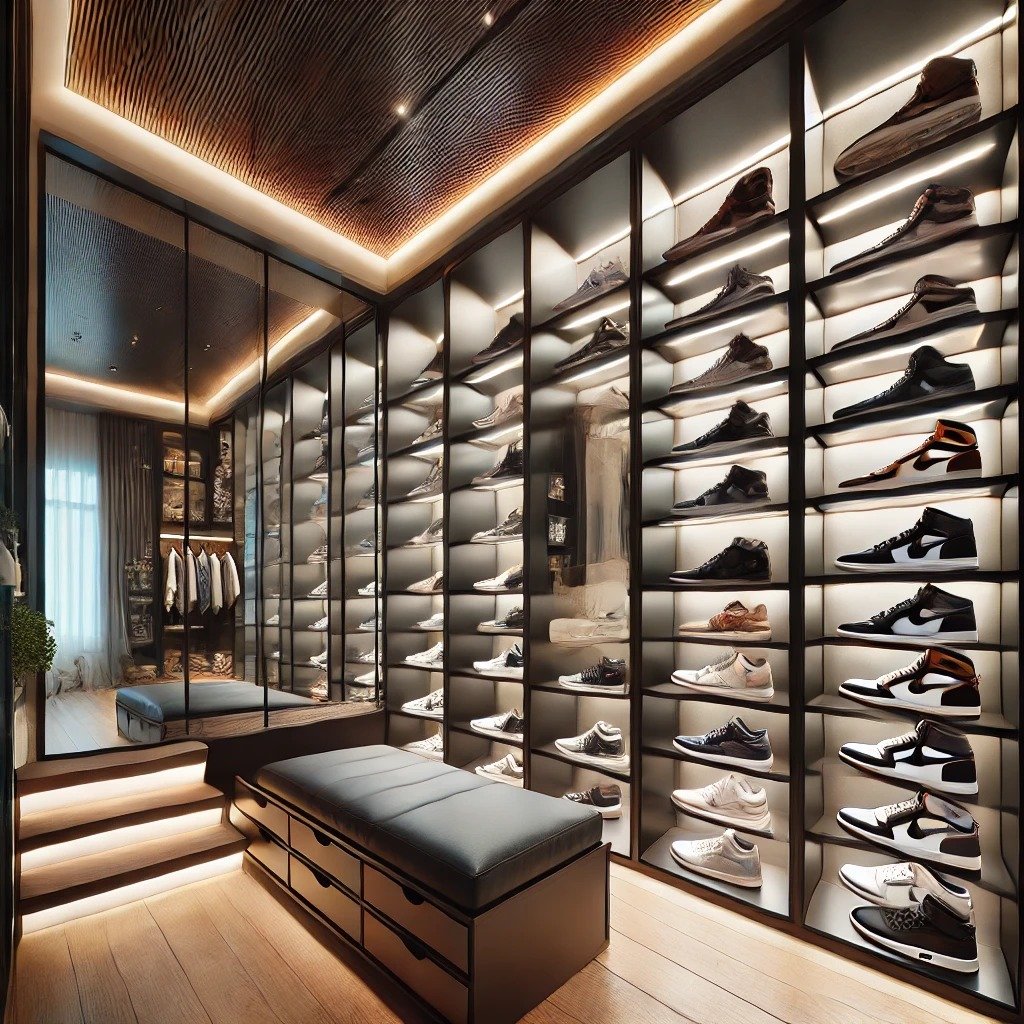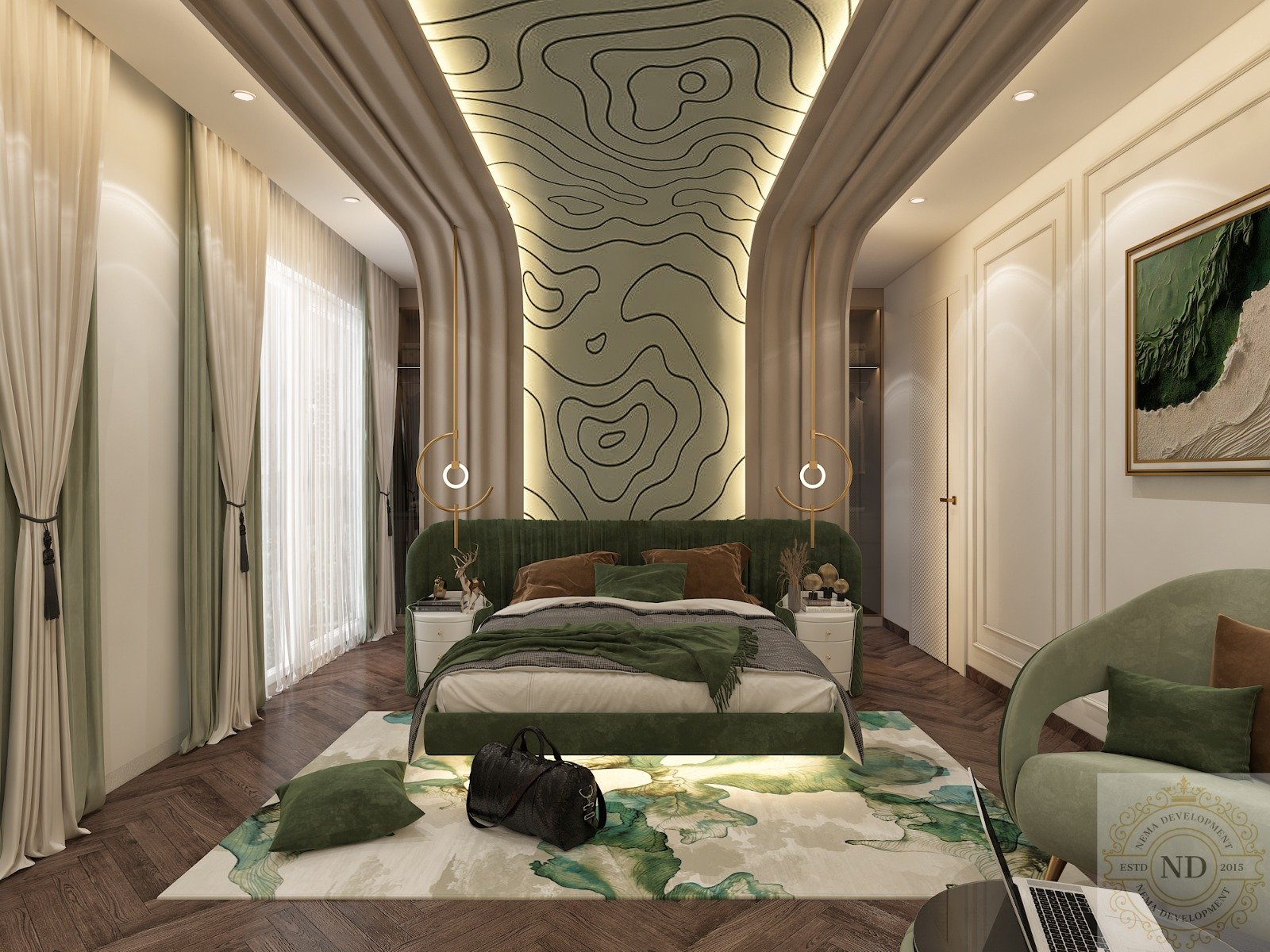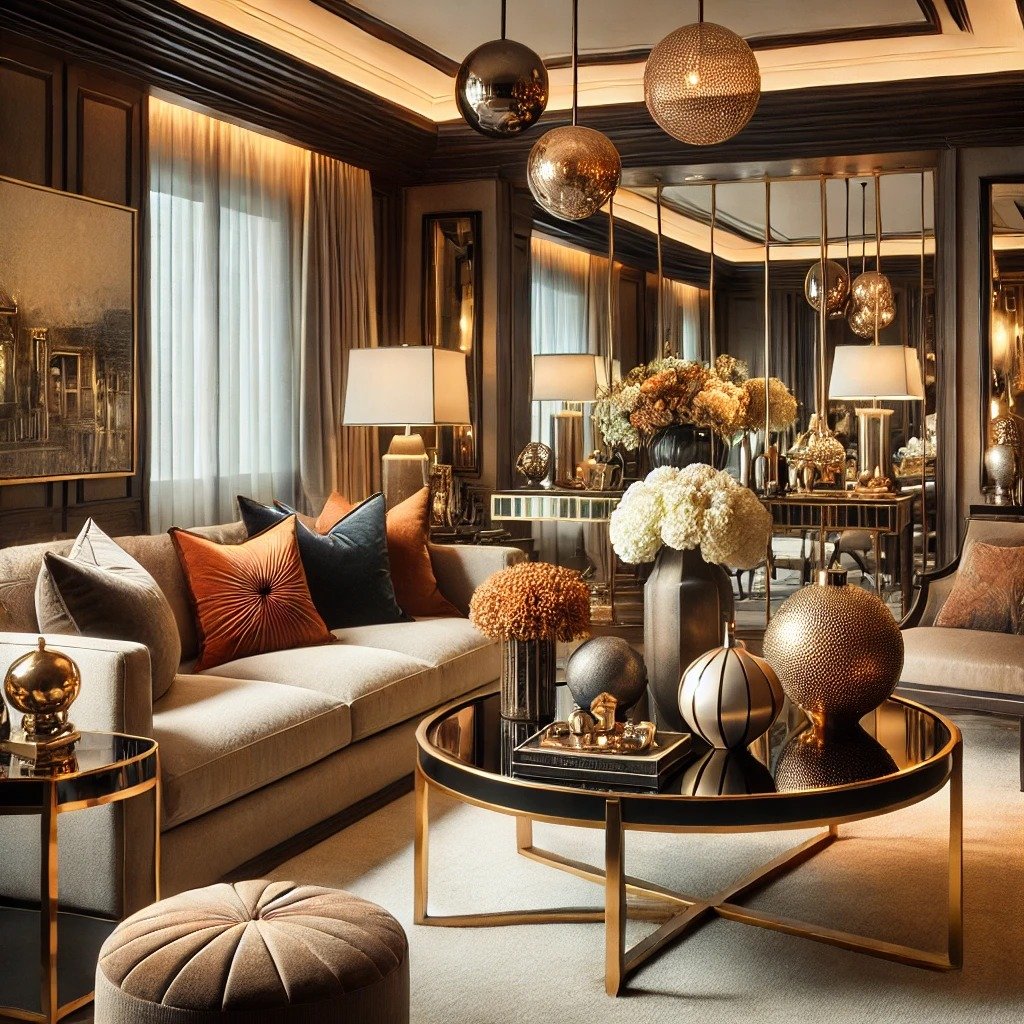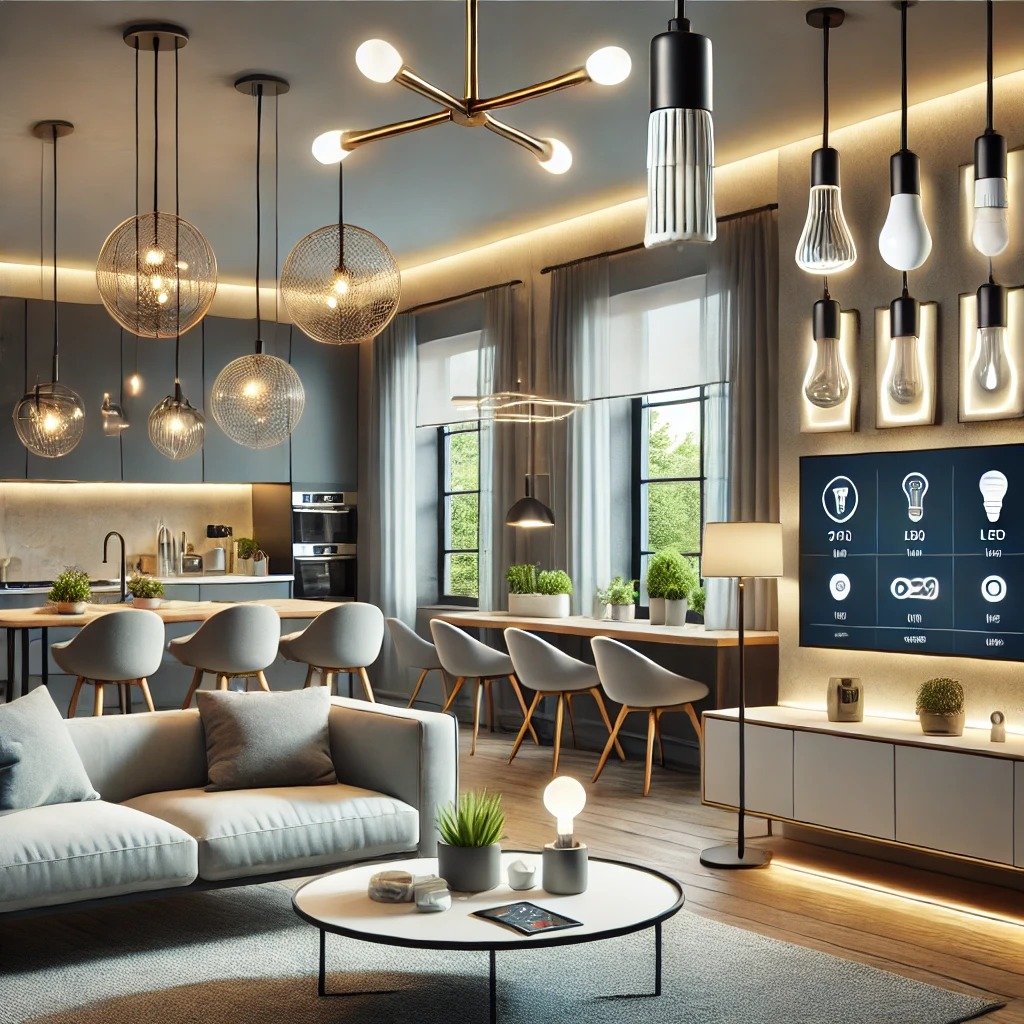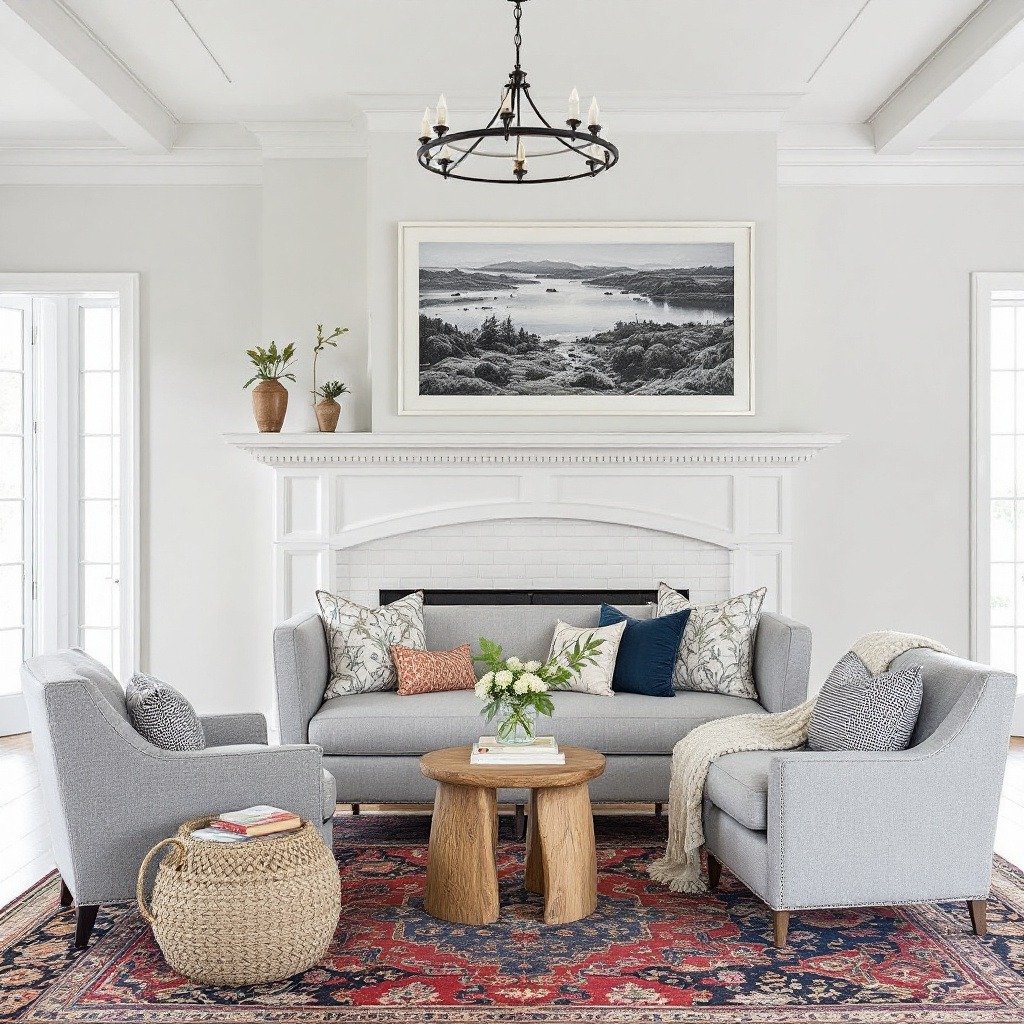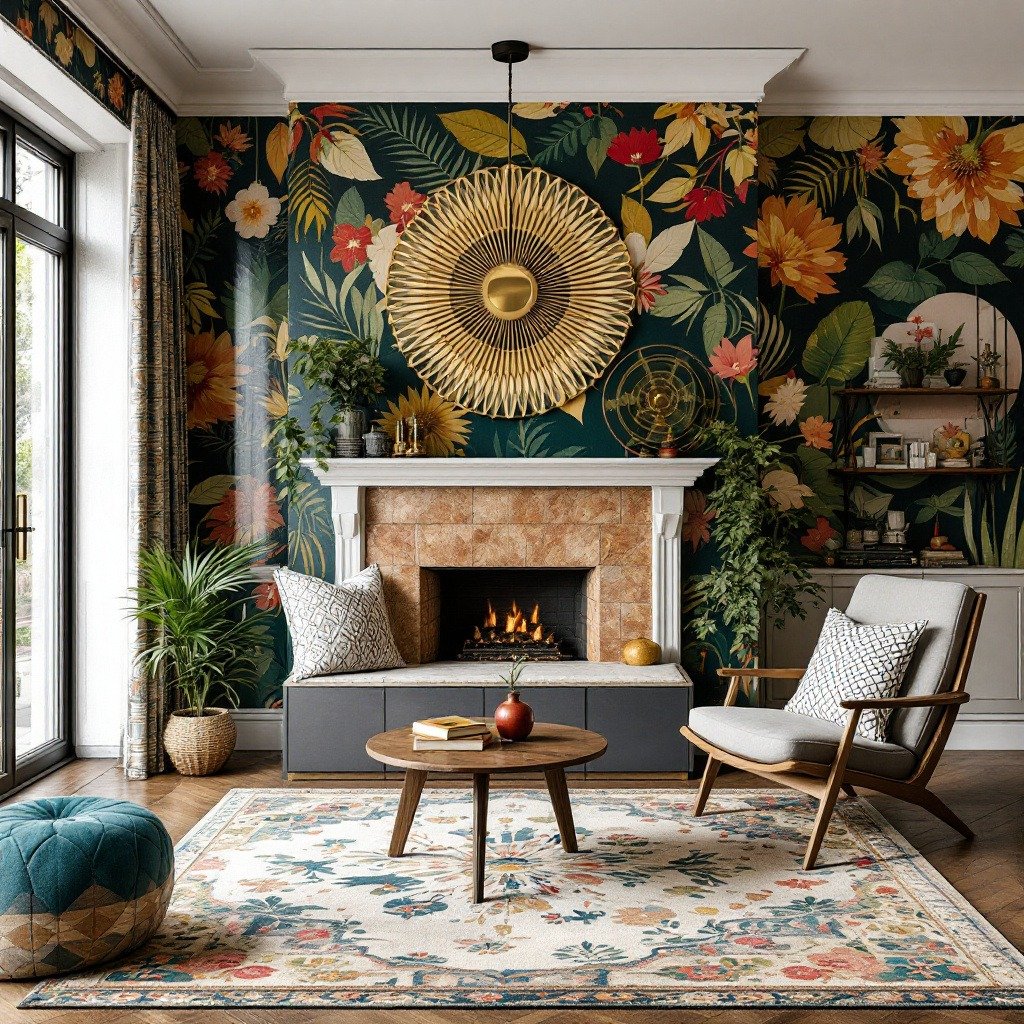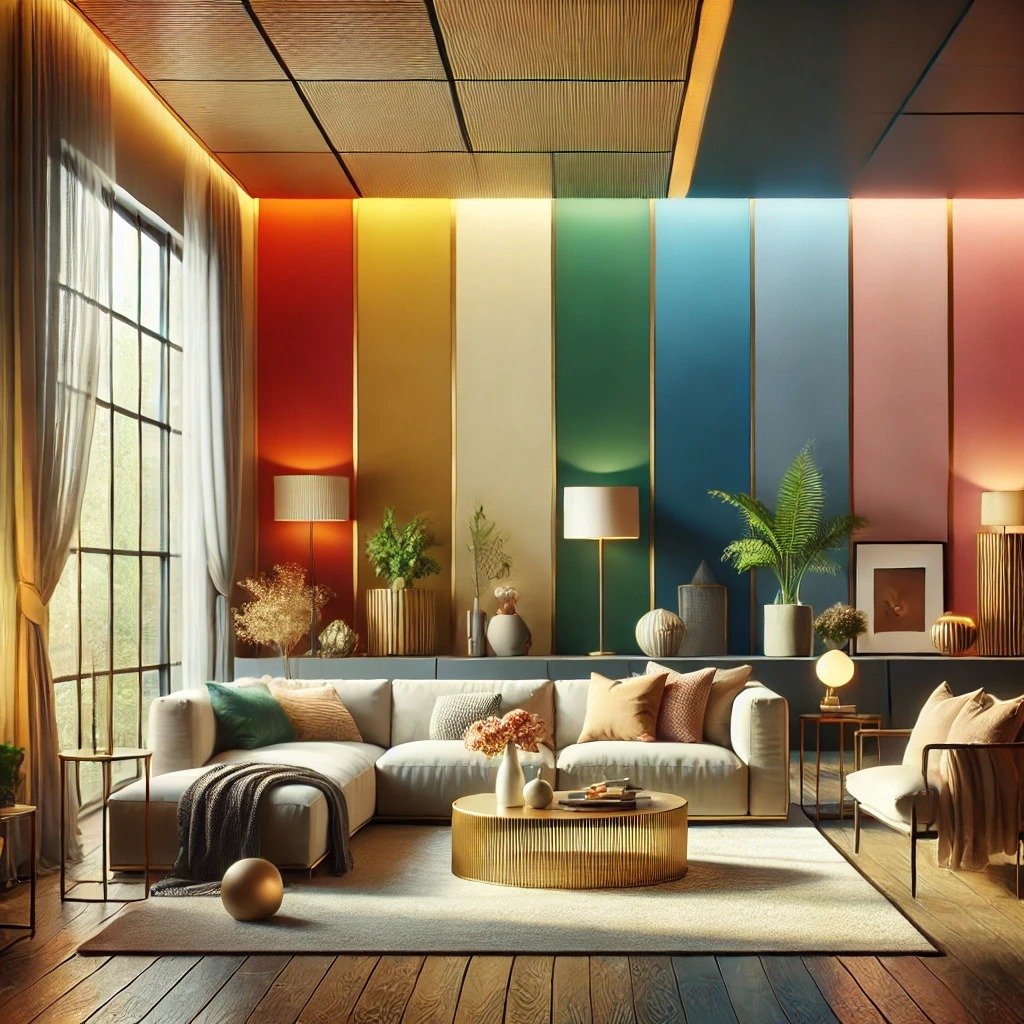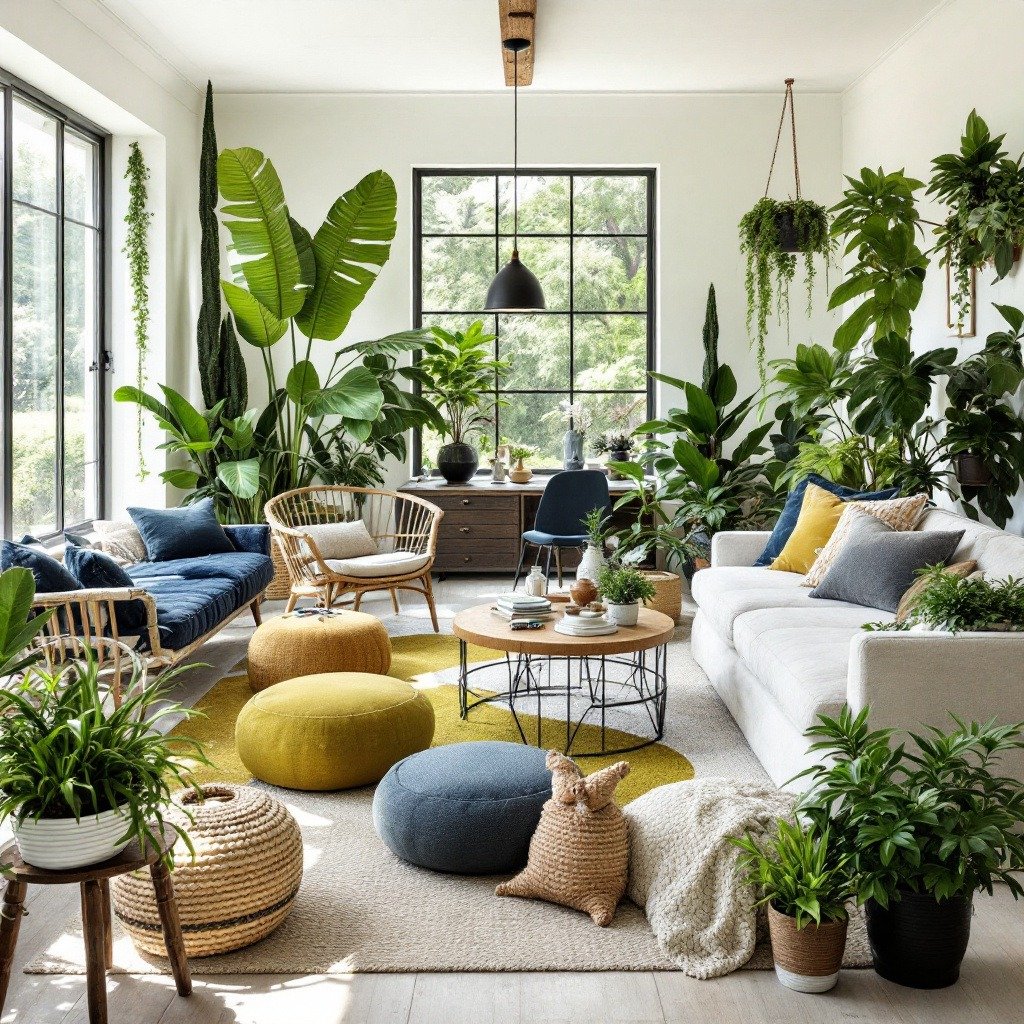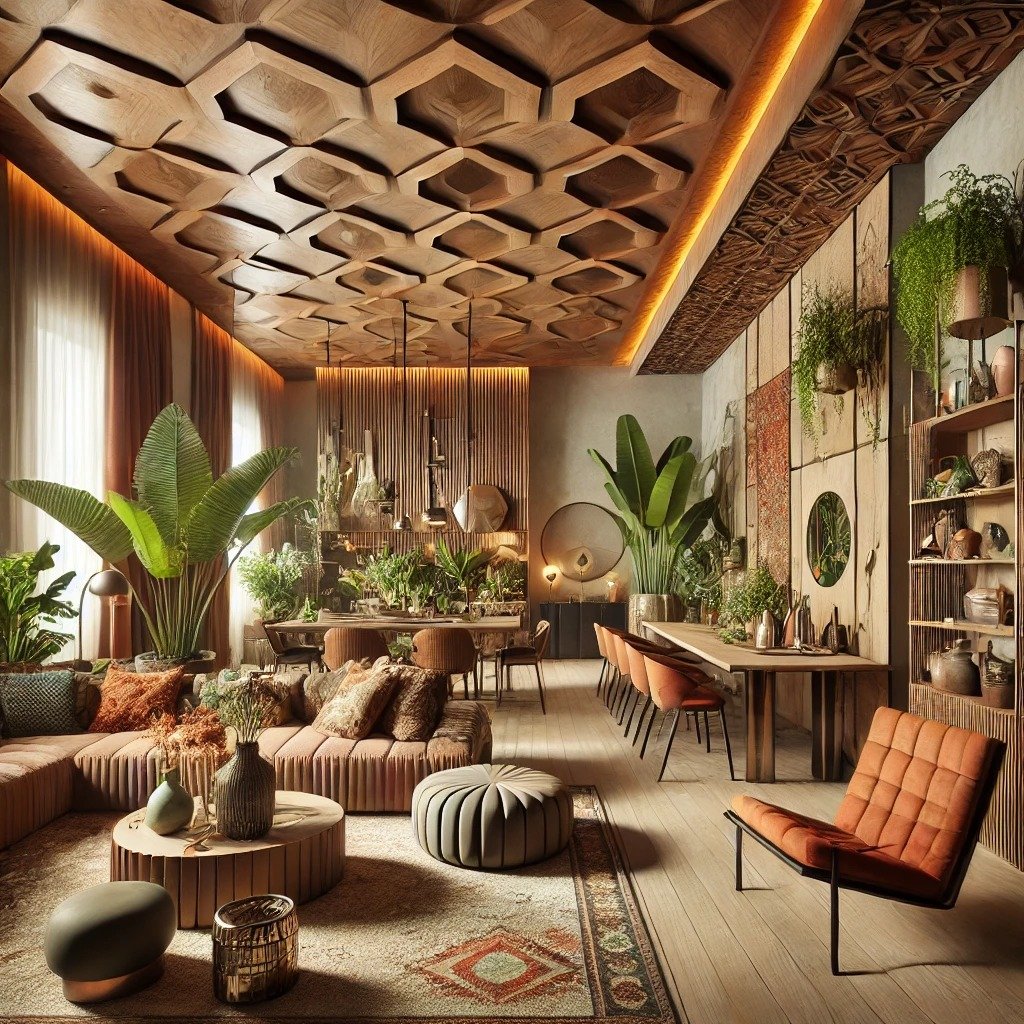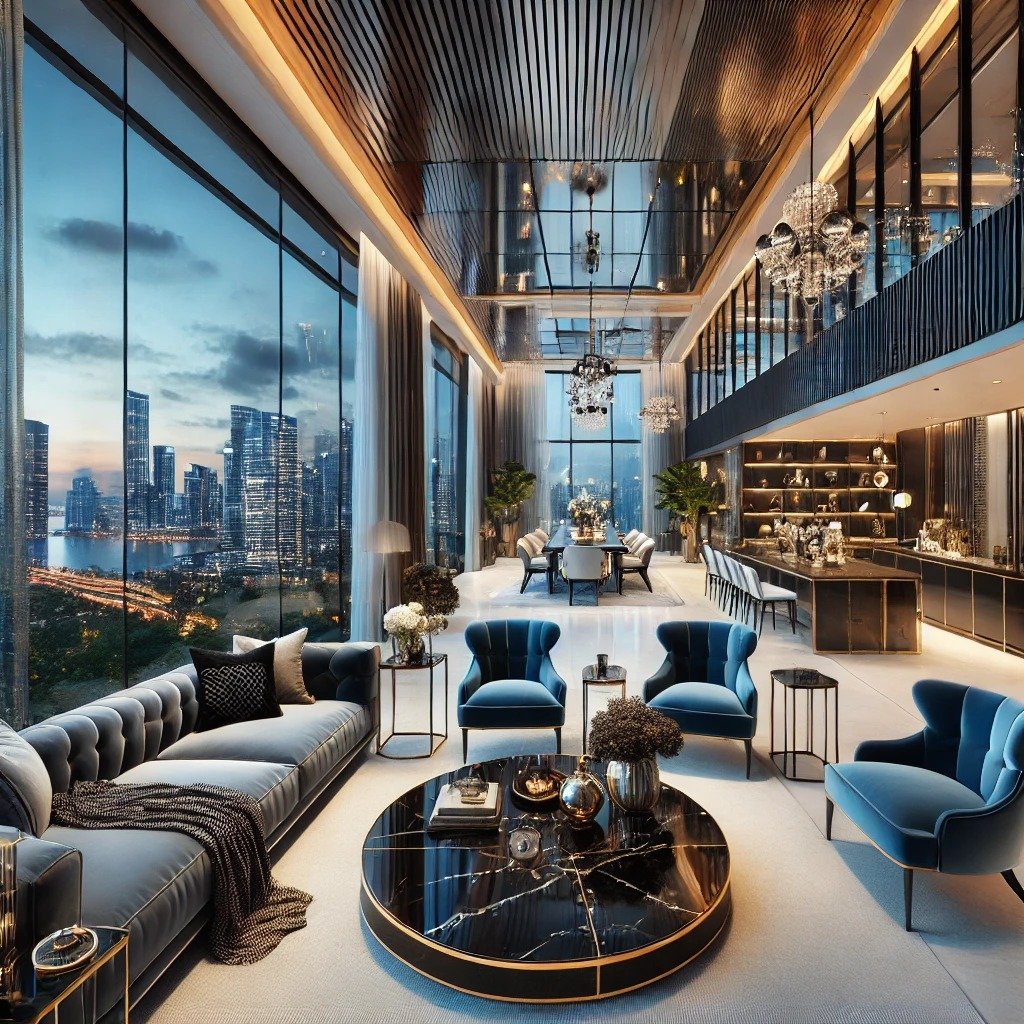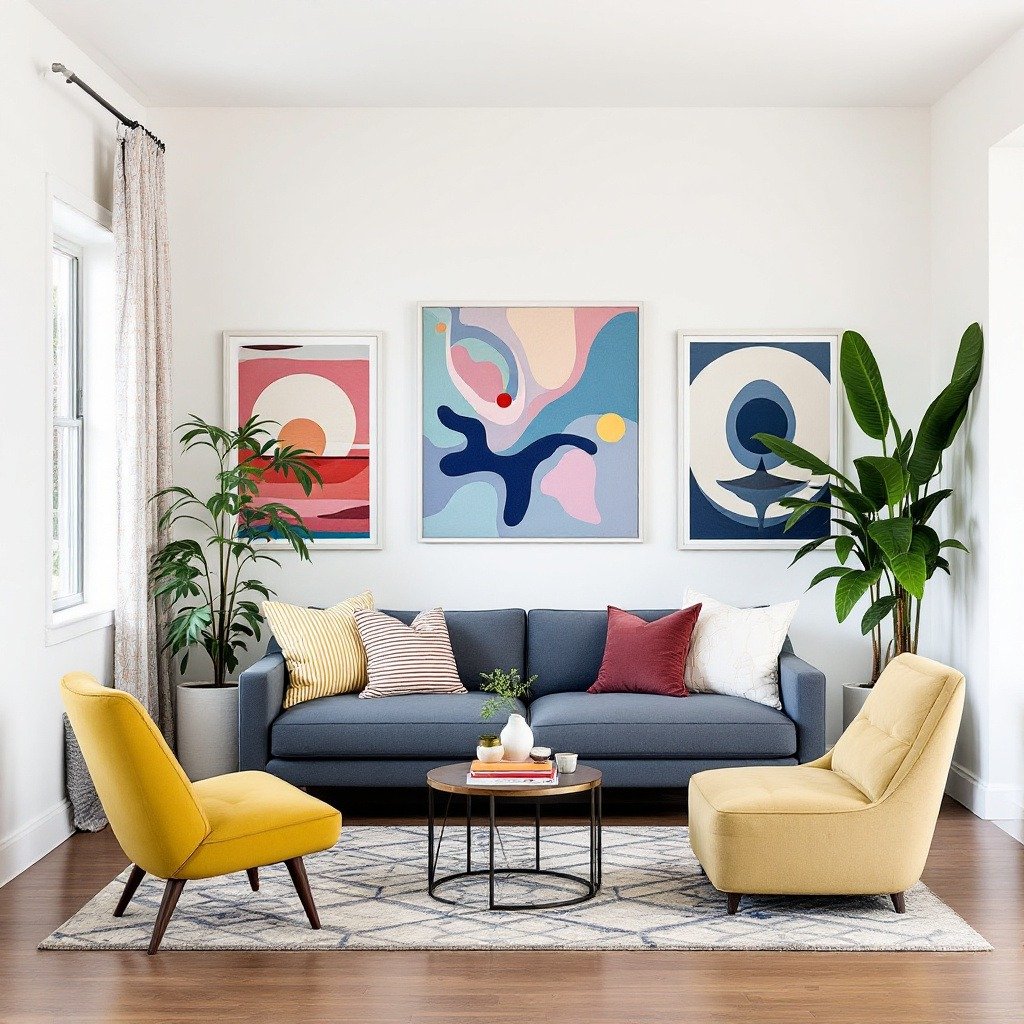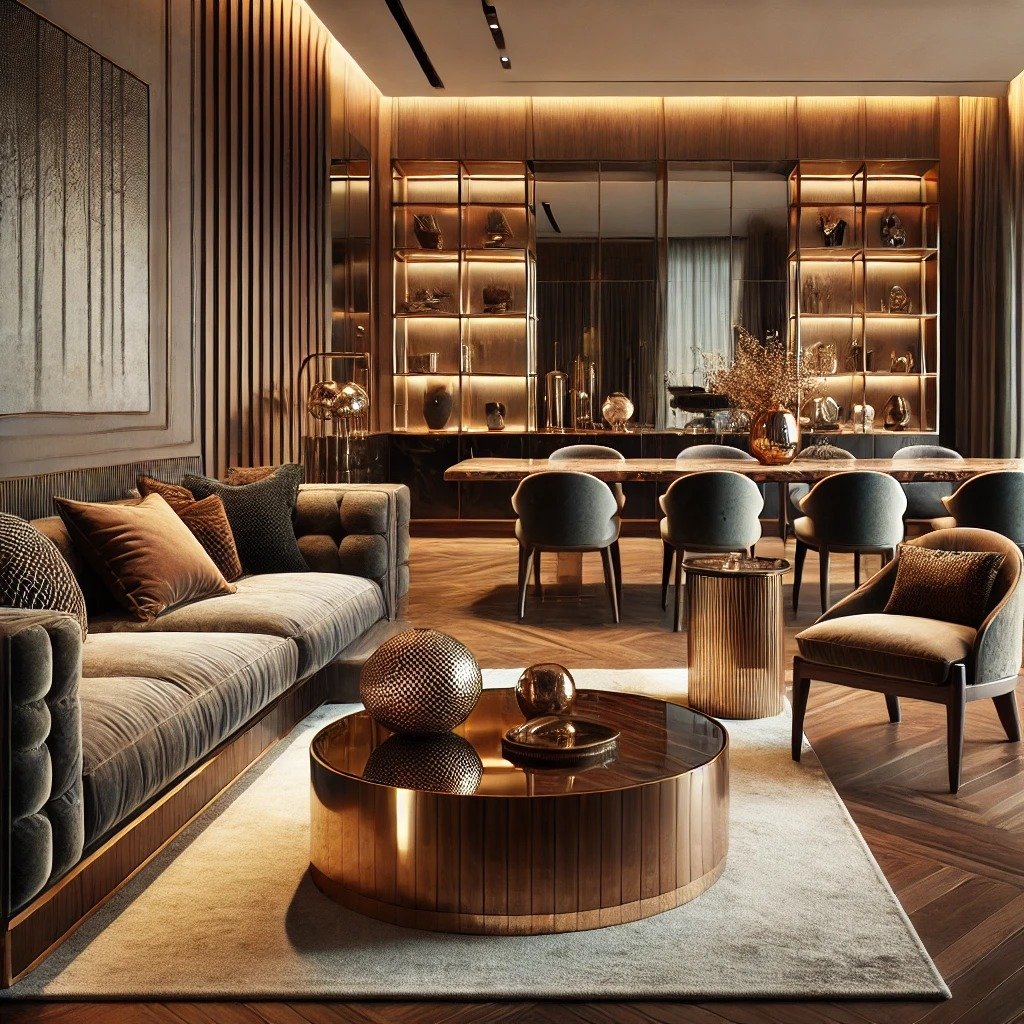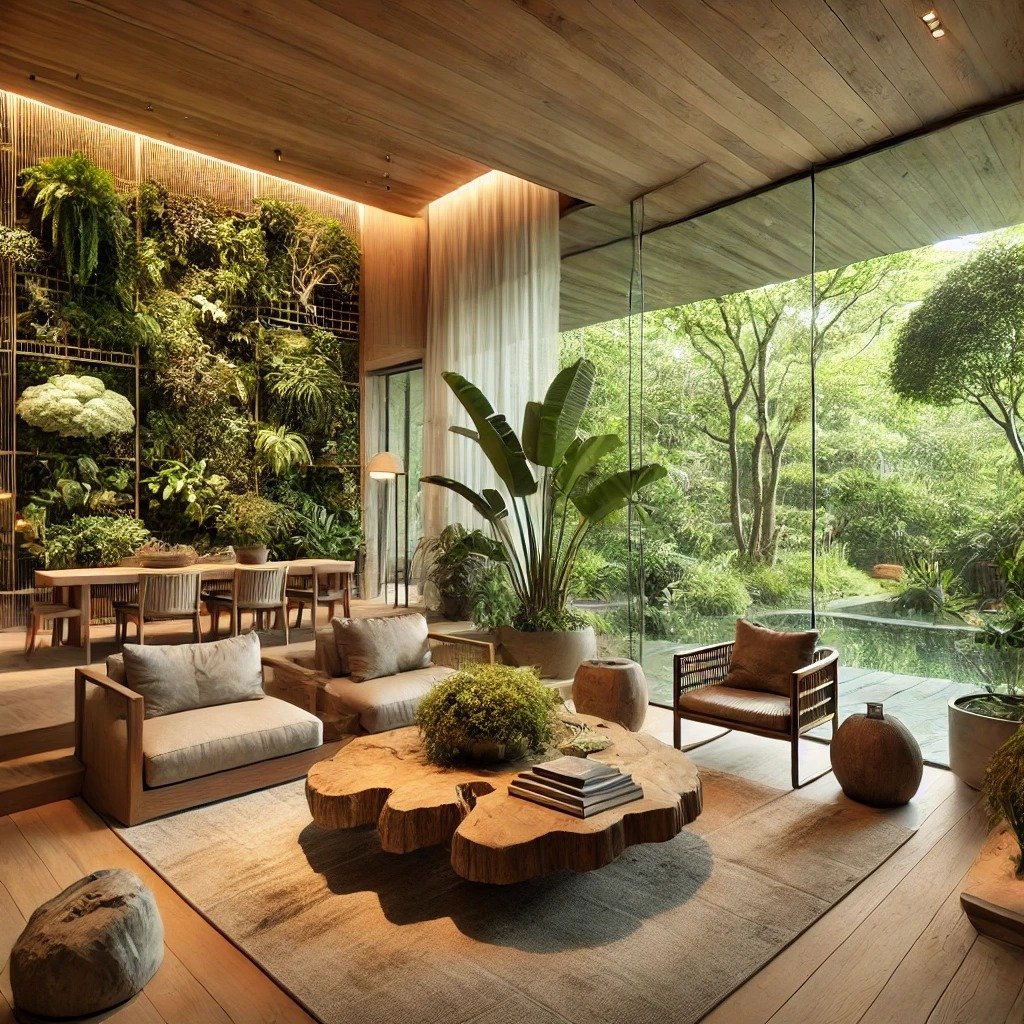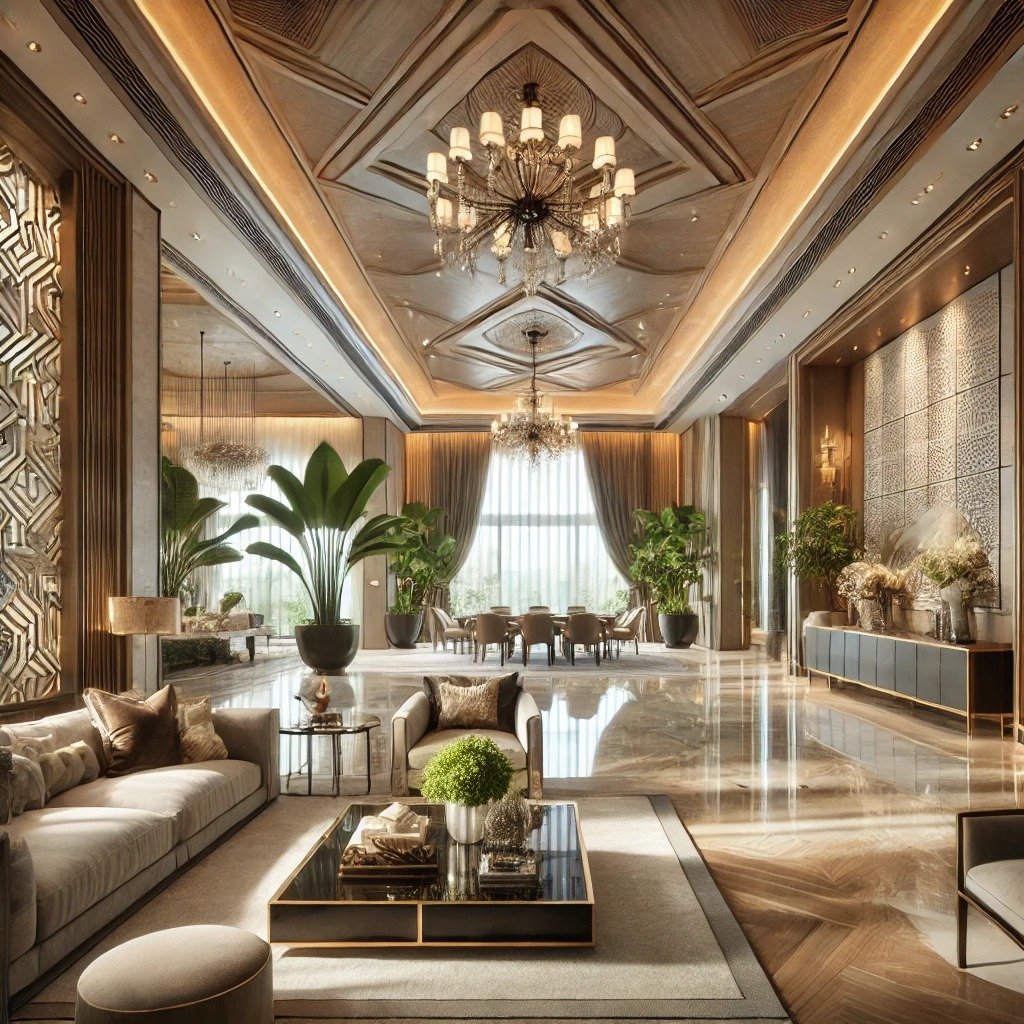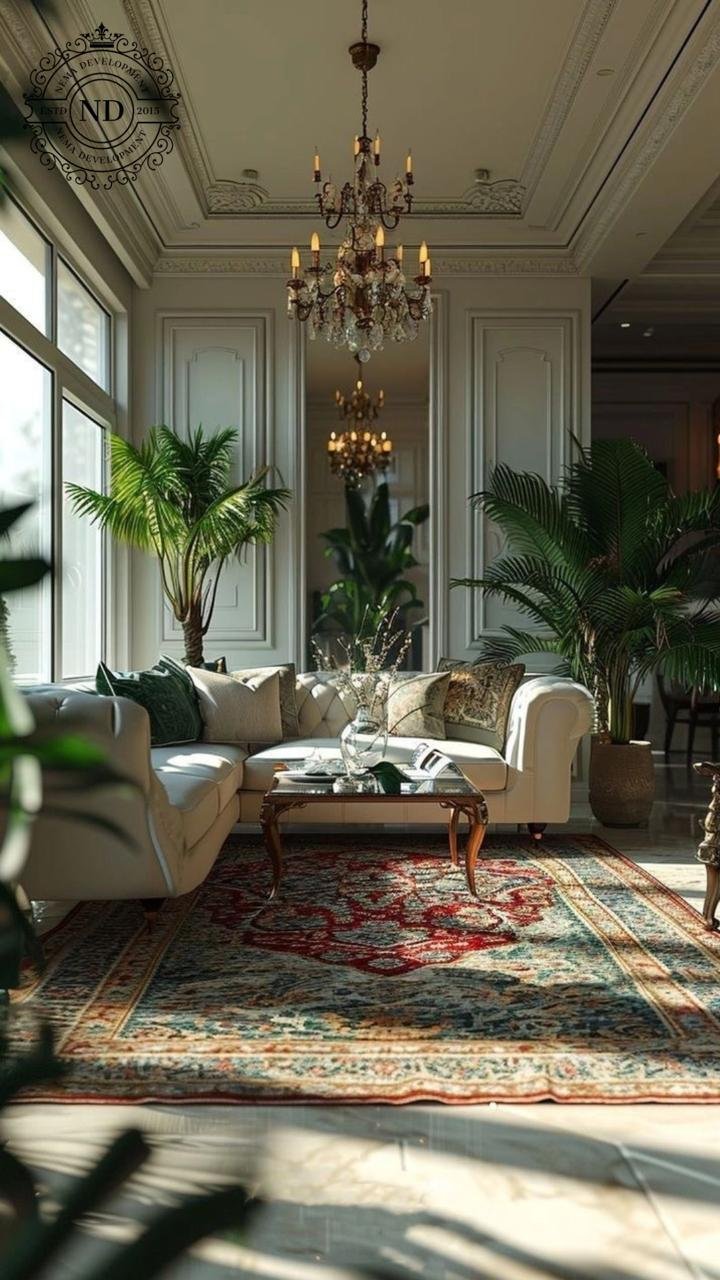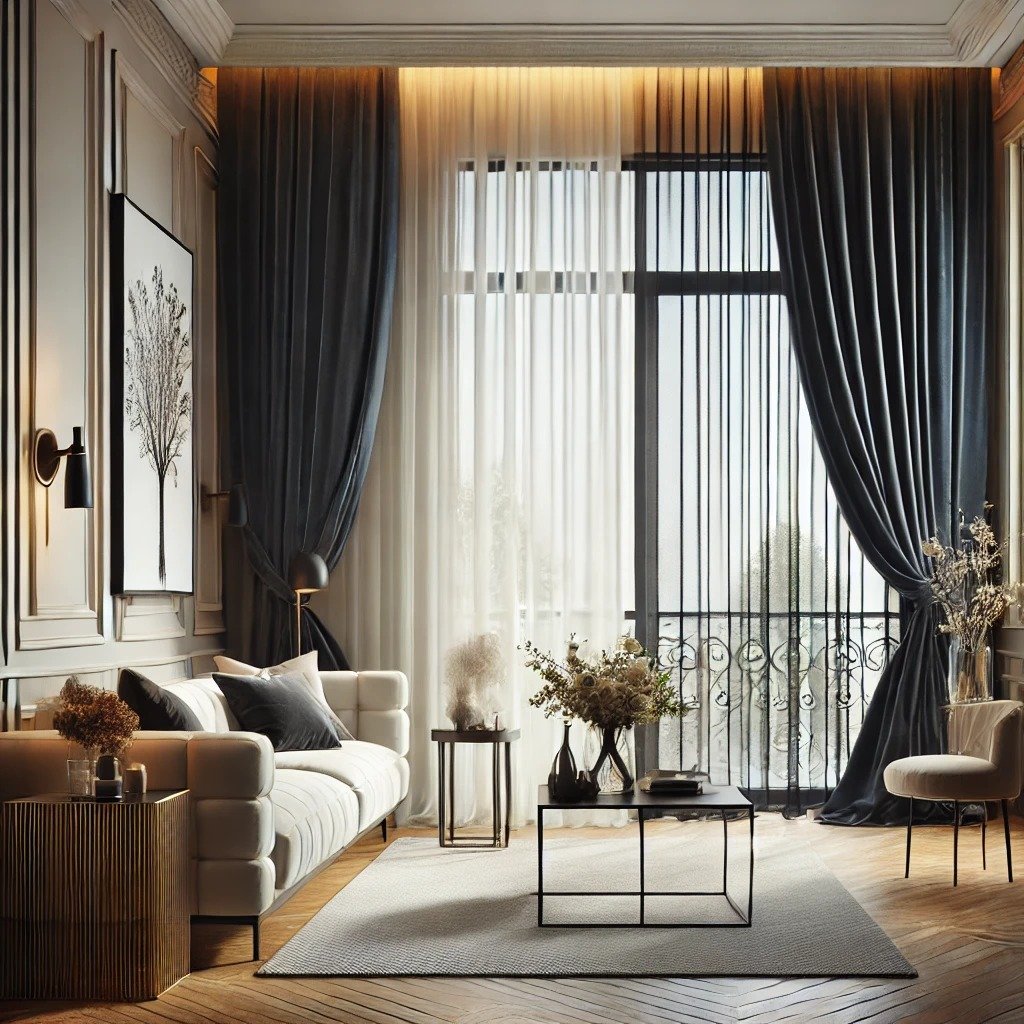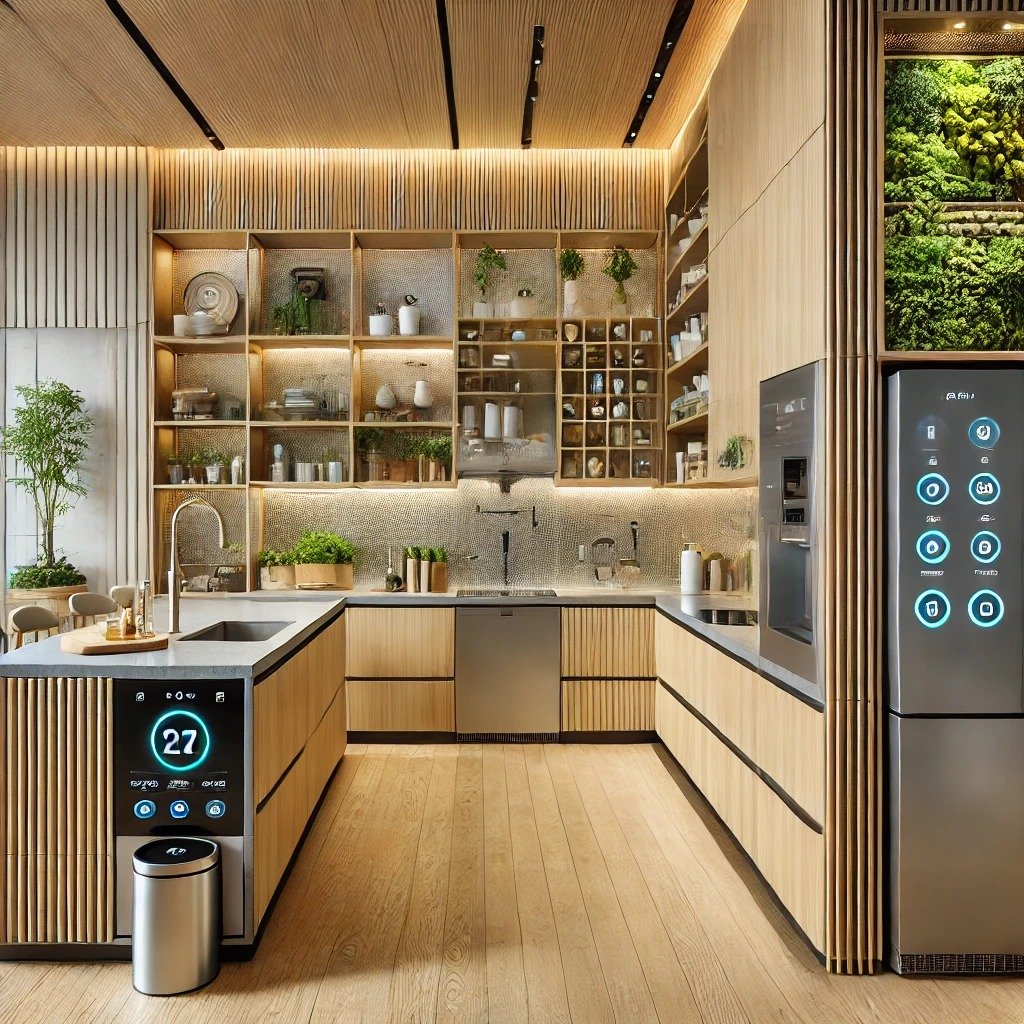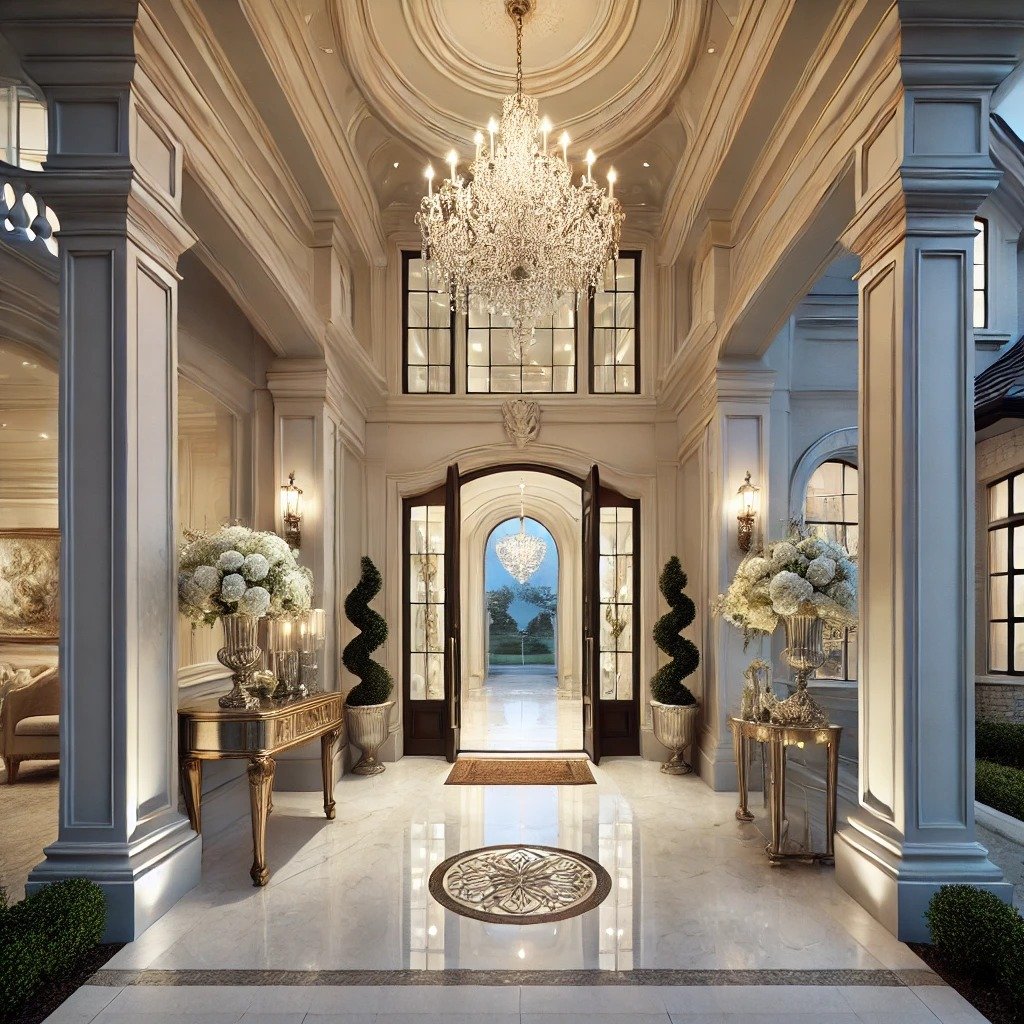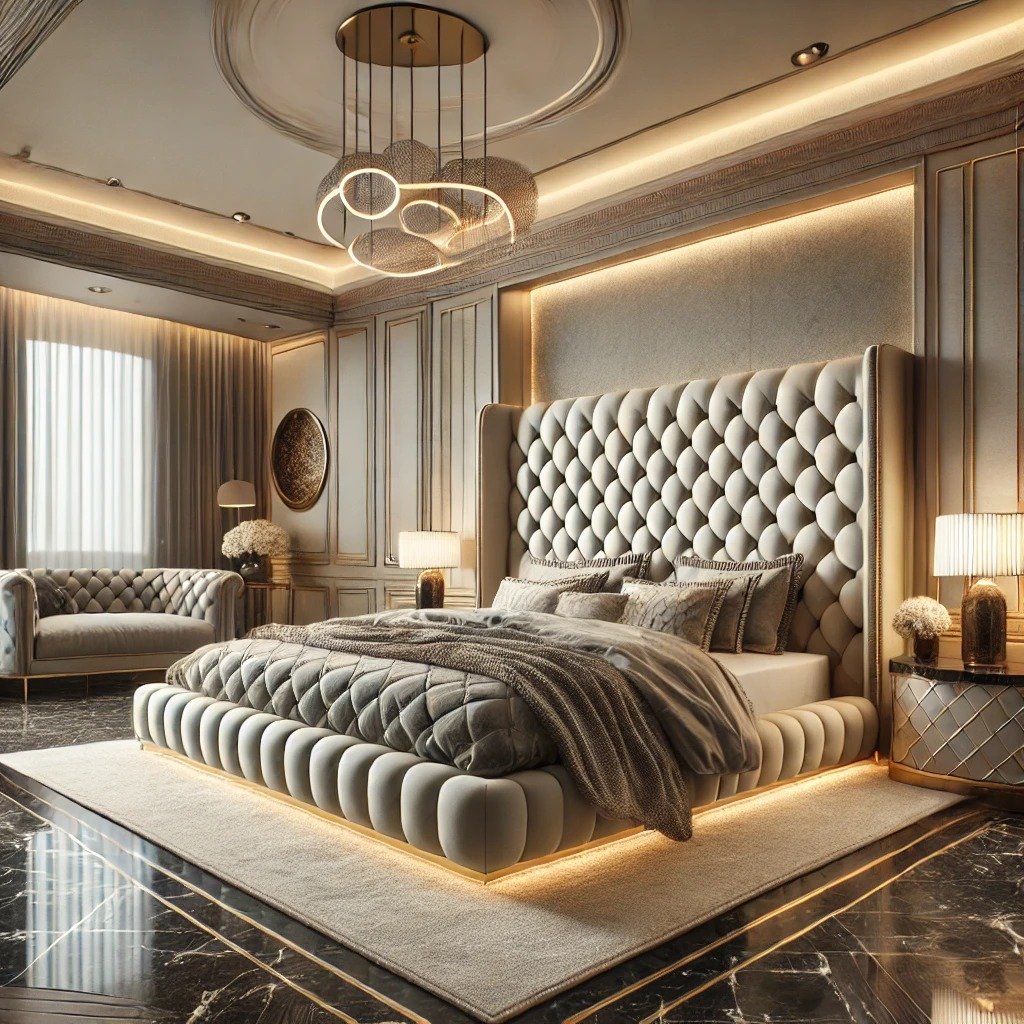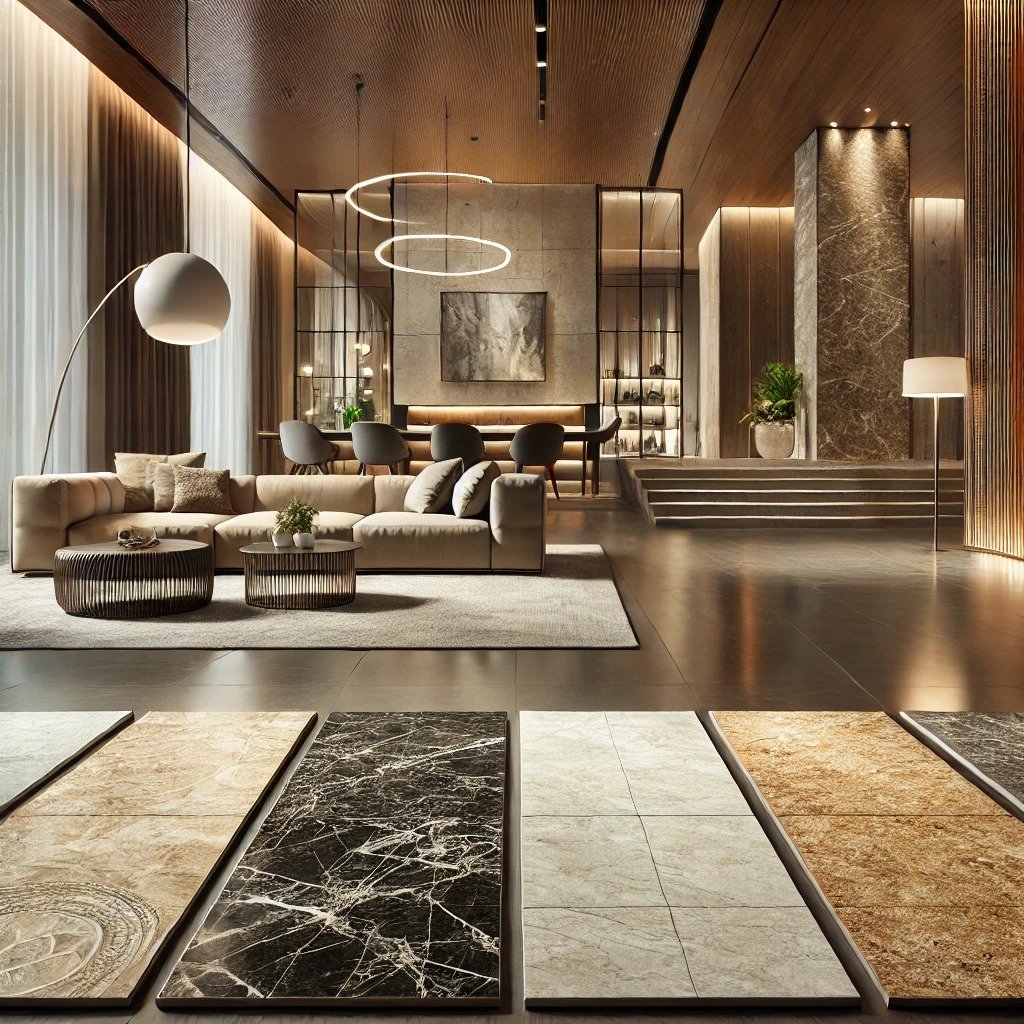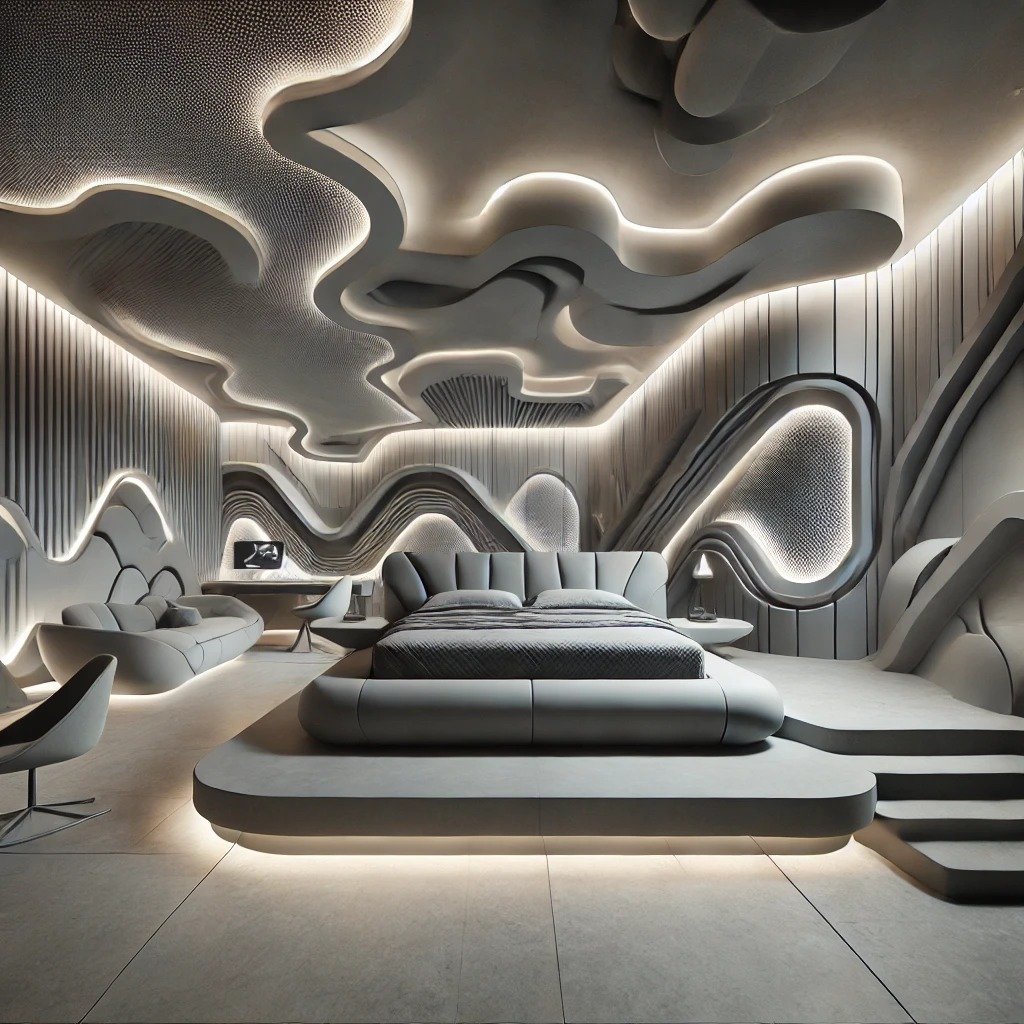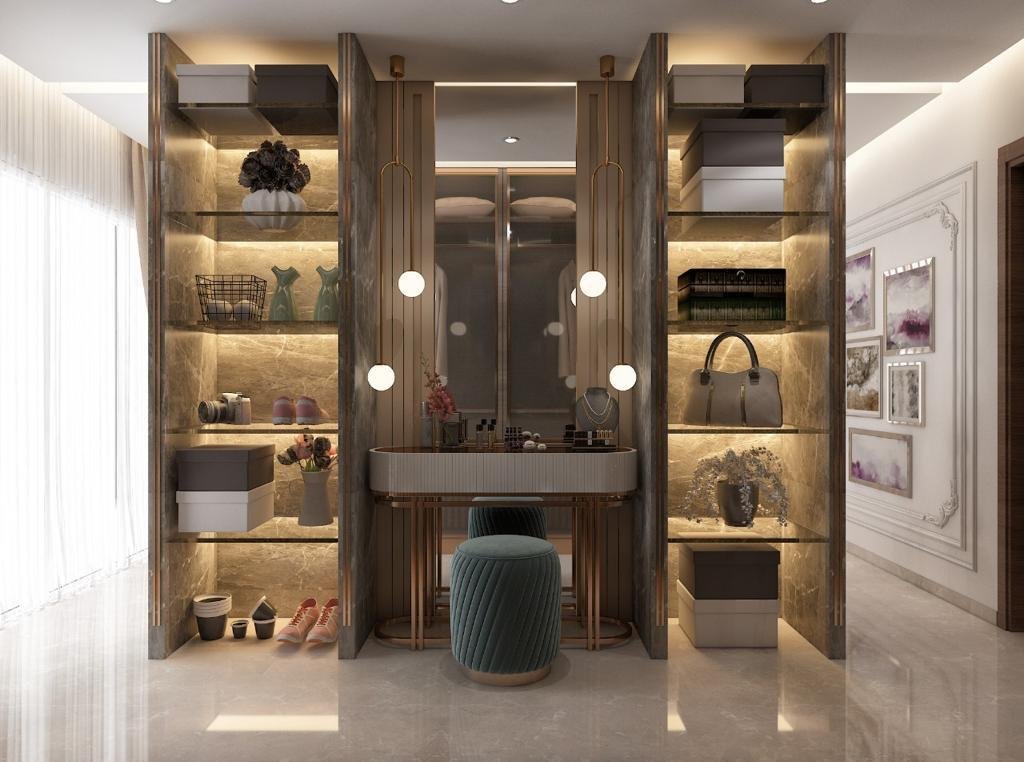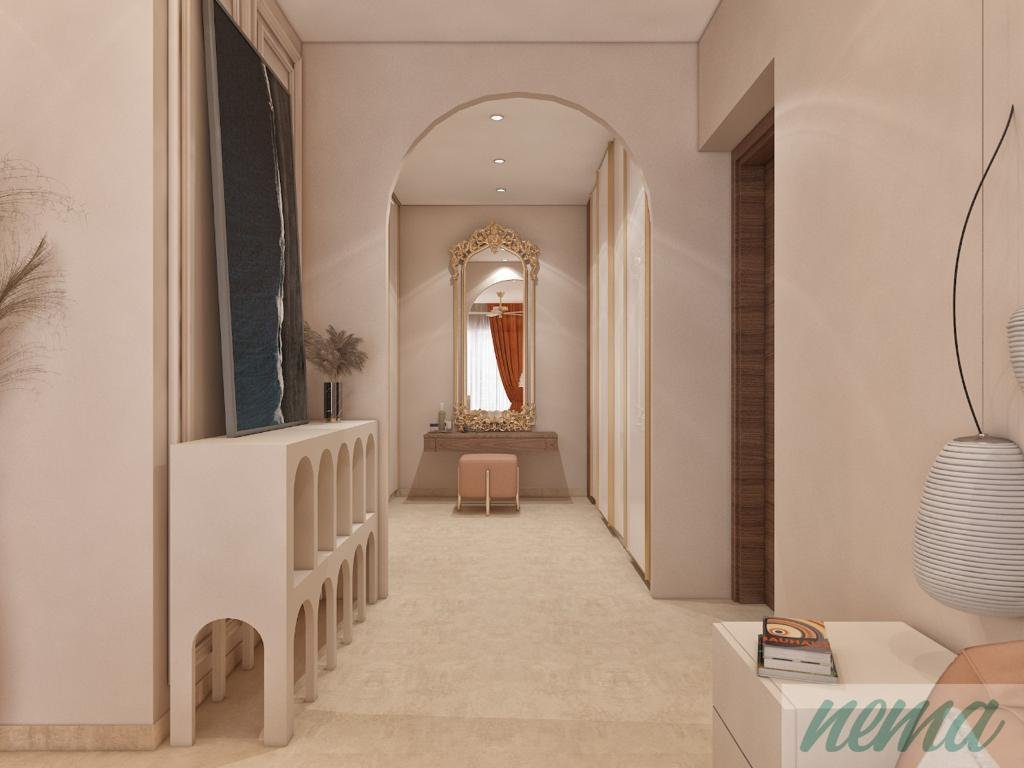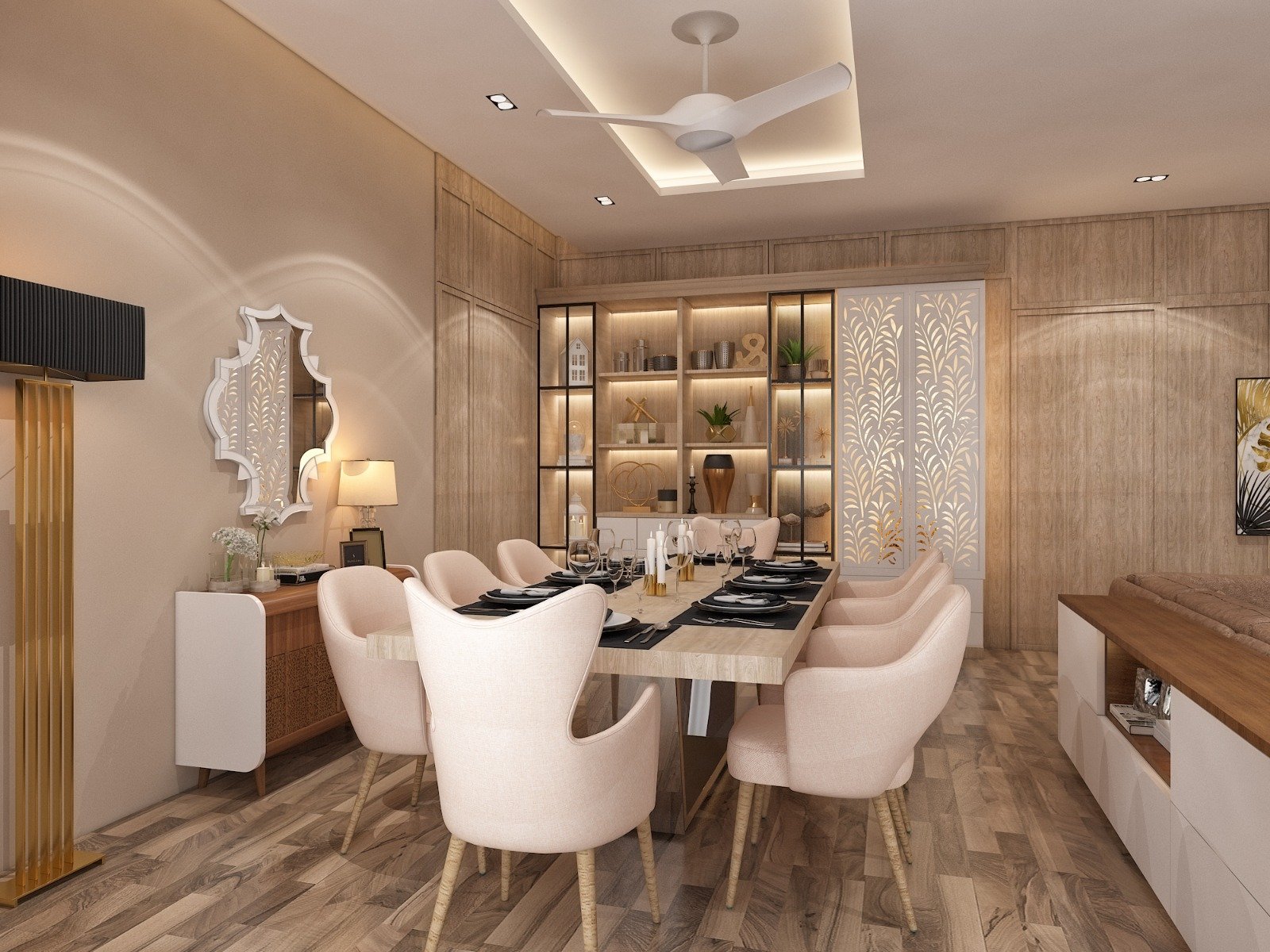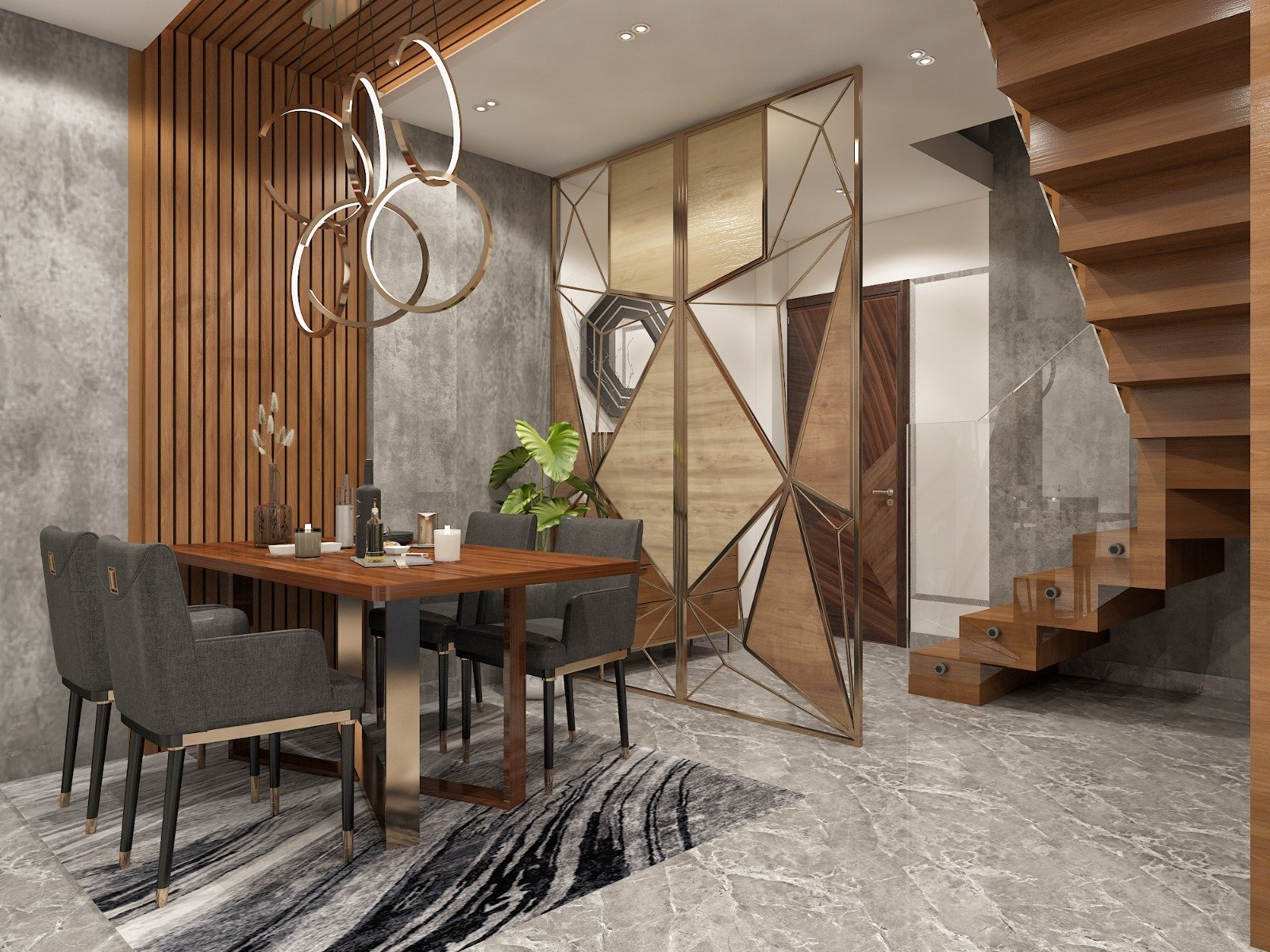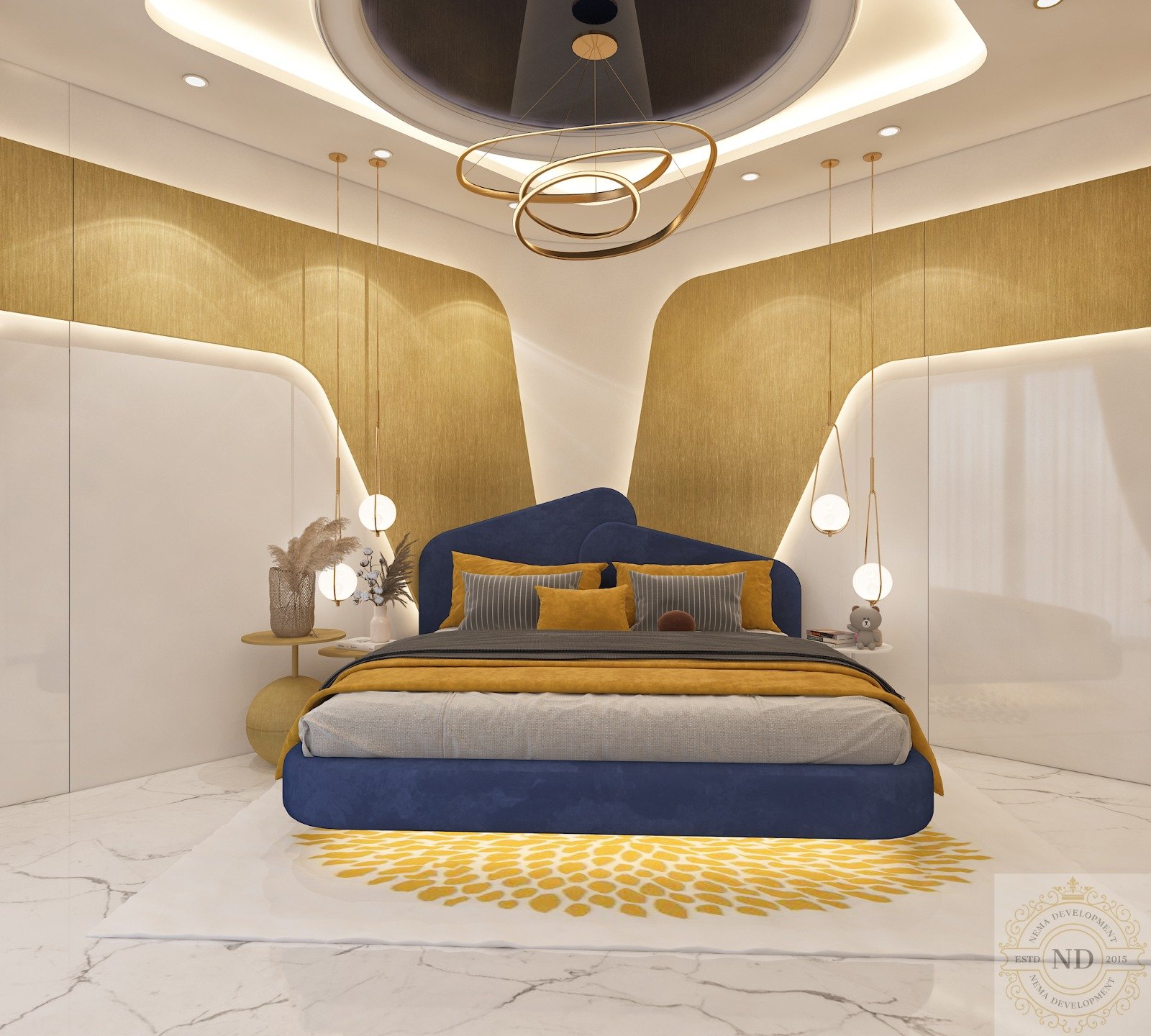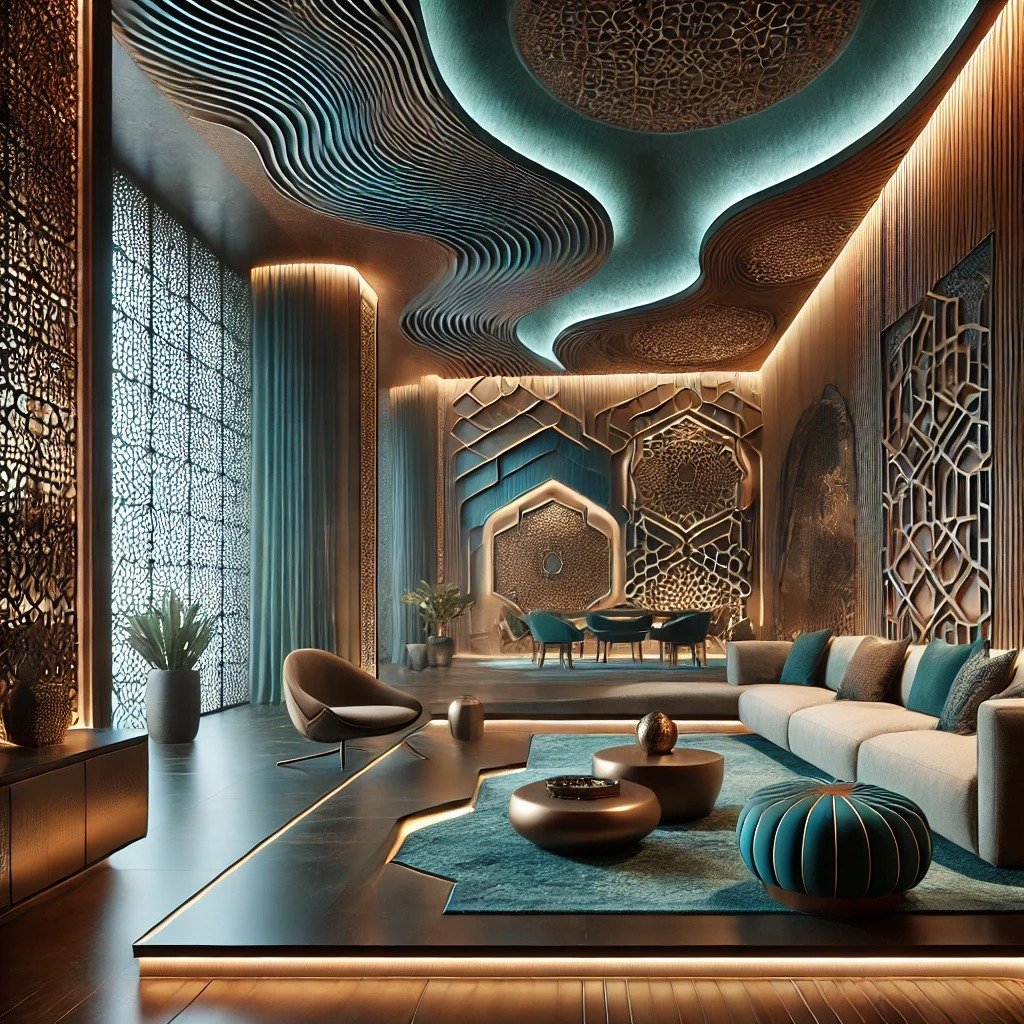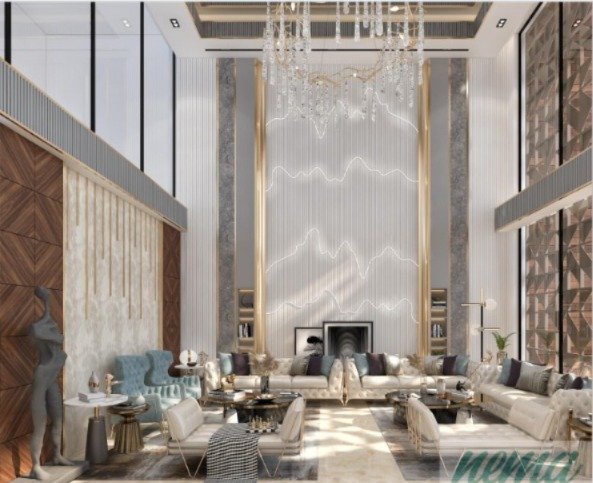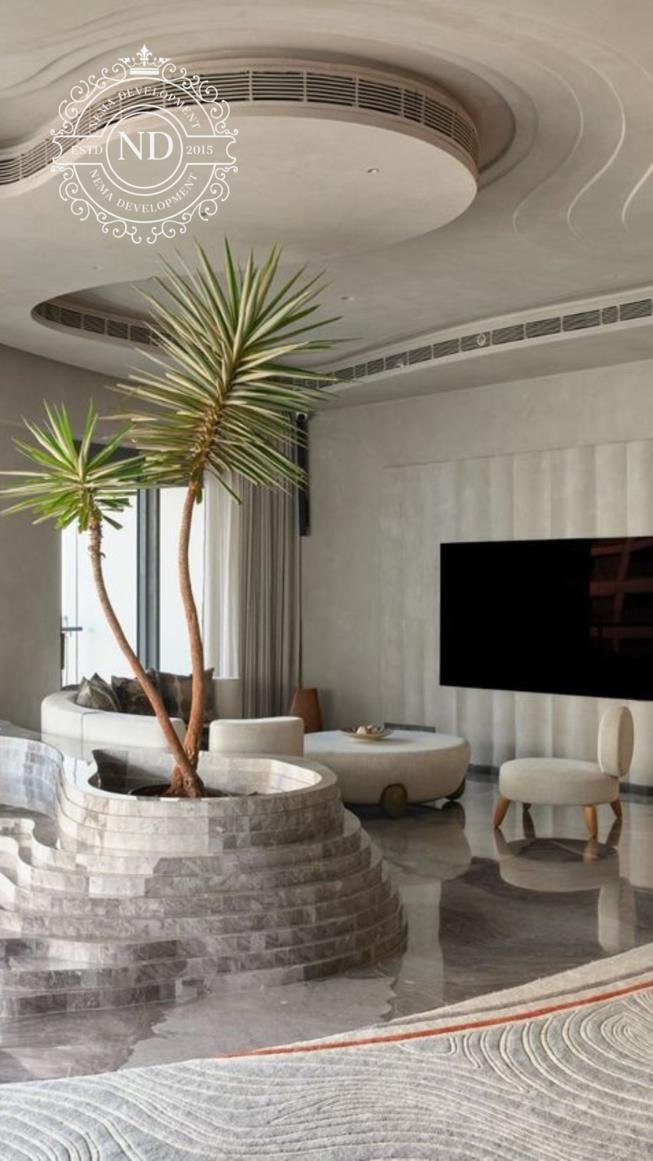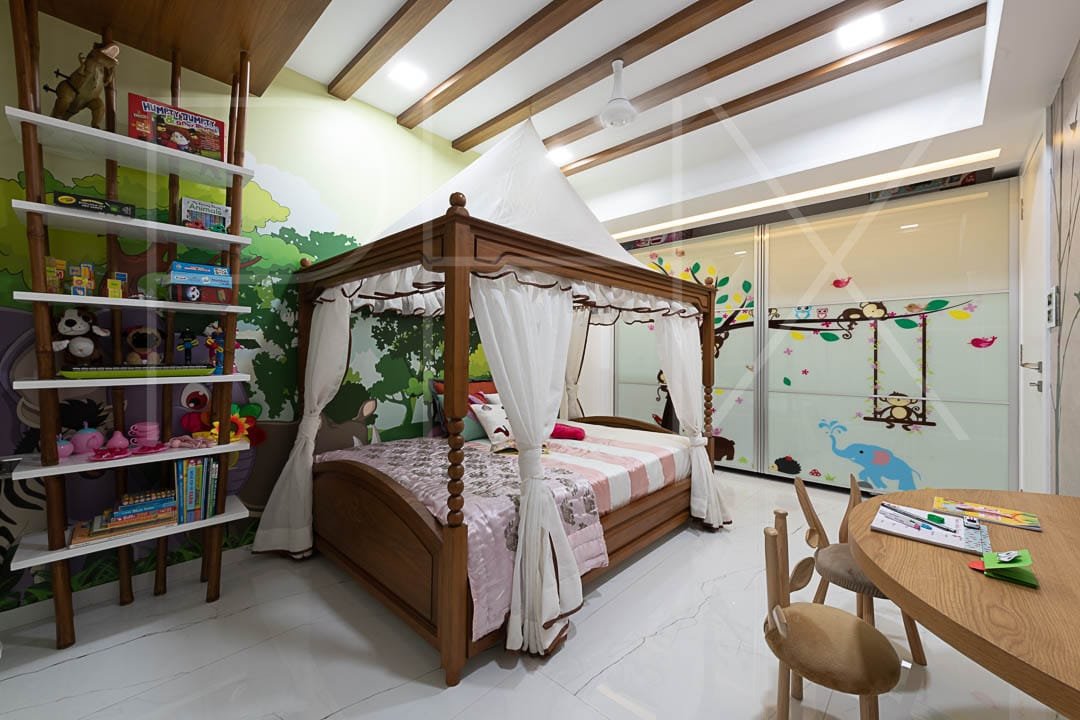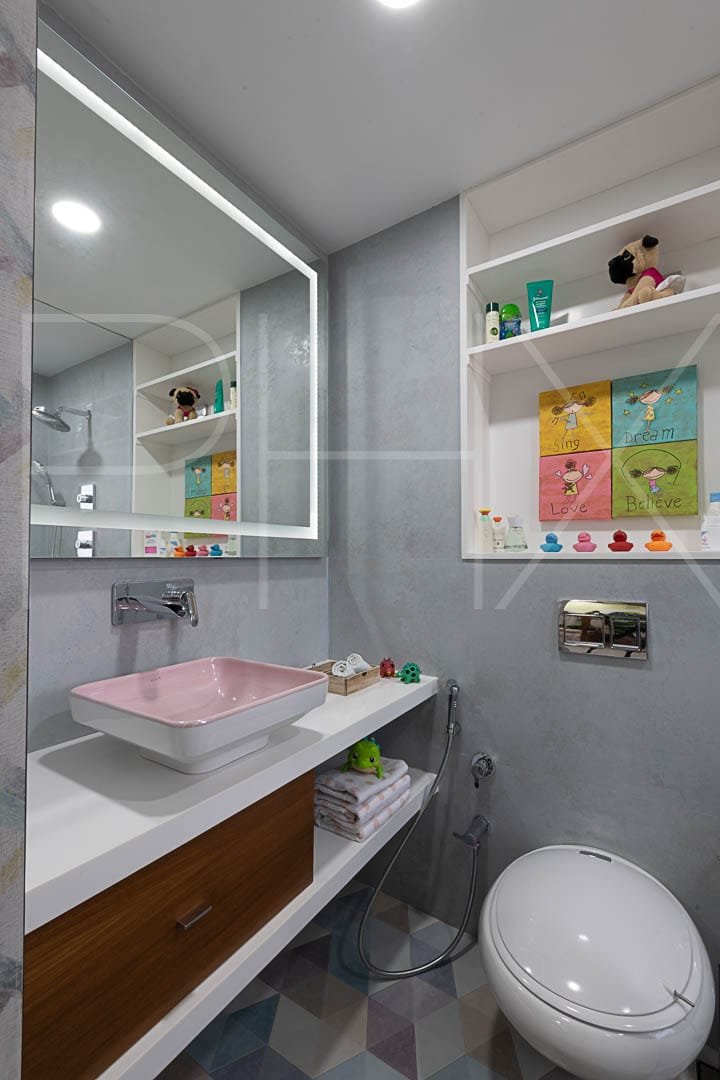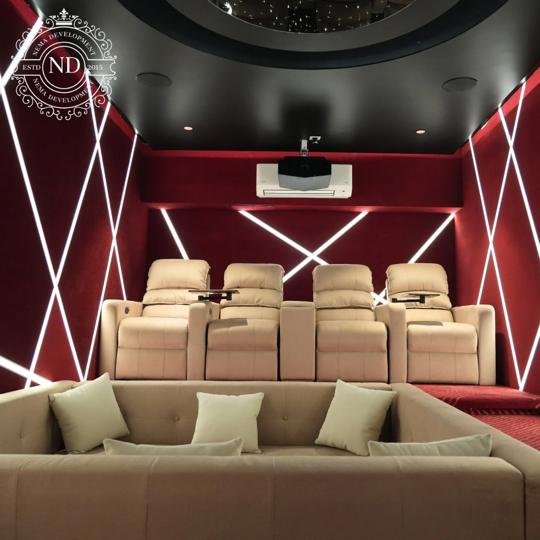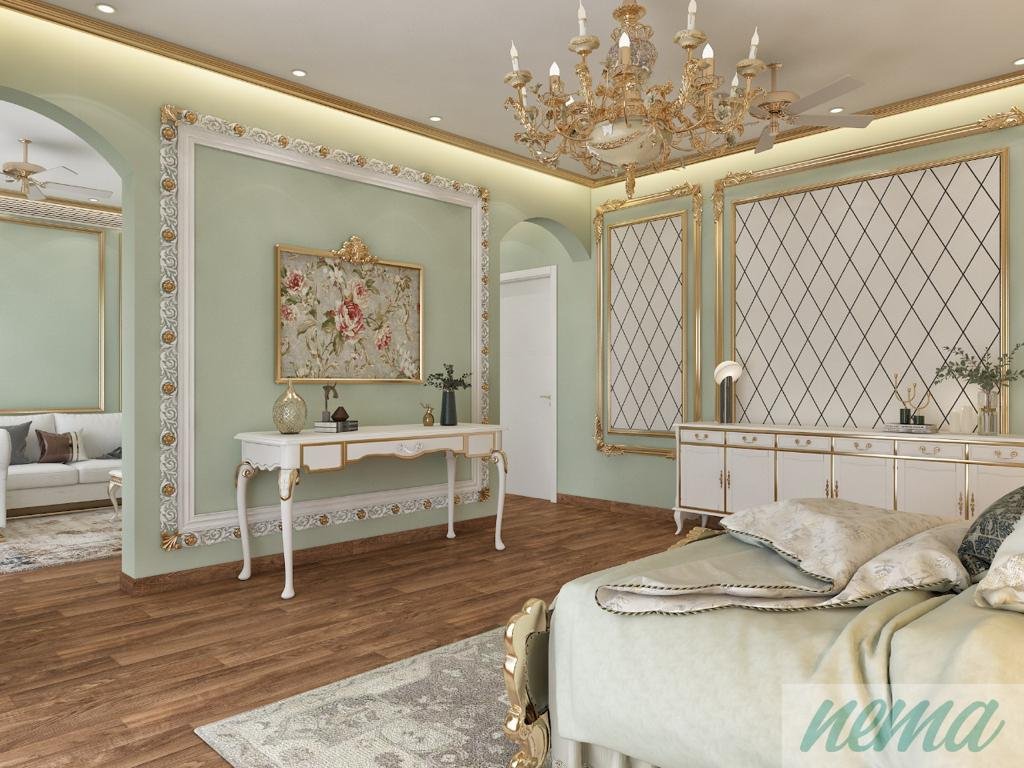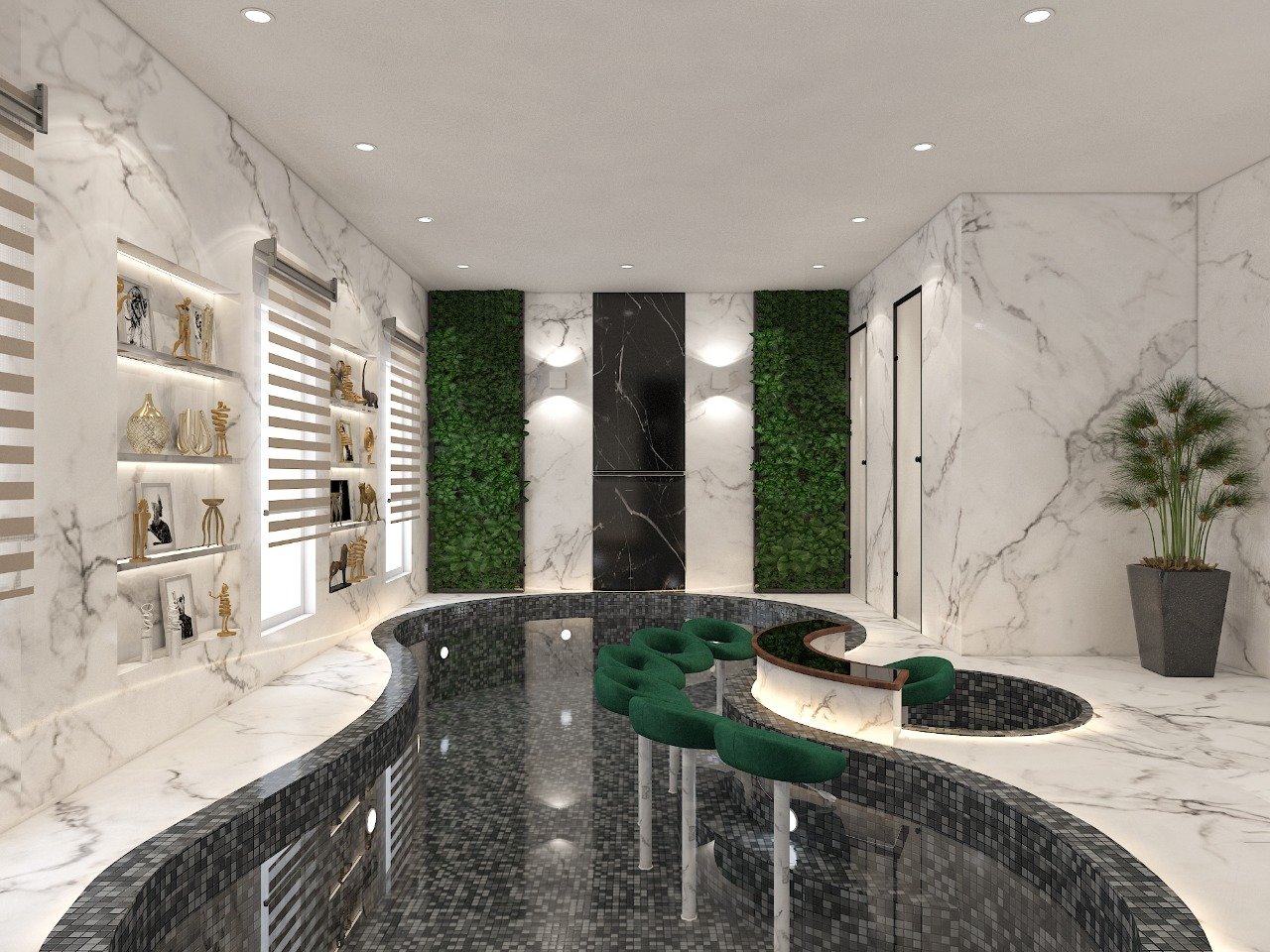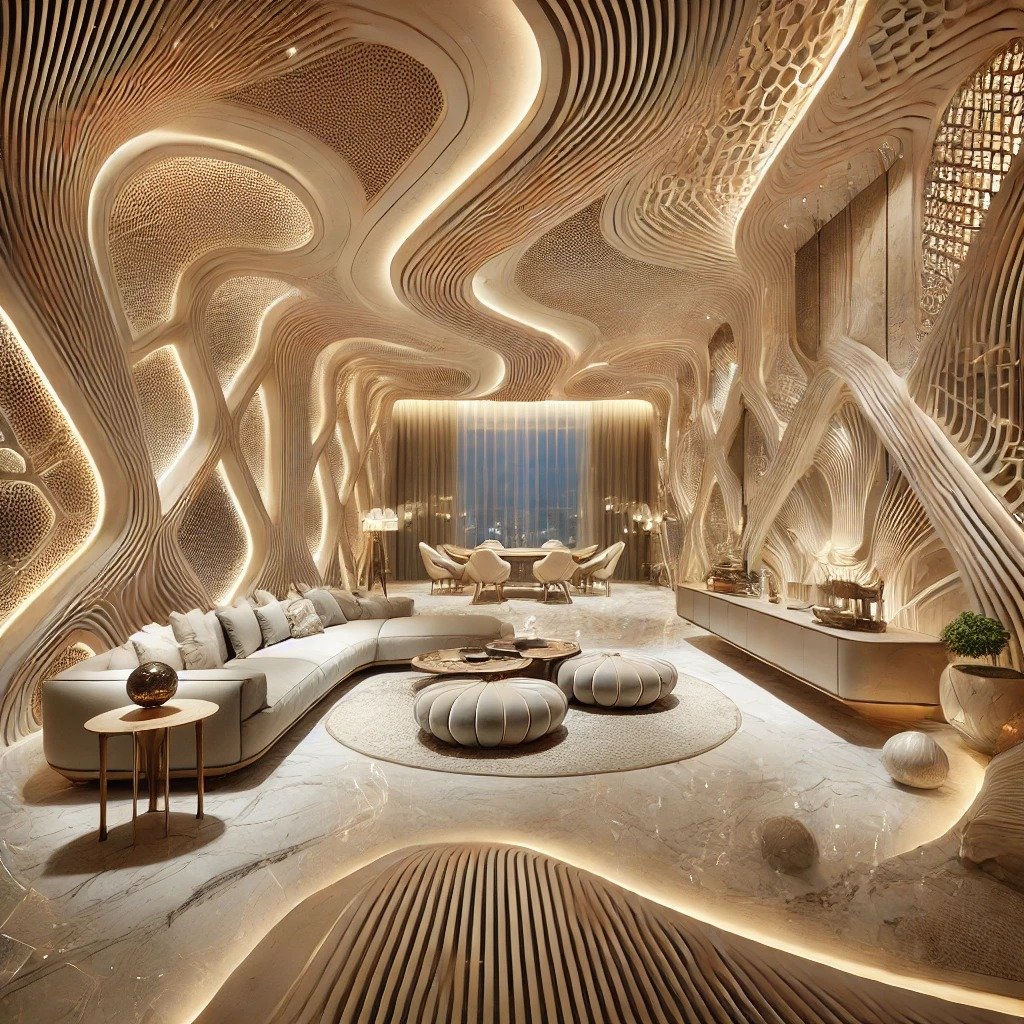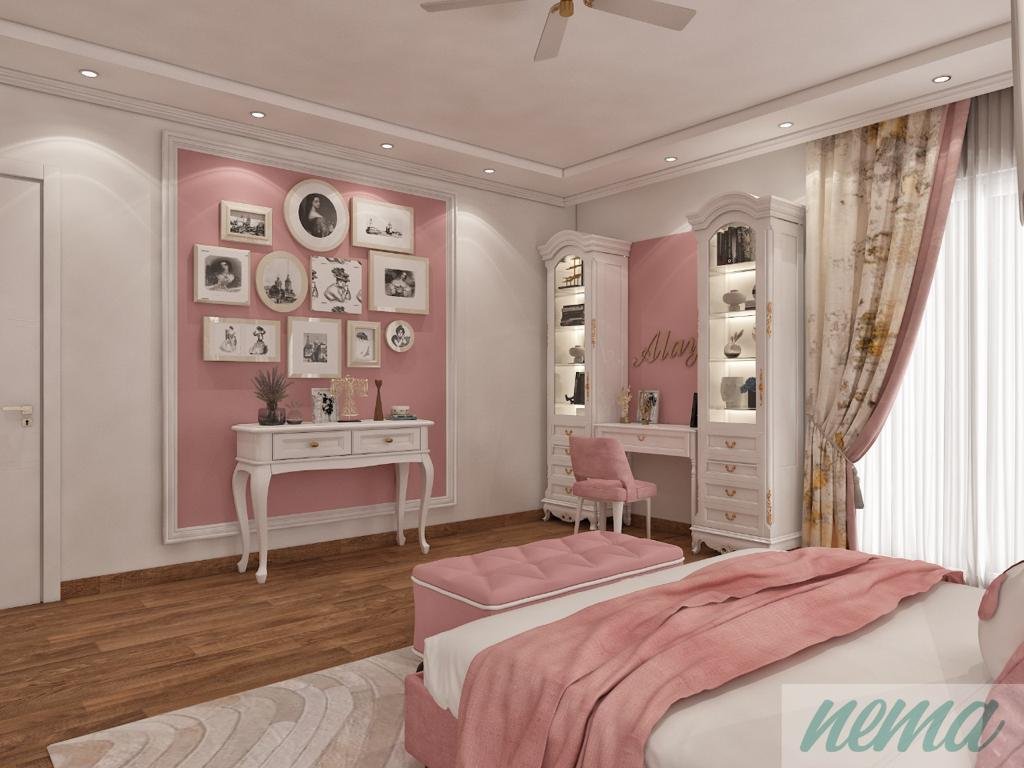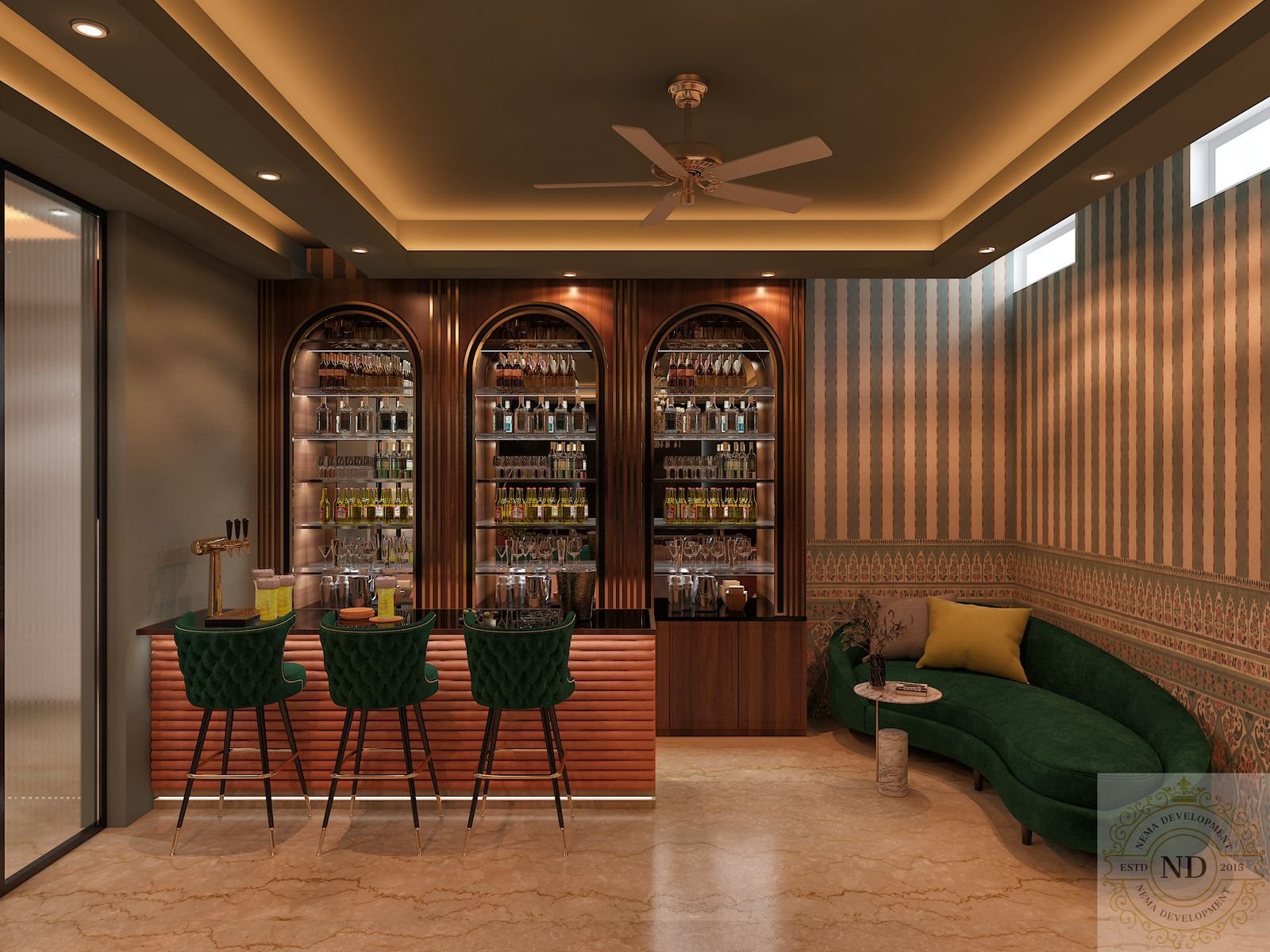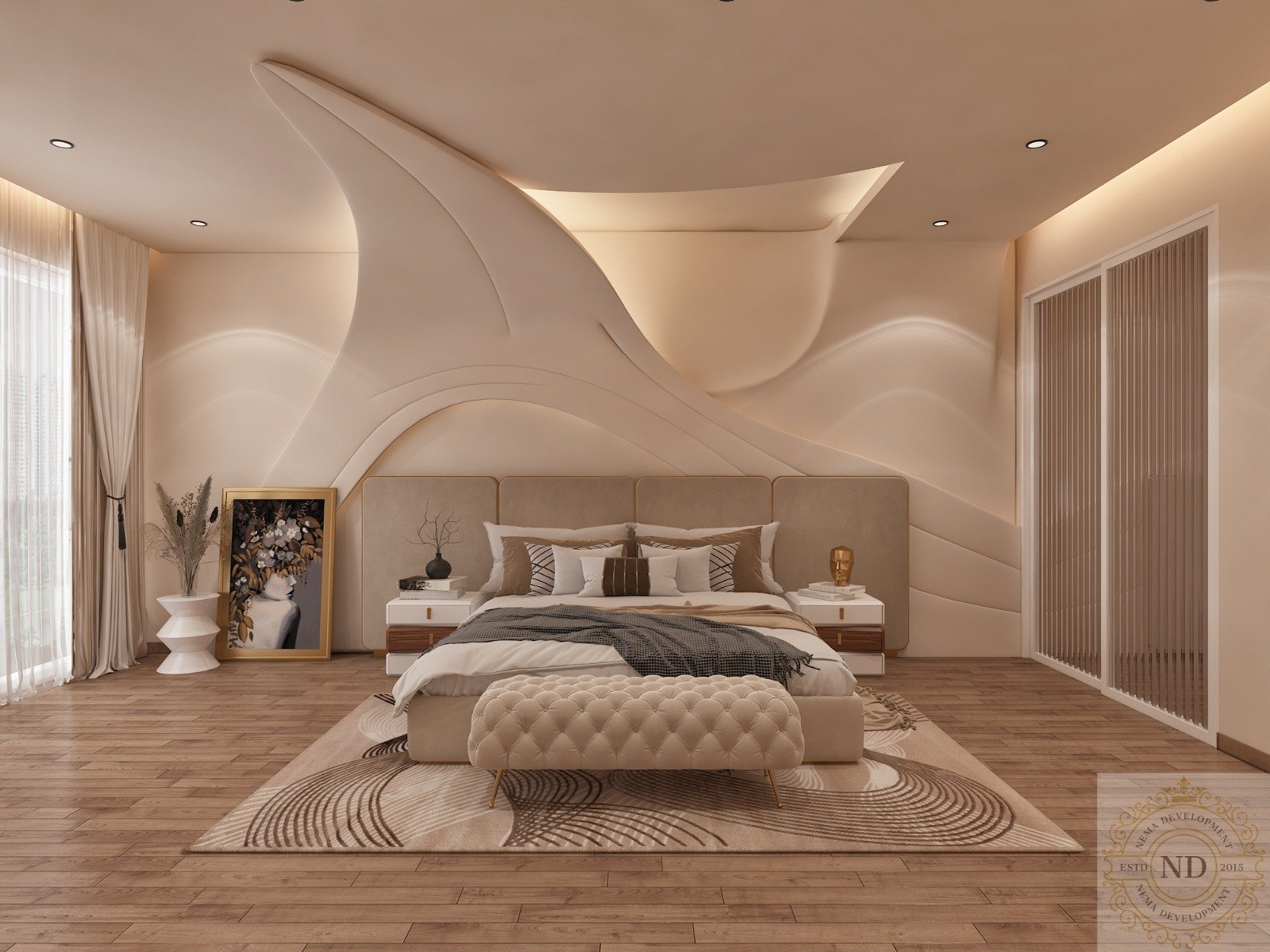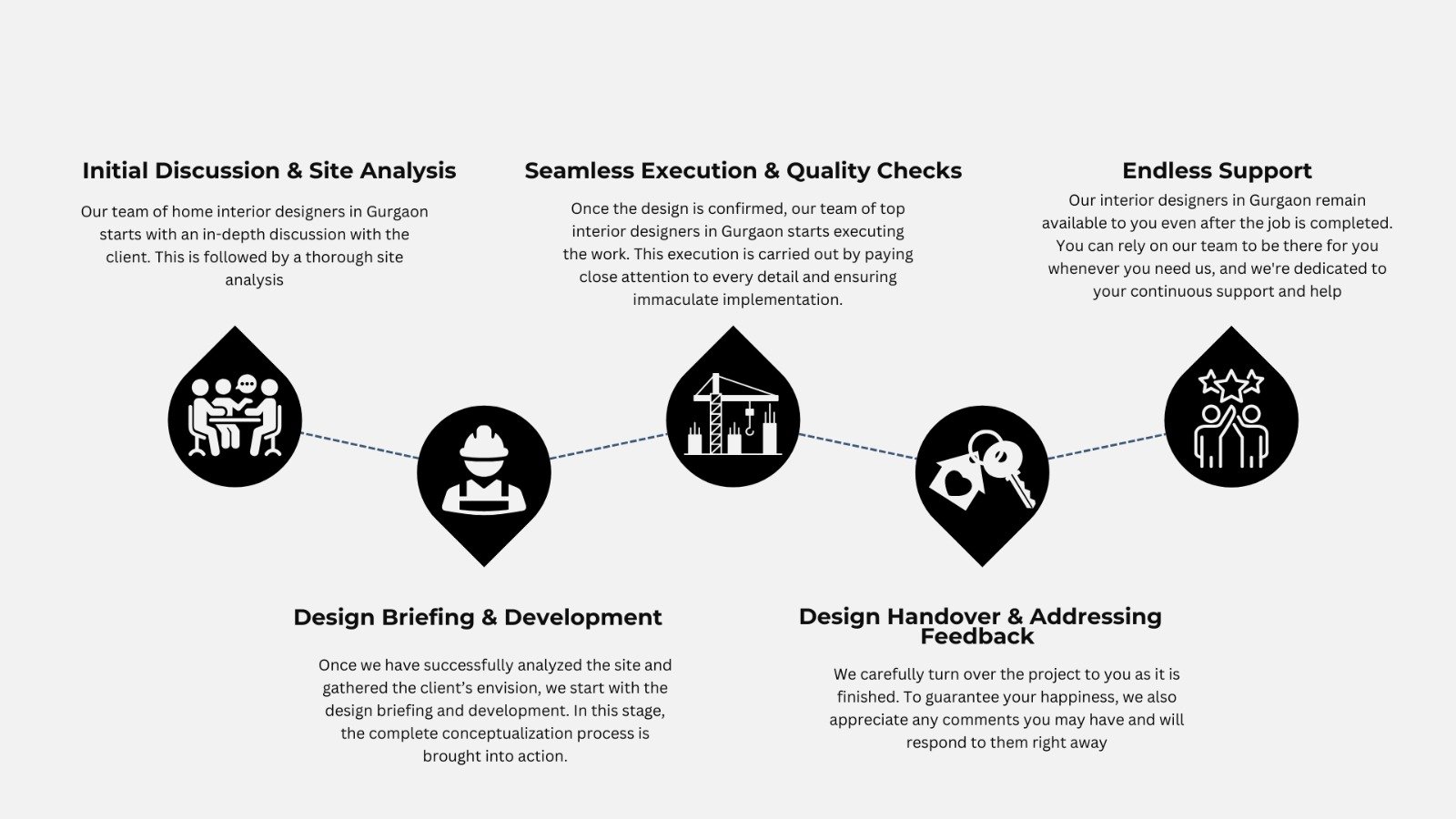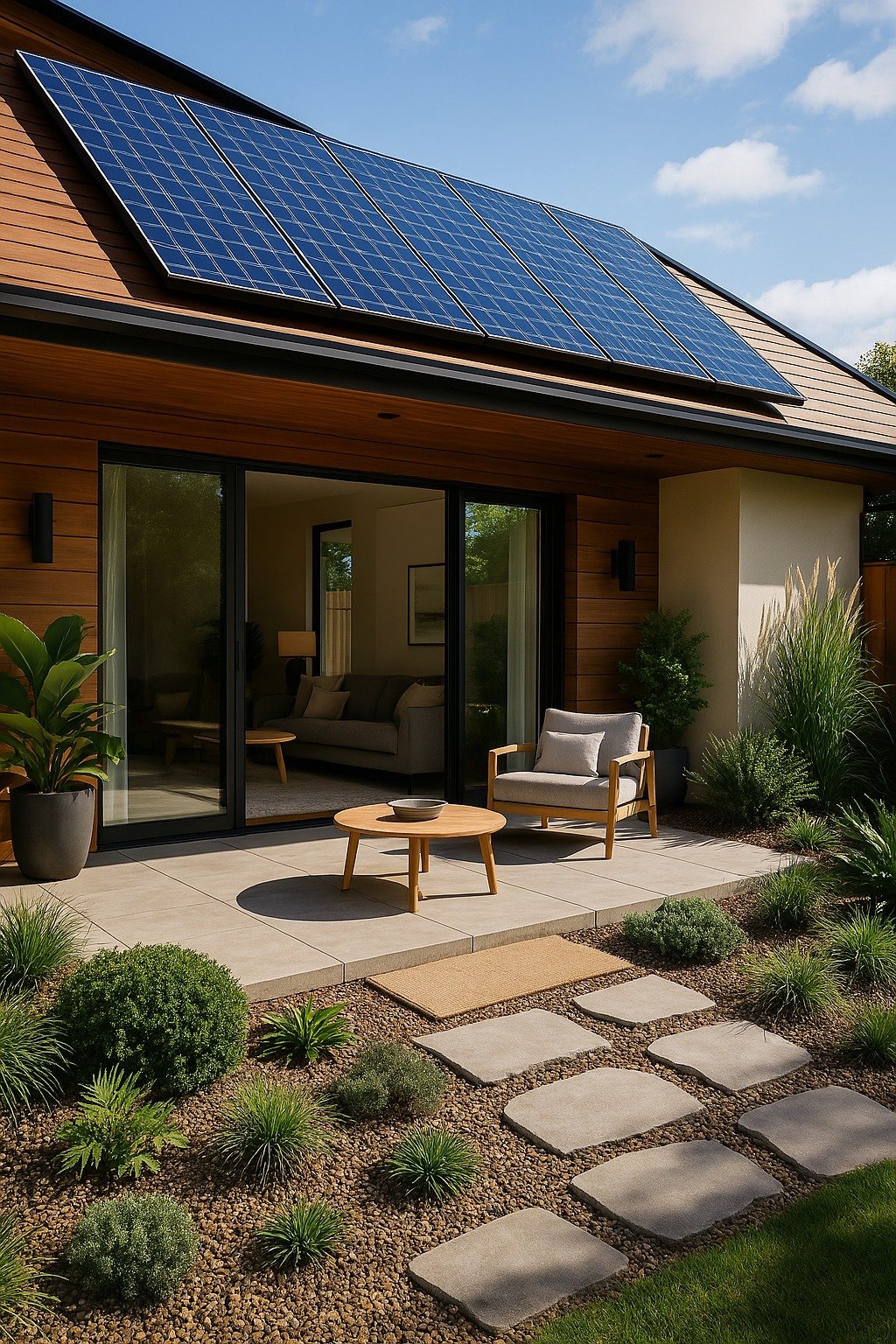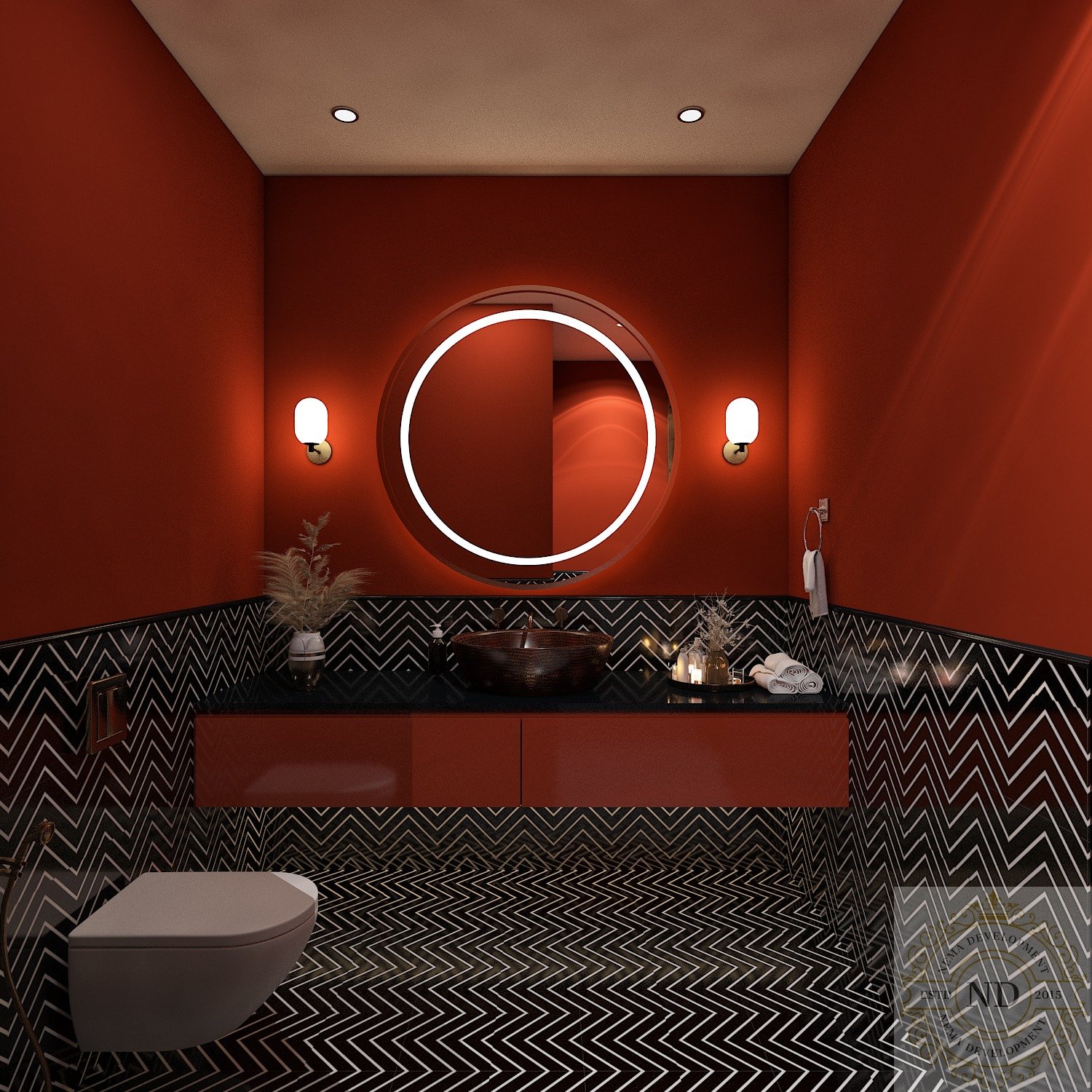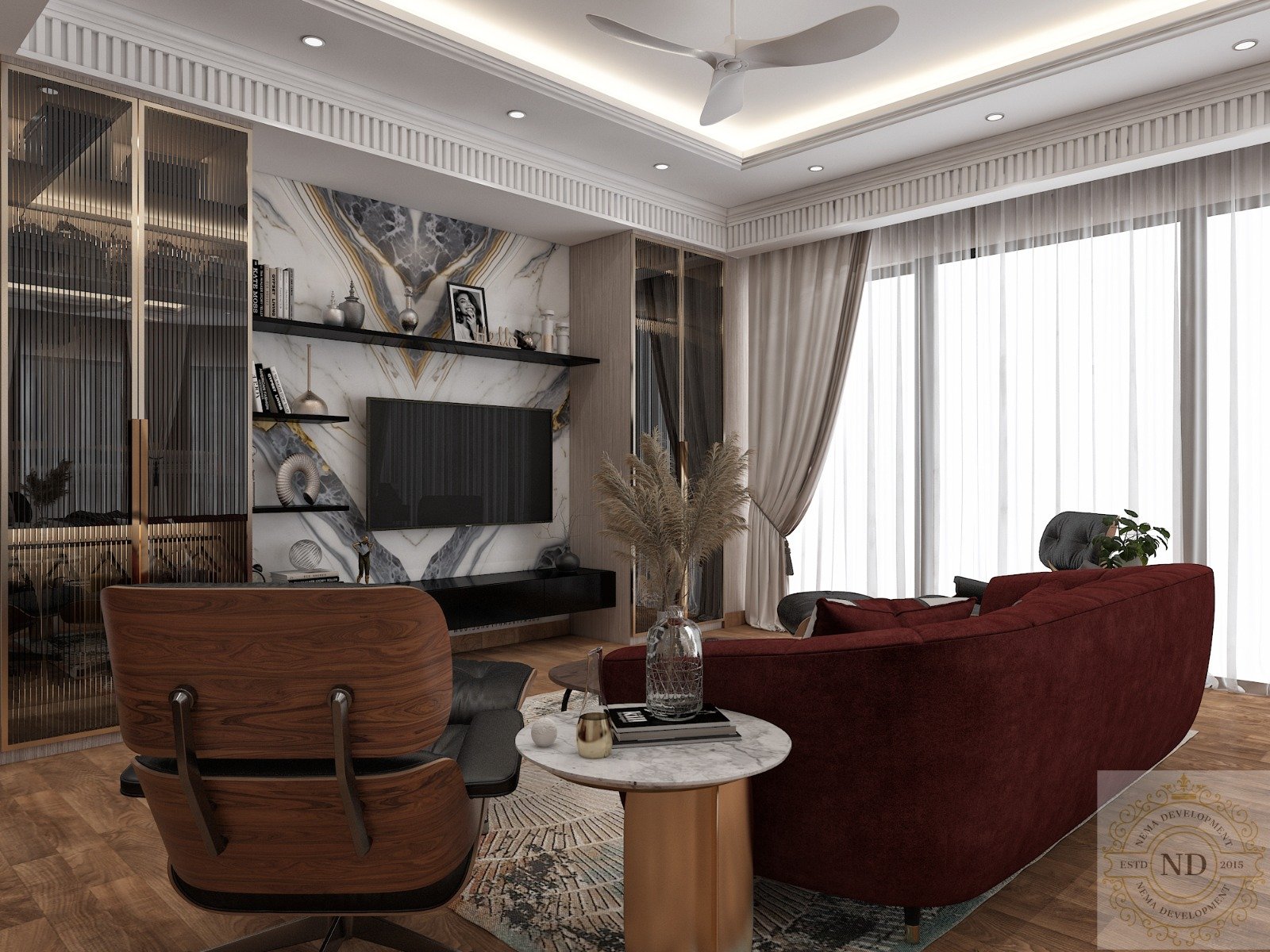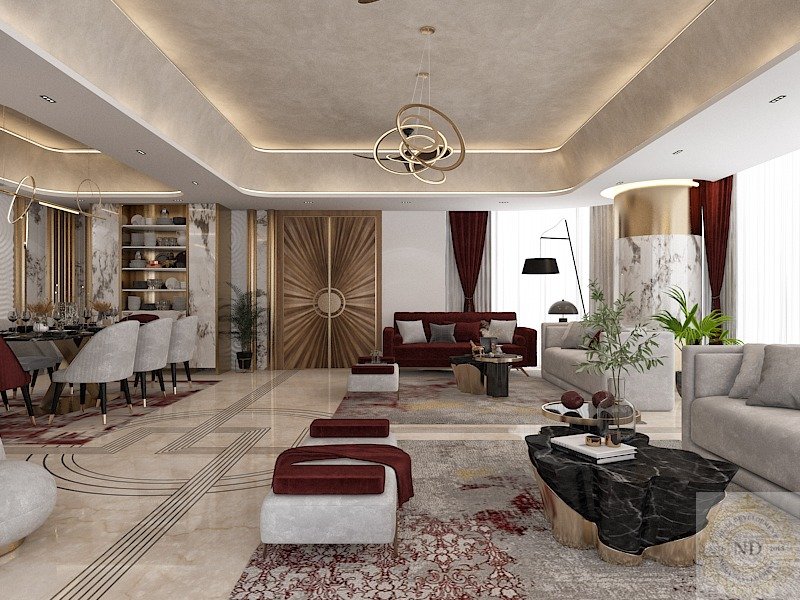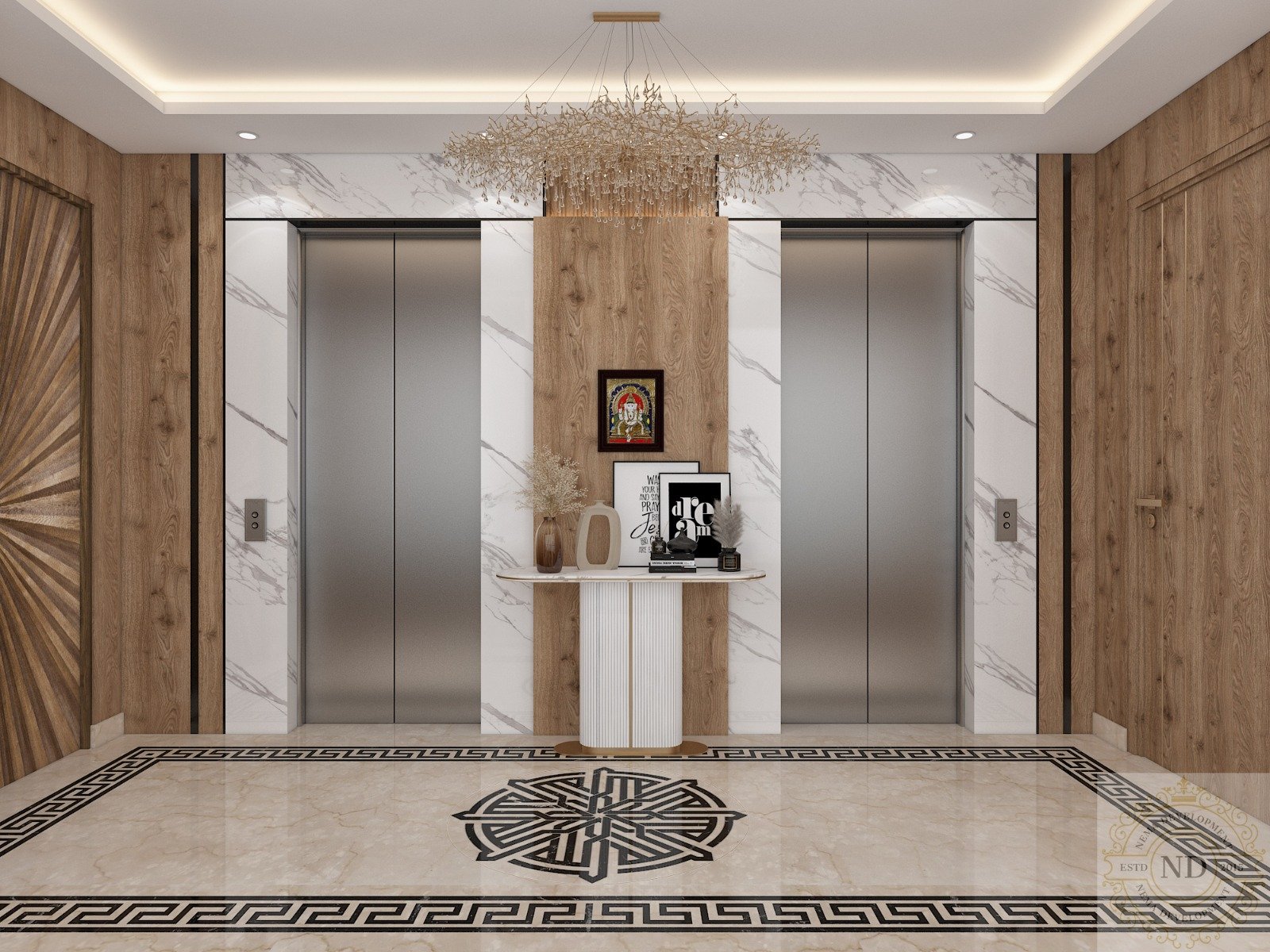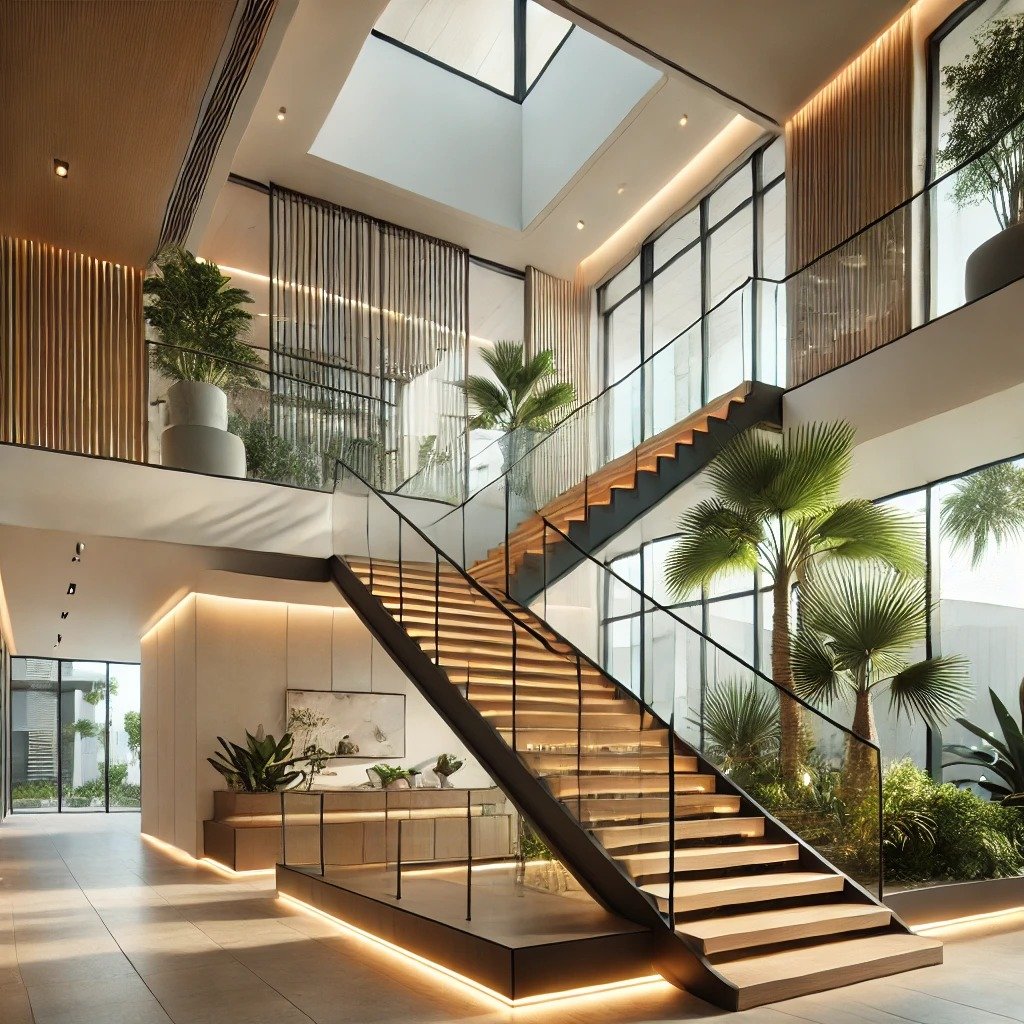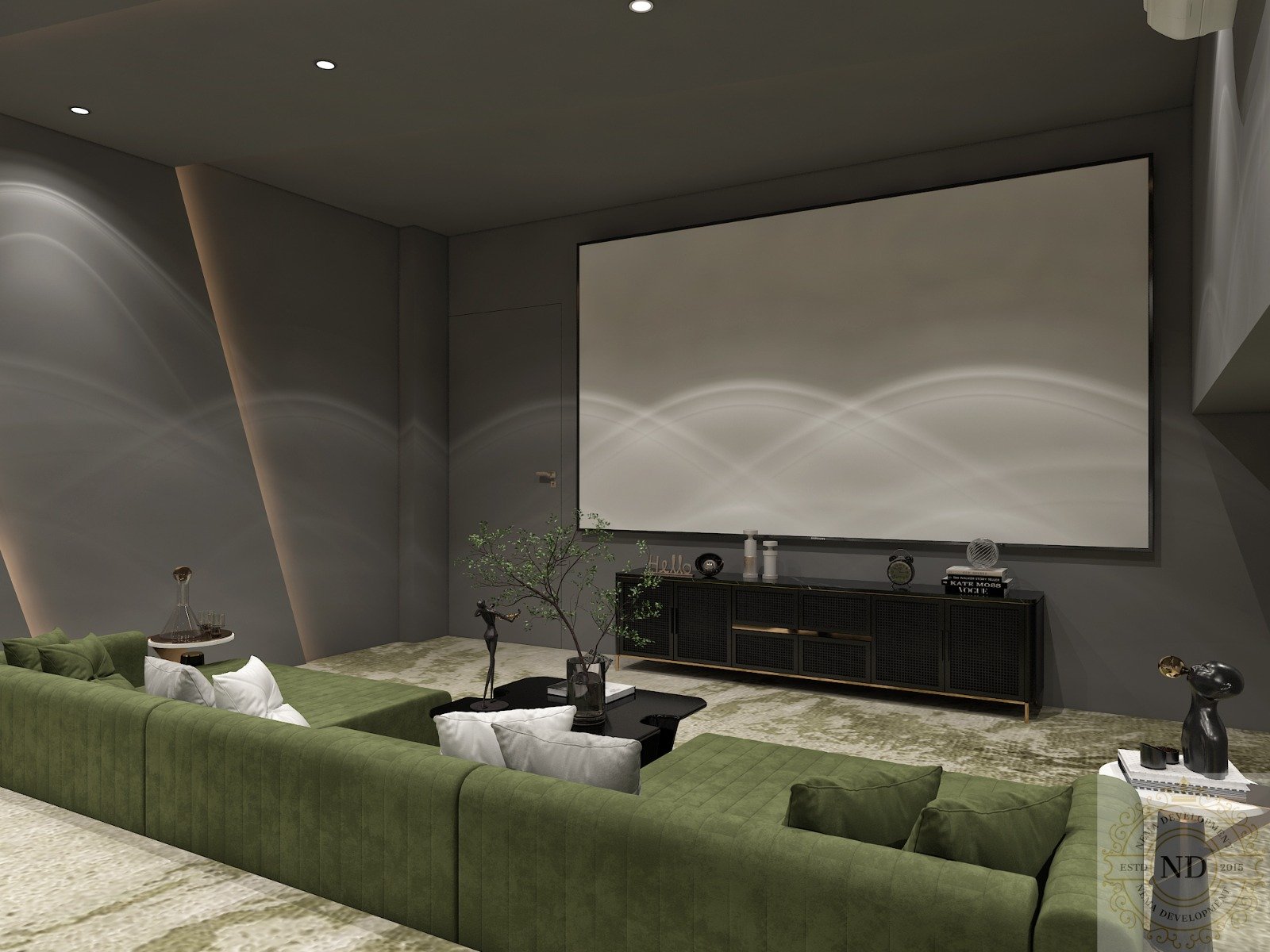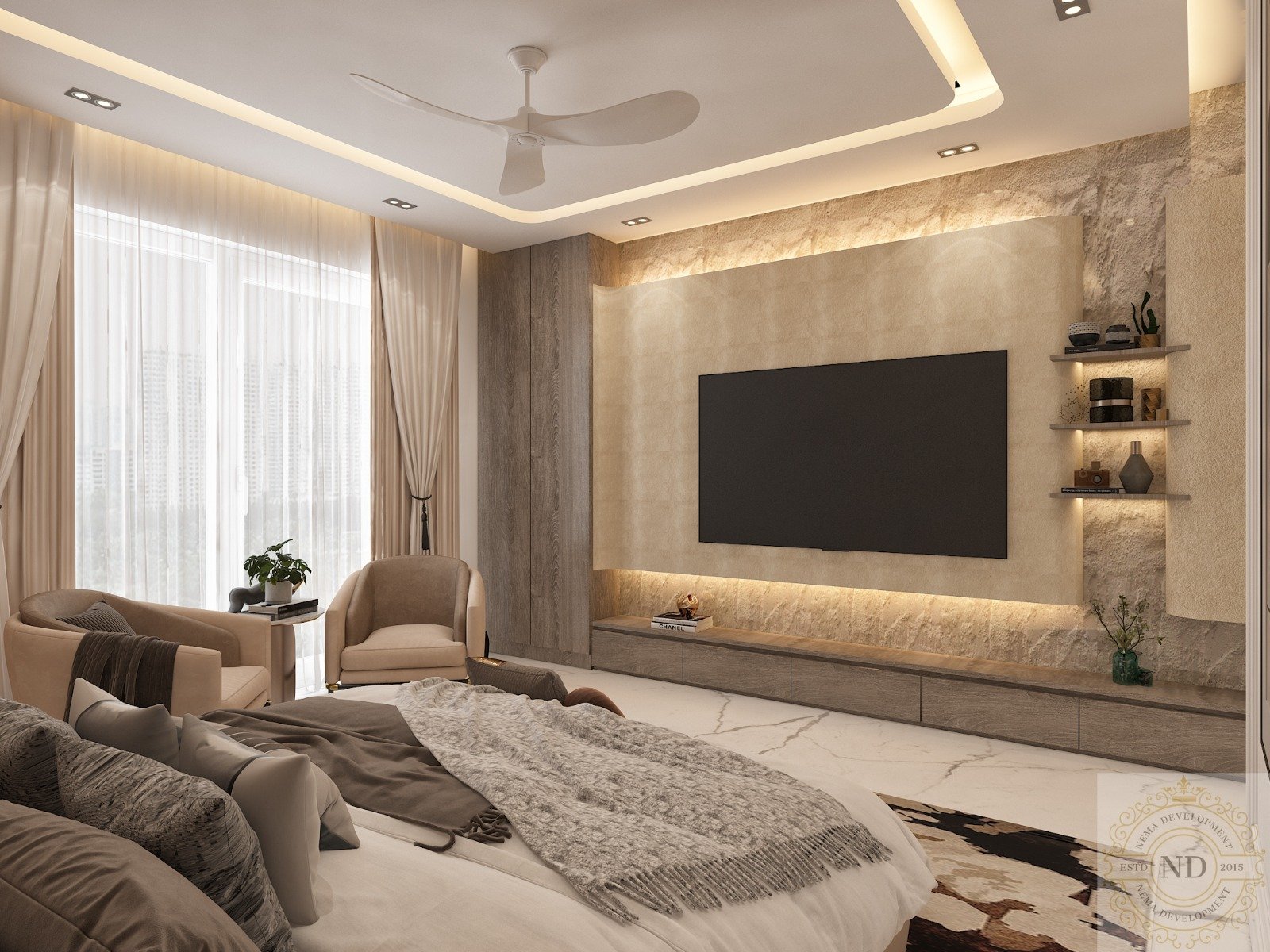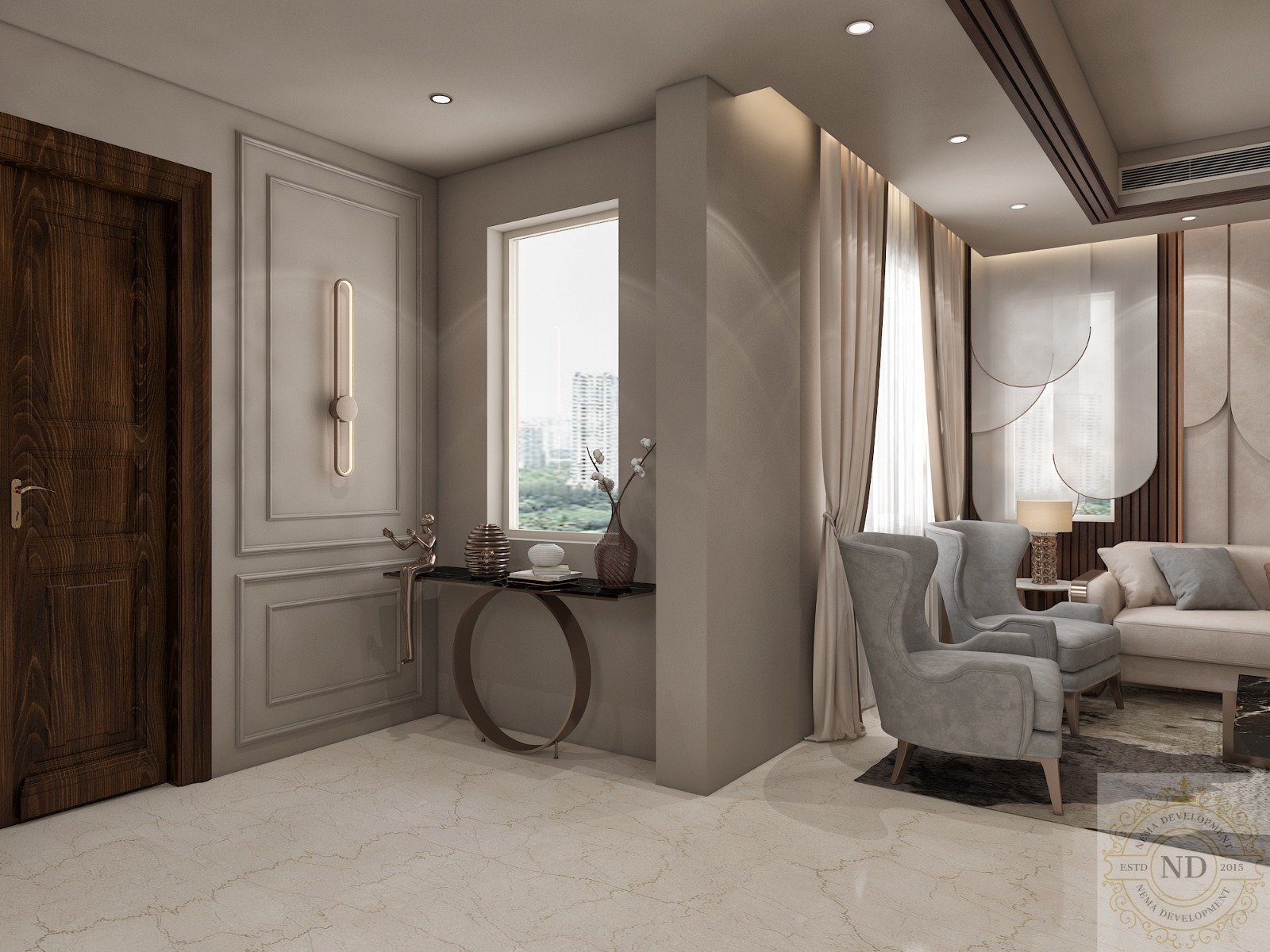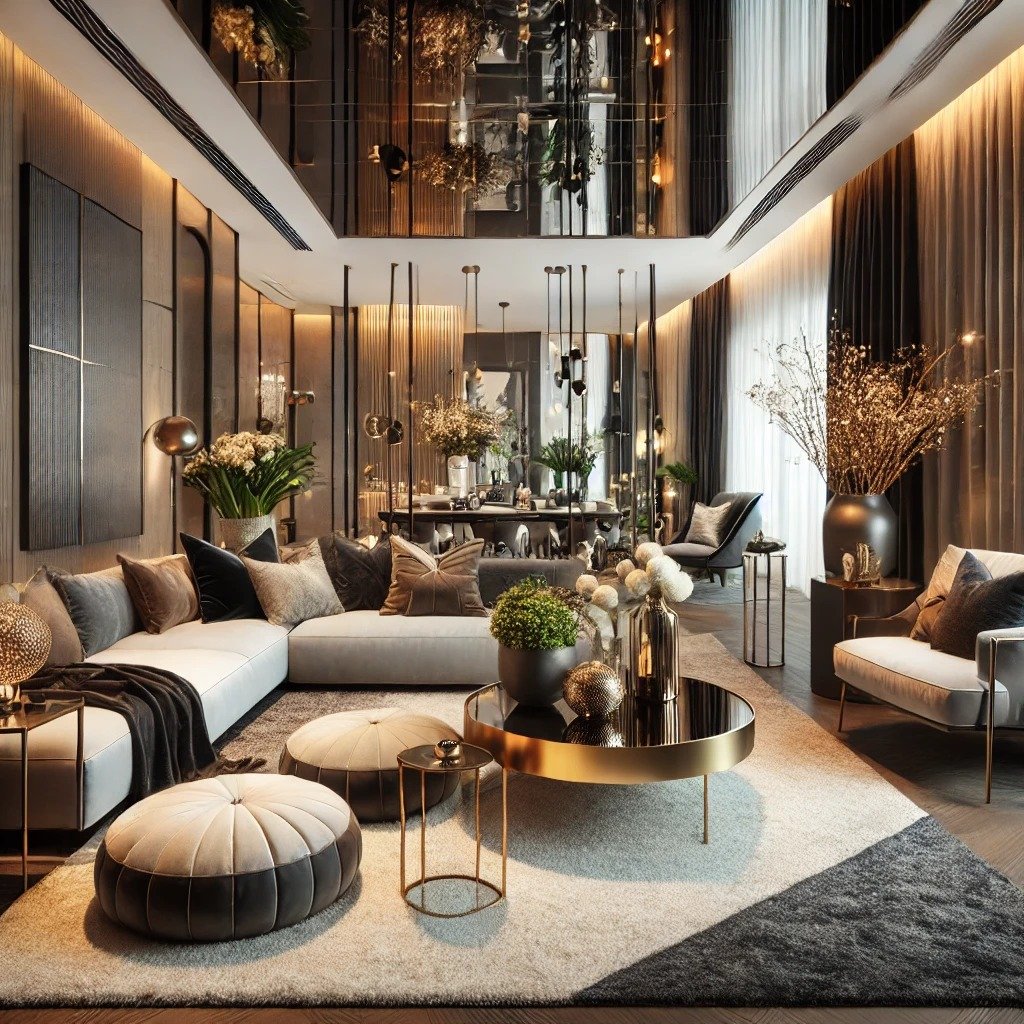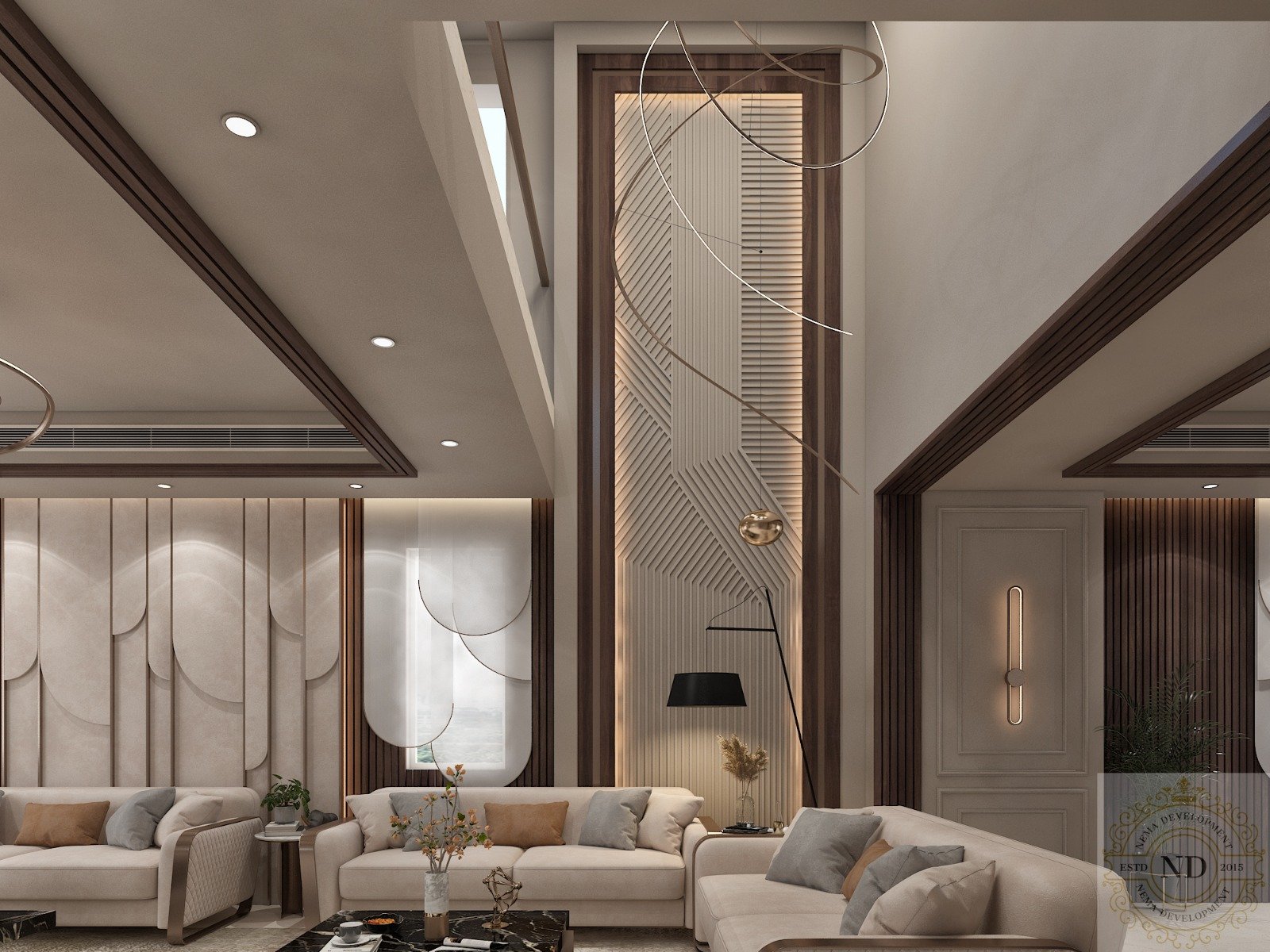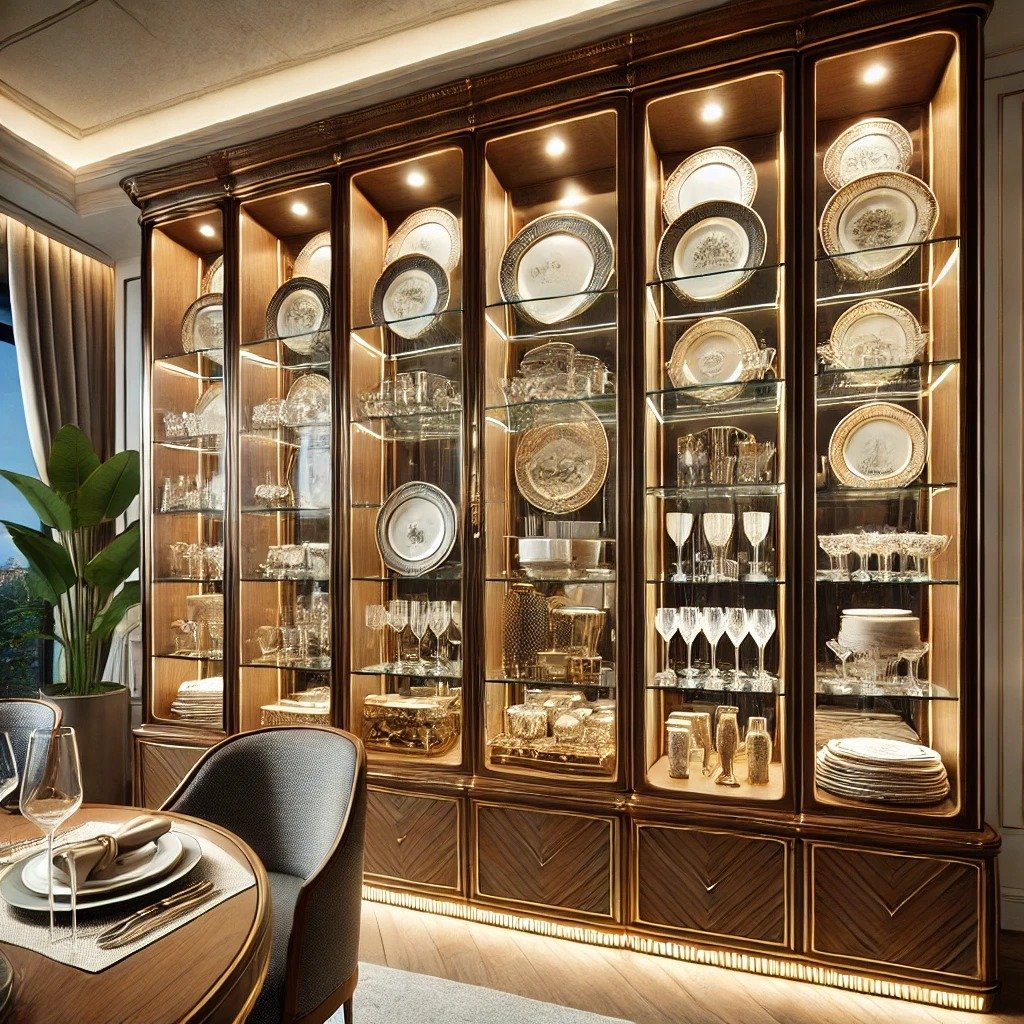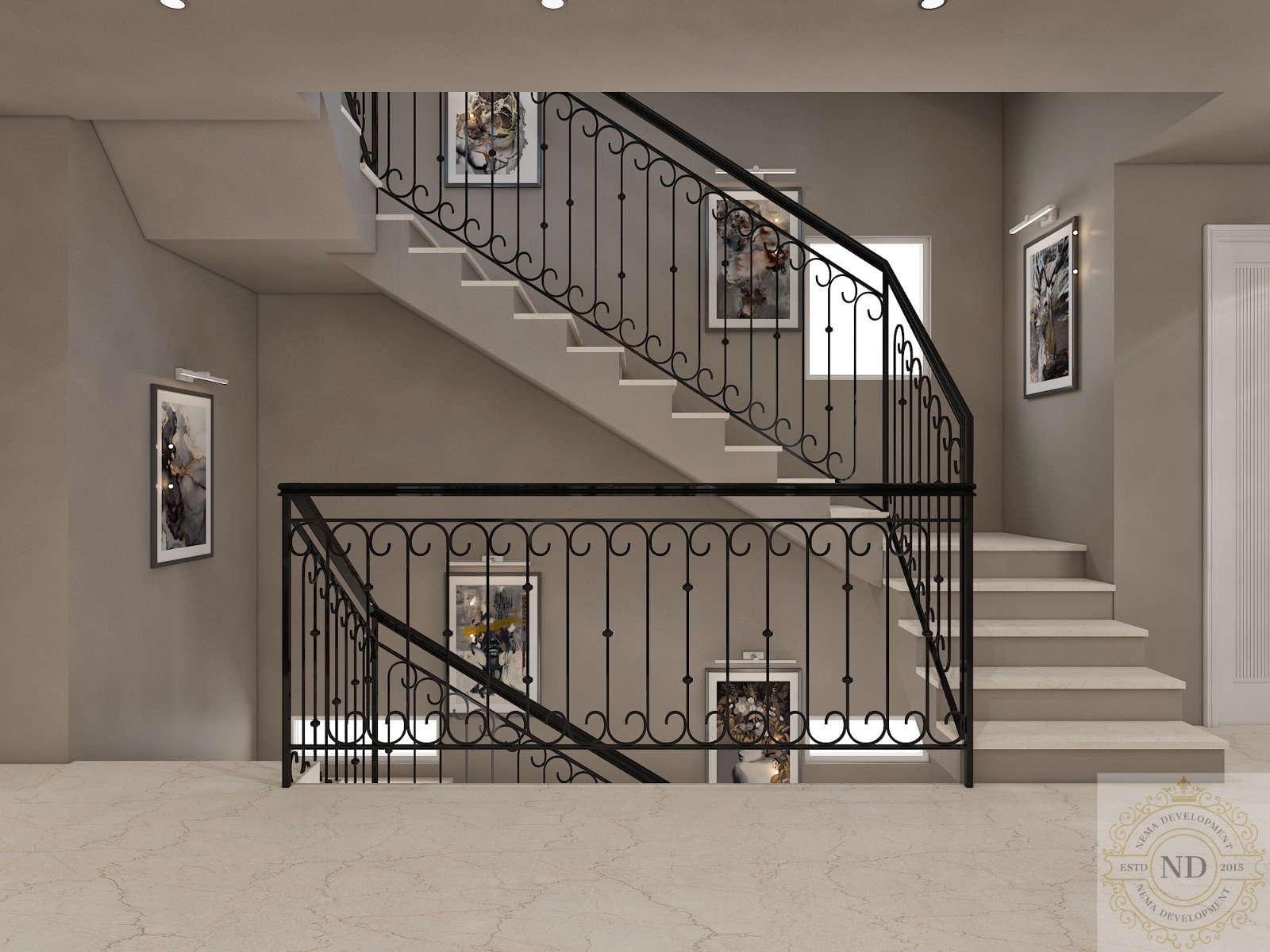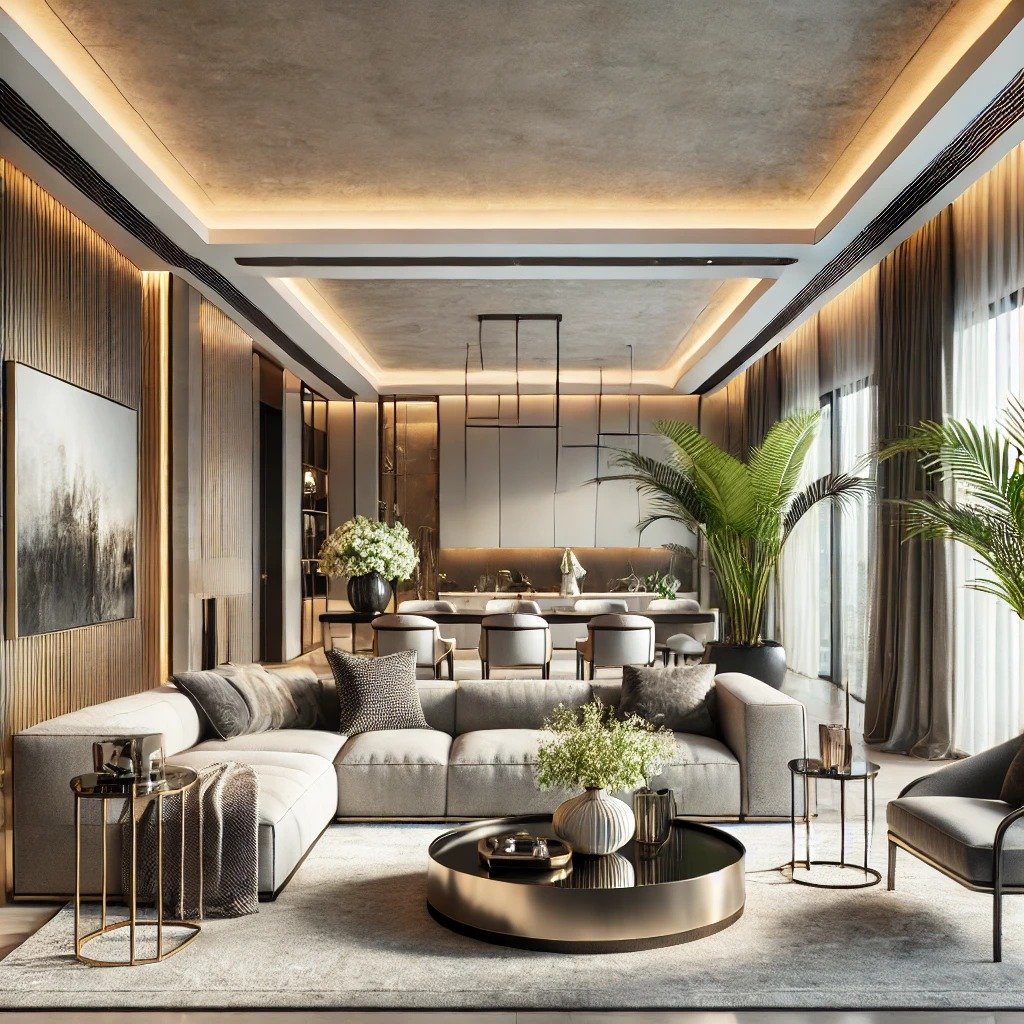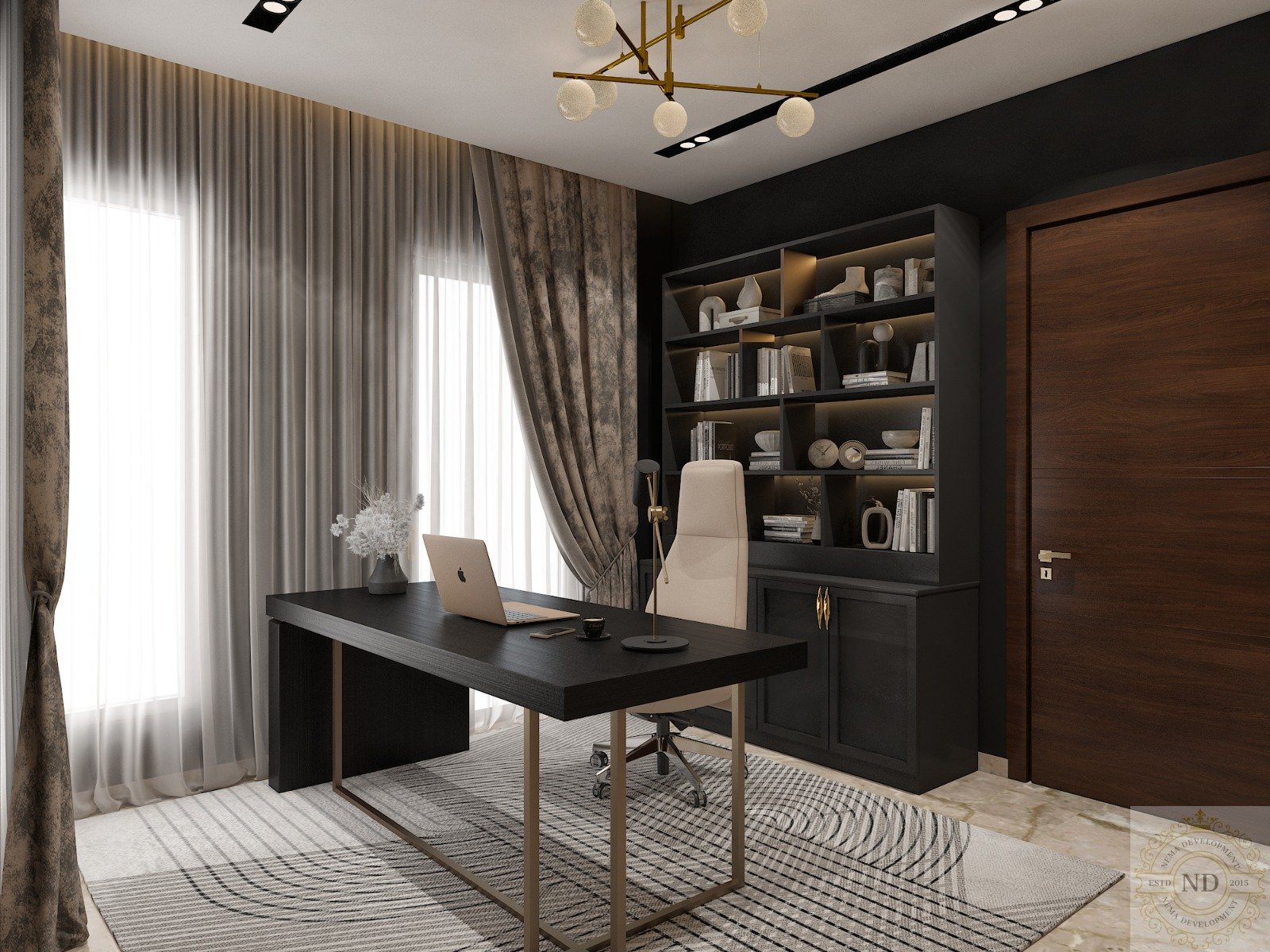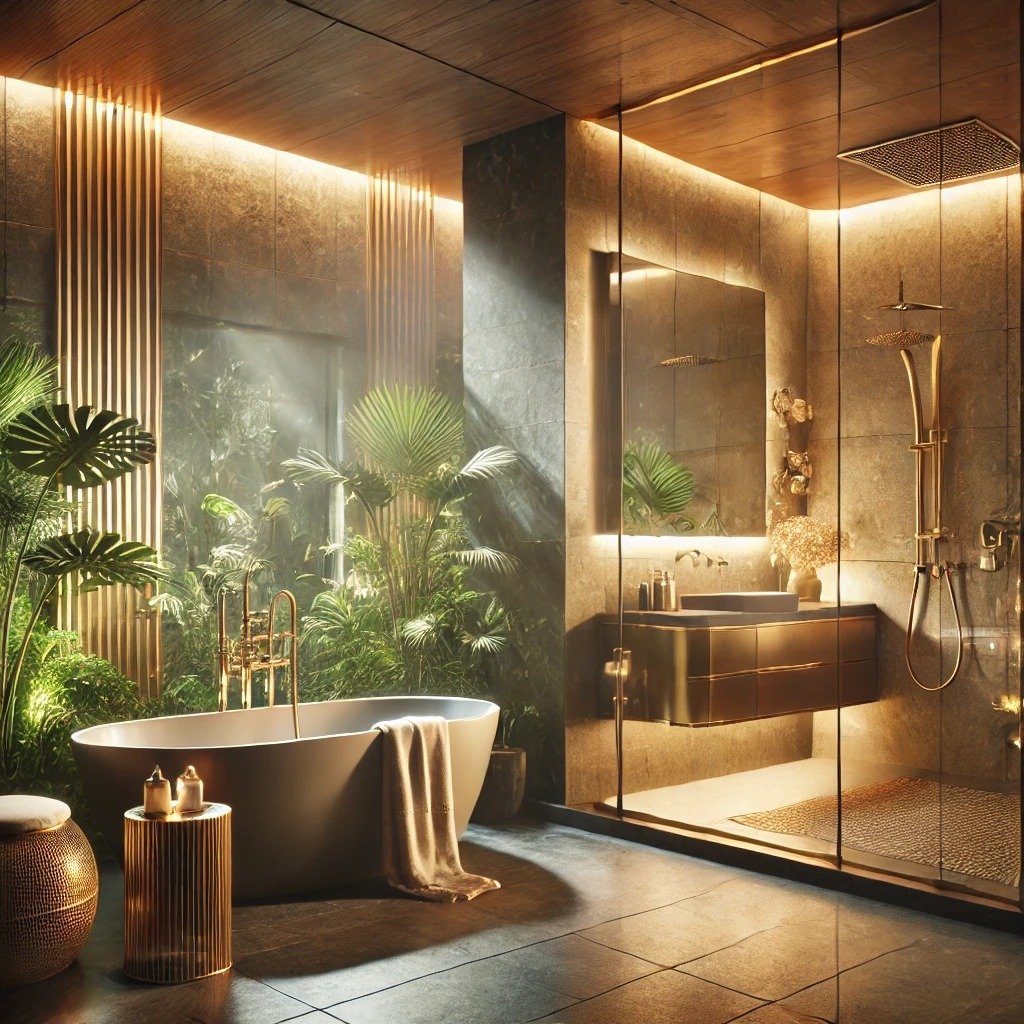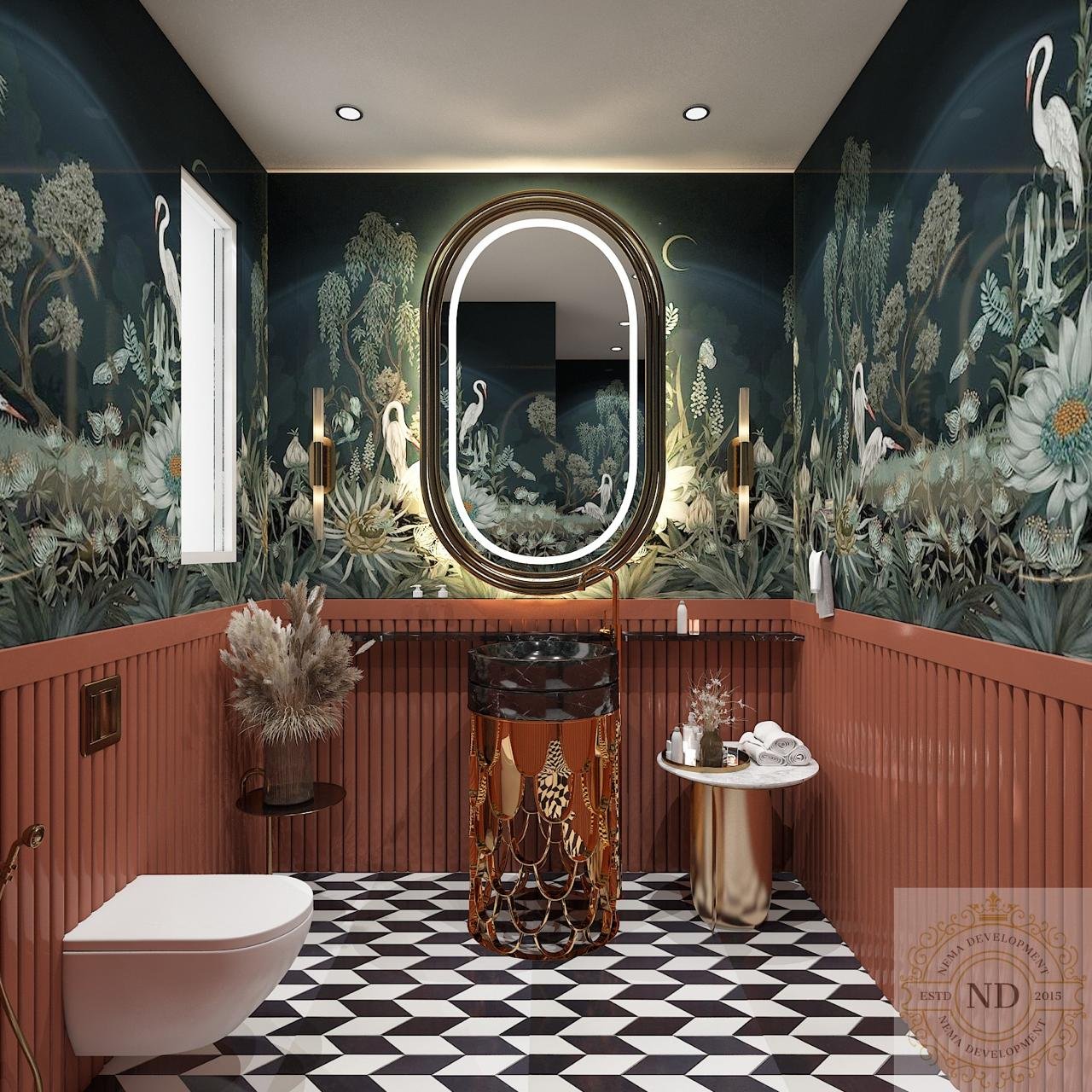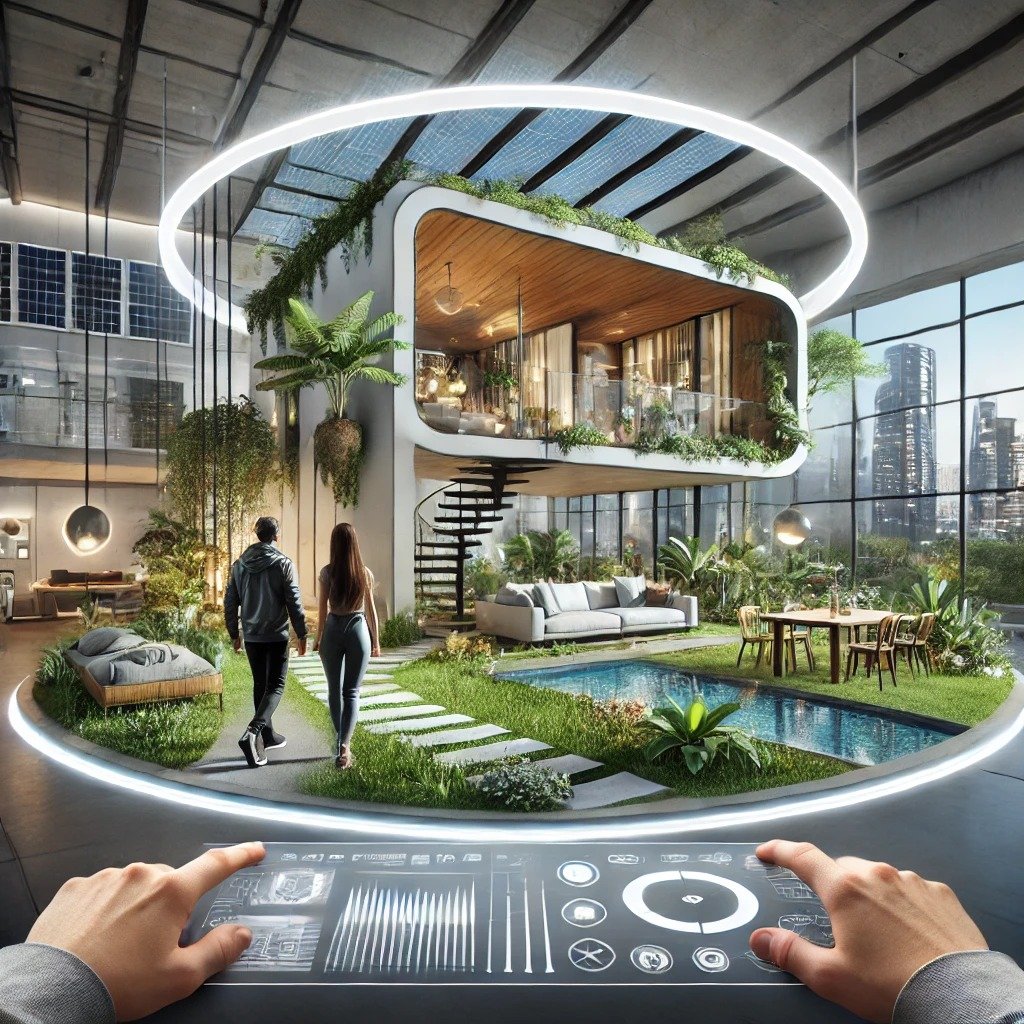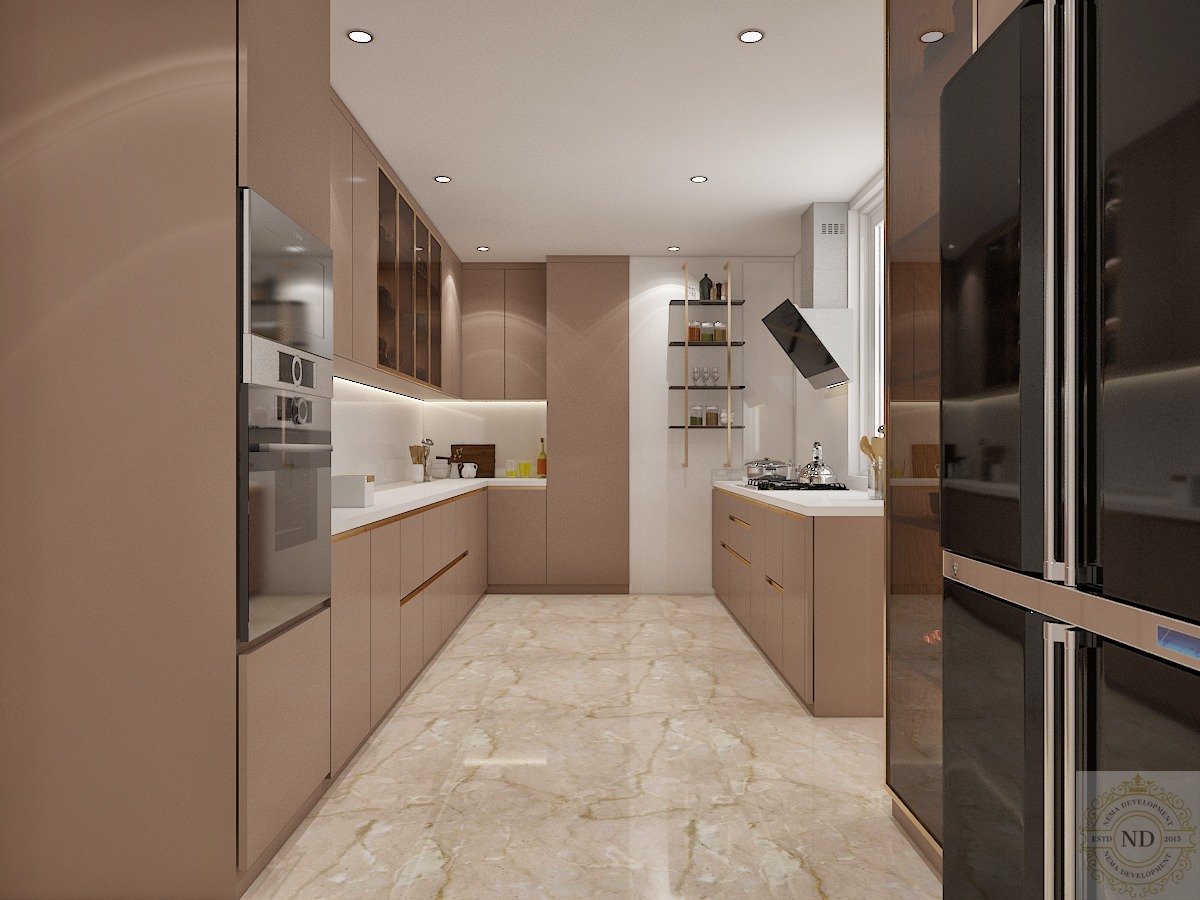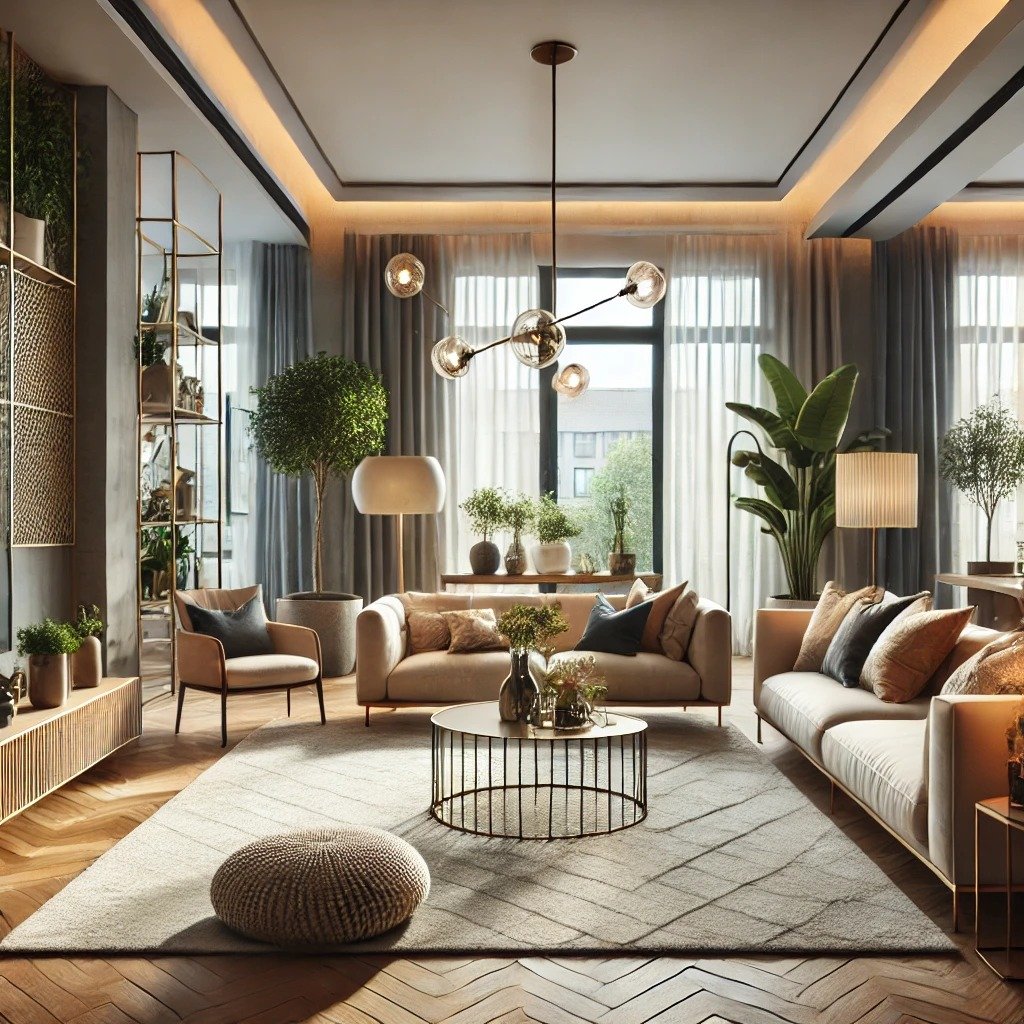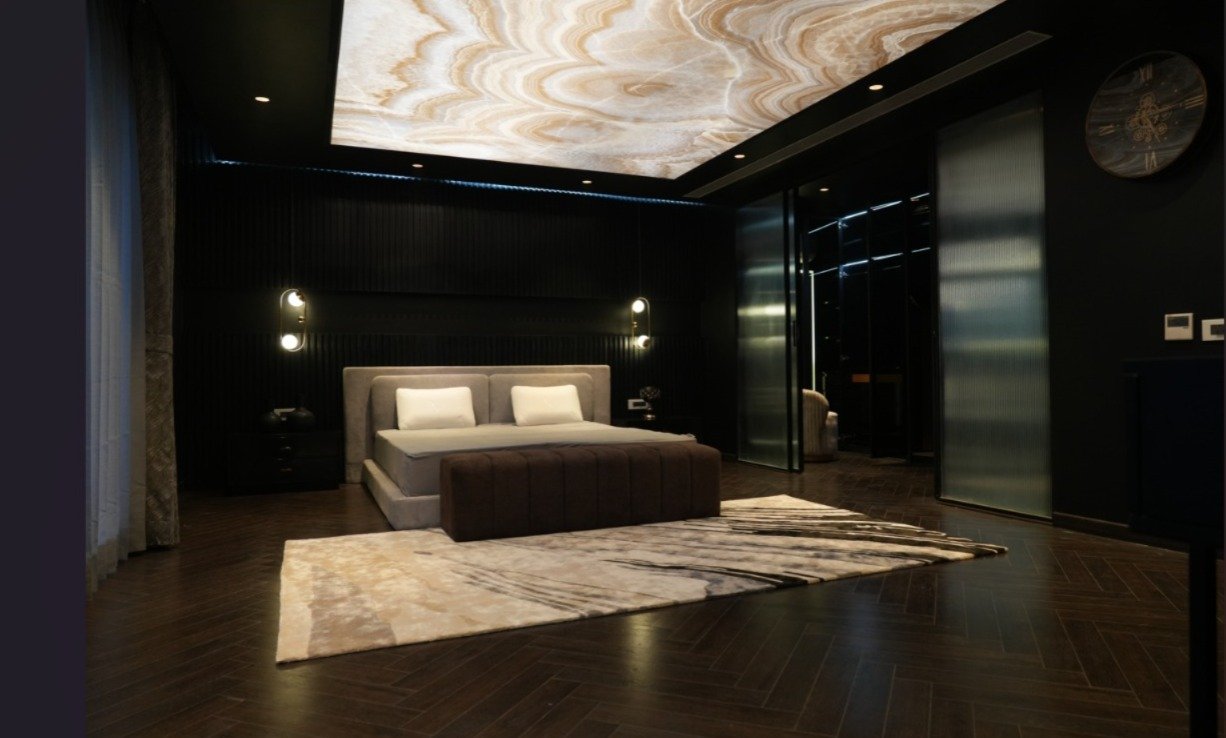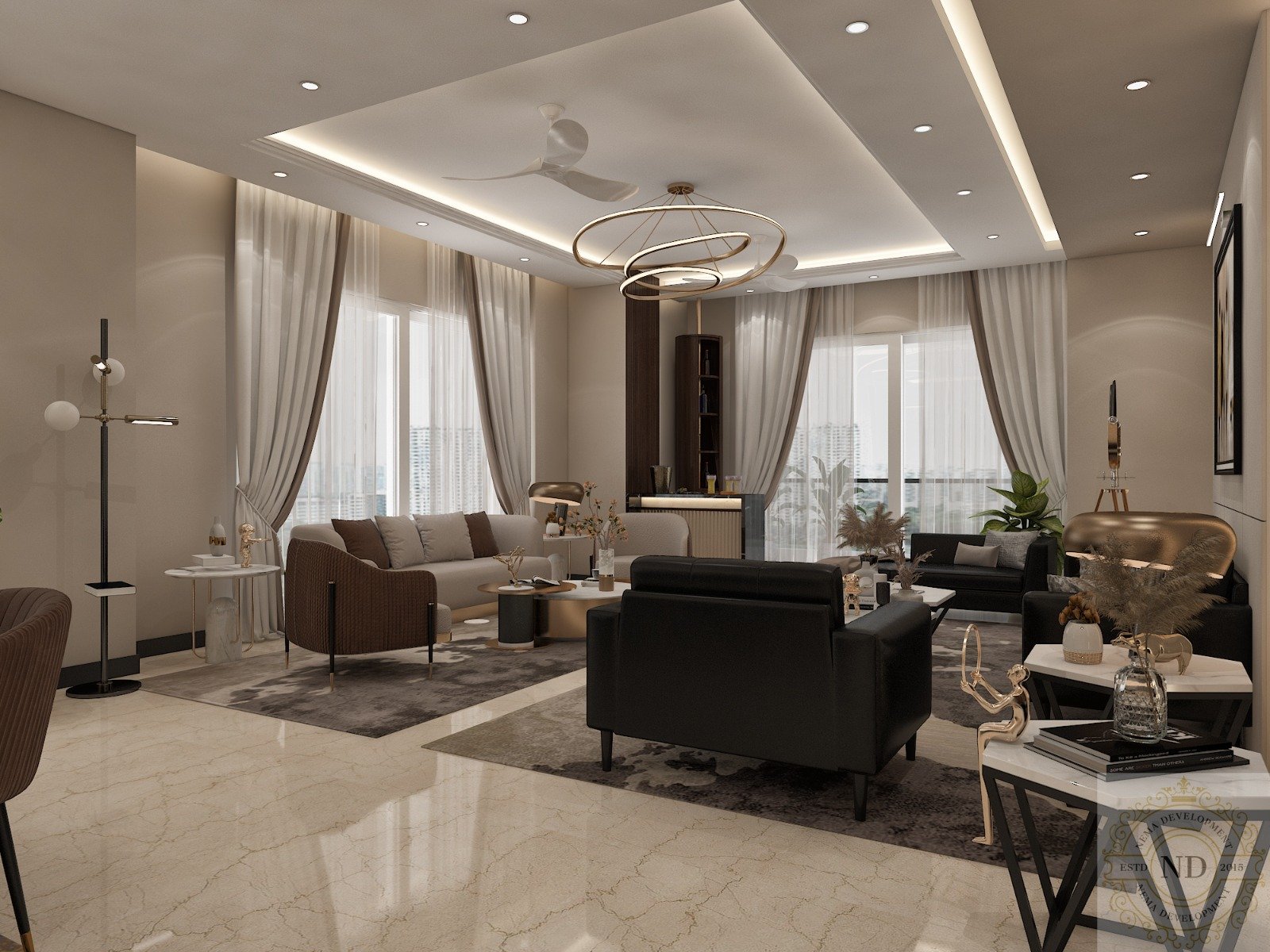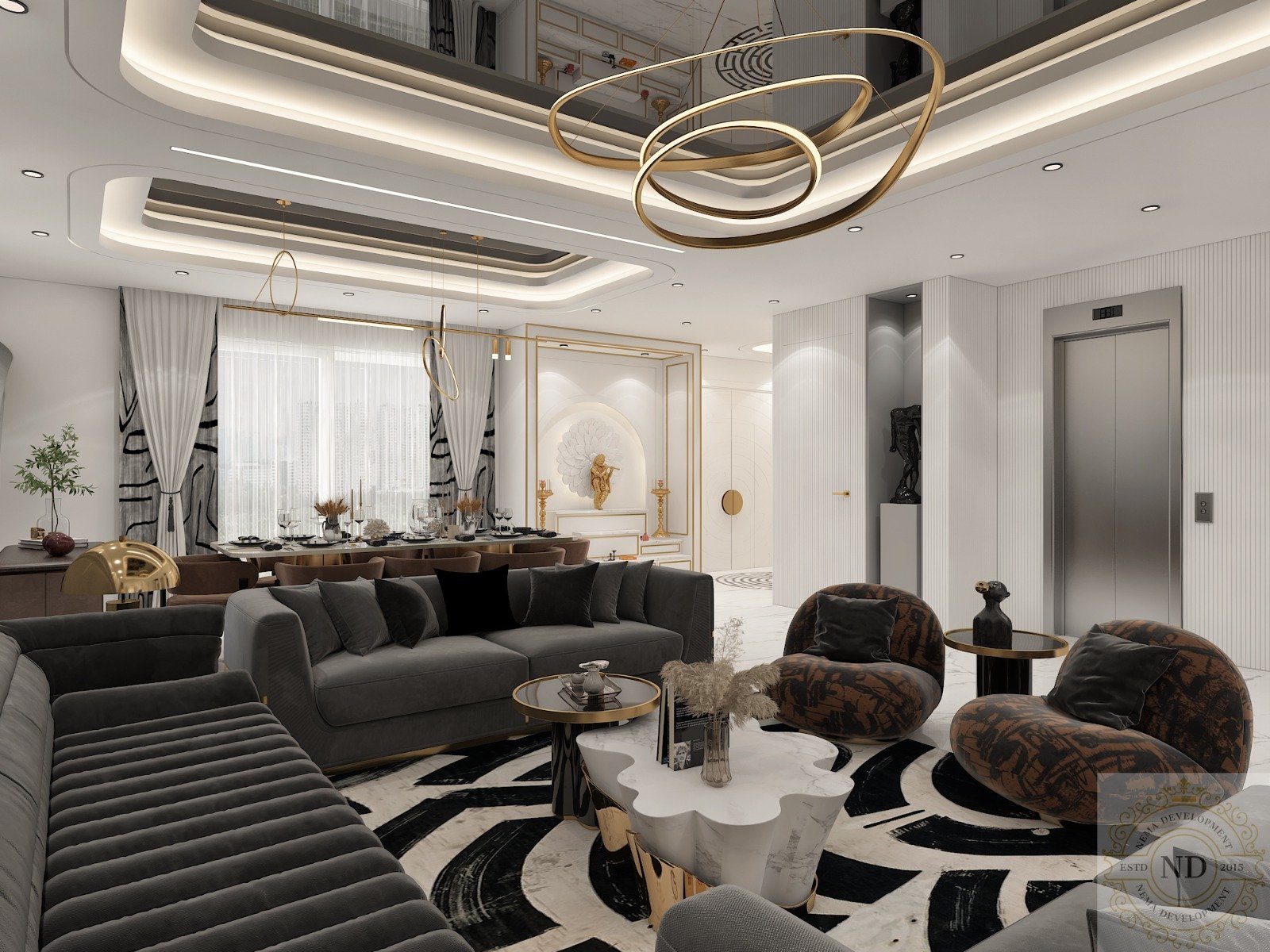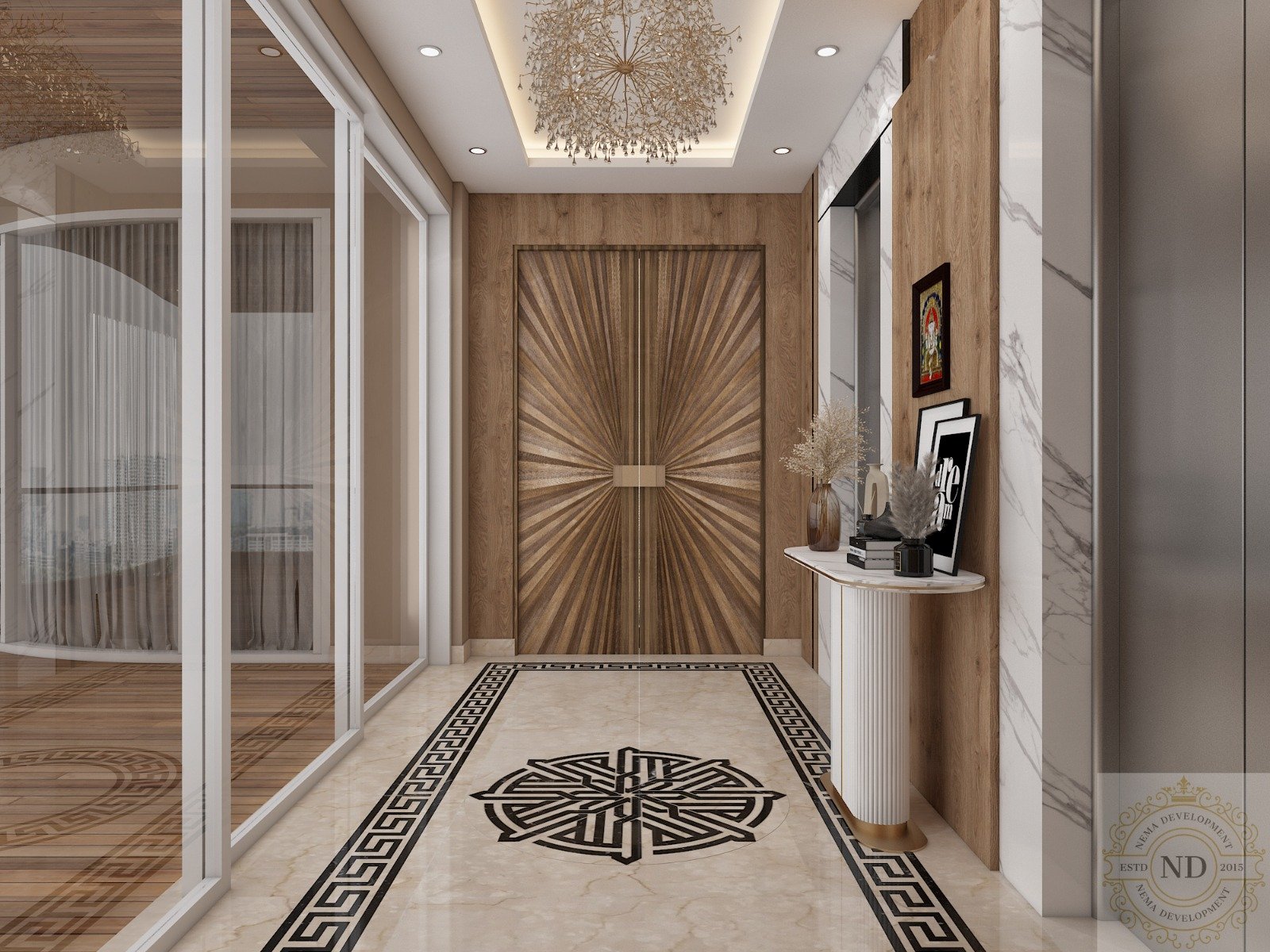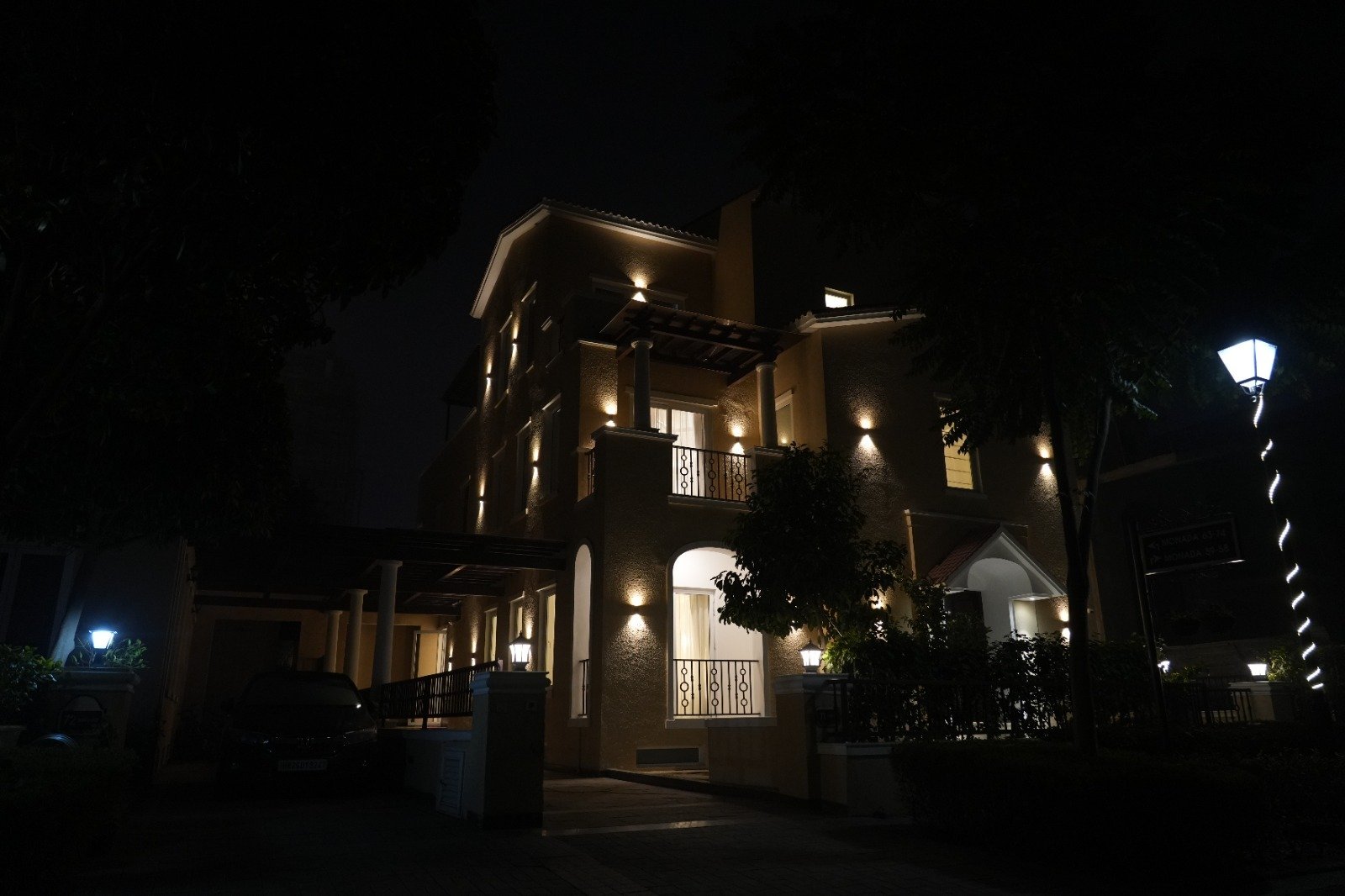A well-designed home is more than just furniture and color—it’s about creating depth, balance, and personality through layering and contrast. Whether you are designing a cozy retreat, a modern minimalist haven, or a bold eclectic space, these principles can elevate your home’s aesthetic while maintaining functionality.
At Nema Development, we believe that a thoughtfully layered space creates a sense of warmth and sophistication. By using contrasting elements—textures, colors, patterns, and materials—our expert approach to interior design in India helps homeowners achieve harmony in their living spaces. If you're looking for ways to enhance your interiors, here’s how layering and contrast can transform your home.
Understanding Layering in Interior Design
Layering is the art of combining different elements to create depth and richness in a space. This includes furniture, textiles, lighting, decor, and even natural elements like indoor plants and home gardens.
1. Start with a Strong Base
Every well-layered room begins with a solid foundation. This could be the walls, flooring, or primary furniture pieces. Choosing neutral tones or timeless materials allows for greater flexibility when layering decorative elements.
Pro Tip: Opt for a high-quality base such as wooden flooring, marble countertops, or textured wallpaper to set the tone for your space.
2. Incorporate Textiles for Depth
Textiles play a crucial role in adding comfort and warmth to a room. Consider layering different fabrics through rugs, curtains, cushions, and throws.
Ideas for Layering Textiles:
A large, textured area rug with a smaller patterned rug on top.
Sheer curtains layered with heavier drapes.
A mix of velvet, linen, and cotton cushions on a sofa.
3. Layer Lighting for Ambience
Lighting can completely transform a space. A well-layered lighting plan includes ambient, task, and accent lighting to create a balanced atmosphere.
Lighting Tips:
Use pendant lights or chandeliers as statement pieces.
Incorporate floor and table lamps for a cozy ambiance.
Install LED strip lighting under shelves or cabinets for added depth.
4. Blend Materials for a Sophisticated Look
Mixing different materials—wood, metal, glass, and stone—adds contrast and visual interest. The key is to find a balance so that no single material overpowers the space.
Material Combinations That Work:
A sleek marble dining table with wooden chairs.
A glass coffee table paired with a leather sofa.
Matte black fixtures against warm wooden cabinetry.
Mastering Contrast in Interior Design
Contrast in interior design is all about creating visual interest by combining elements that stand apart yet complement each other.
1. Contrast Through Colors
One of the most effective ways to introduce contrast is through color. Pairing dark with light shades creates a dynamic and modern feel.
Color Contrast Ideas:
White walls with deep navy or emerald green furniture.
A black kitchen island against white cabinetry.
Bold accent walls in rich jewel tones paired with neutral furniture.
2. Play with Patterns and Textures
Mixing patterns and textures adds depth and personality to a room. Stripes, florals, geometrics, and organic motifs can coexist when used thoughtfully.
Pattern Pairing Tips:
A geometric rug with floral upholstery.
Herringbone wood flooring with modern minimalist decor.
Layering metallic accents with soft, plush fabrics.
3. Mix Traditional and Modern Elements
Contrast isn’t just about colors and textures—it’s also about blending different design styles.
Modern & Traditional Fusion Ideas:
Antique furniture in a contemporary home.
A sleek modern kitchen with rustic wooden beams.
A vintage chandelier in an ultra-modern living room.
4. Incorporate Nature for Balance
Bringing in outdoor plants and home gardens adds an organic contrast to sleek, structured interiors. Greenery softens sharp lines and introduces a refreshing element to any space.
Best Plants for Layering in Interiors:
Indoor Plants: Fiddle Leaf Fig, Monstera, Pothos.
Outdoor Plants: Ferns, Bougainvillea, Bamboo.
Home Gardens: Vertical gardens, potted herb stations, or indoor Zen gardens.
Bringing Layering and Contrast Together
While layering adds warmth and coziness, contrast ensures that no element feels too repetitive or monotonous. The perfect balance of both results in a well-curated space that feels inviting and dynamic.
Final Touches:
Add mirrors to reflect light and create the illusion of space.
Use sculptural or asymmetrical furniture to introduce an unexpected element.
Blend matte and glossy finishes for a tactile contrast.
At Nema India, we specialize in interior design in Gurgaon and across India, bringing expert layering and contrast techniques into residential spaces. Whether you're looking to refresh a single room or embark on a full home transformation, our team ensures a refined and sophisticated approach to interior styling.
Conclusion
Layering and contrast are essential elements in interior design, transforming ordinary spaces into extraordinary ones. From textiles and lighting to patterns and materials, these design principles create depth, balance, and a timeless aesthetic.
At Nema Development, we blend creativity with functionality to craft bespoke interiors that reflect your personality and lifestyle. Whether you’re drawn to modern minimalism, bold maximalism, or a timeless traditional approach, mastering the art of layering and contrast can elevate your home to new heights.
Are you ready to bring richness and sophistication to your interiors? Contact Nema India today and let our residential interior designers curate a home that’s layered, vibrant, and uniquely yours!








